John Kormendy: Birding Colombia (February 27 - March 14, 2024)
These pictures are from a Victor Emanuel Nature Tours birding trip to Colombia. We visited a wide range of habitats from paramo at almost 12,000 feet altitude to the hot and humid tropics near sea level. The tour was strenuous for me but good exercise. The guides were superb. Steven Hilty literally "wrote the book"on the birds of Colombia. Alejandro Nagy was an unparalleled factotum, helpful with everything from finding difficult birds to tuning trip infrastructure to suit individual birders' needs. The 5 other participants were the best birding companions that I have had the good fortune to meet on any tour. It would be a pleasure to bird with you again.
Birding was not always easy. Some sites were hard to reach, and the unusually dry weather, while personally convenient, was not ideal for birds. I have birded all surrounding countries excepting Venezuela, so there was lots of overlap with birds that I have seen elsewhere. Partly as a result, I got only 40 new birds, 32 of which are illustrated here. Many birds were superb, and the trip was excellent. I took 2755 pictures, of which 2054 survived real-time culling. This site is now essentially finished, although a few more pictures may be added.
This web site is organized chronologically, not by taxonomy. Days are numbered only if we birded, so they are +1 bigger than "Day numbers" in the VENT itinerary. Pictures are copyrighted and should not be used without permission. Fellow trip birders are warmly welcome to all pictures for their personal use.
Trip Birds
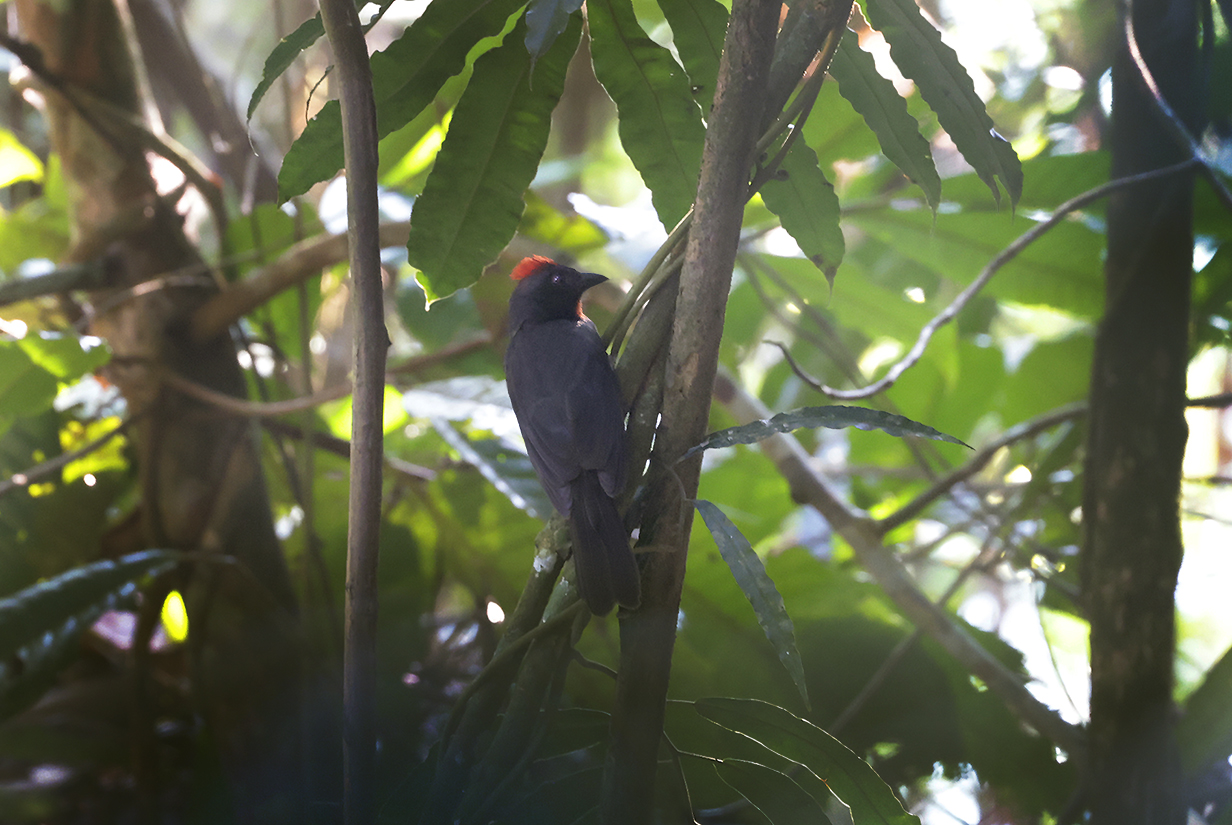
Sooty ant-tanager (This is my life bird, seen very briefly and with difficulty on the last day of birding, March 10, 2024. I love all the "ant-related" birds, so I especially value this sighting.)

Striolated manakin (simply adorable)
Route Maps

Steve Hilty kindly drew a map for us that sketches our route and marks major towns and cities where we stayed. Many of our birding sites are marked. I am grateful for his permission to post this map.
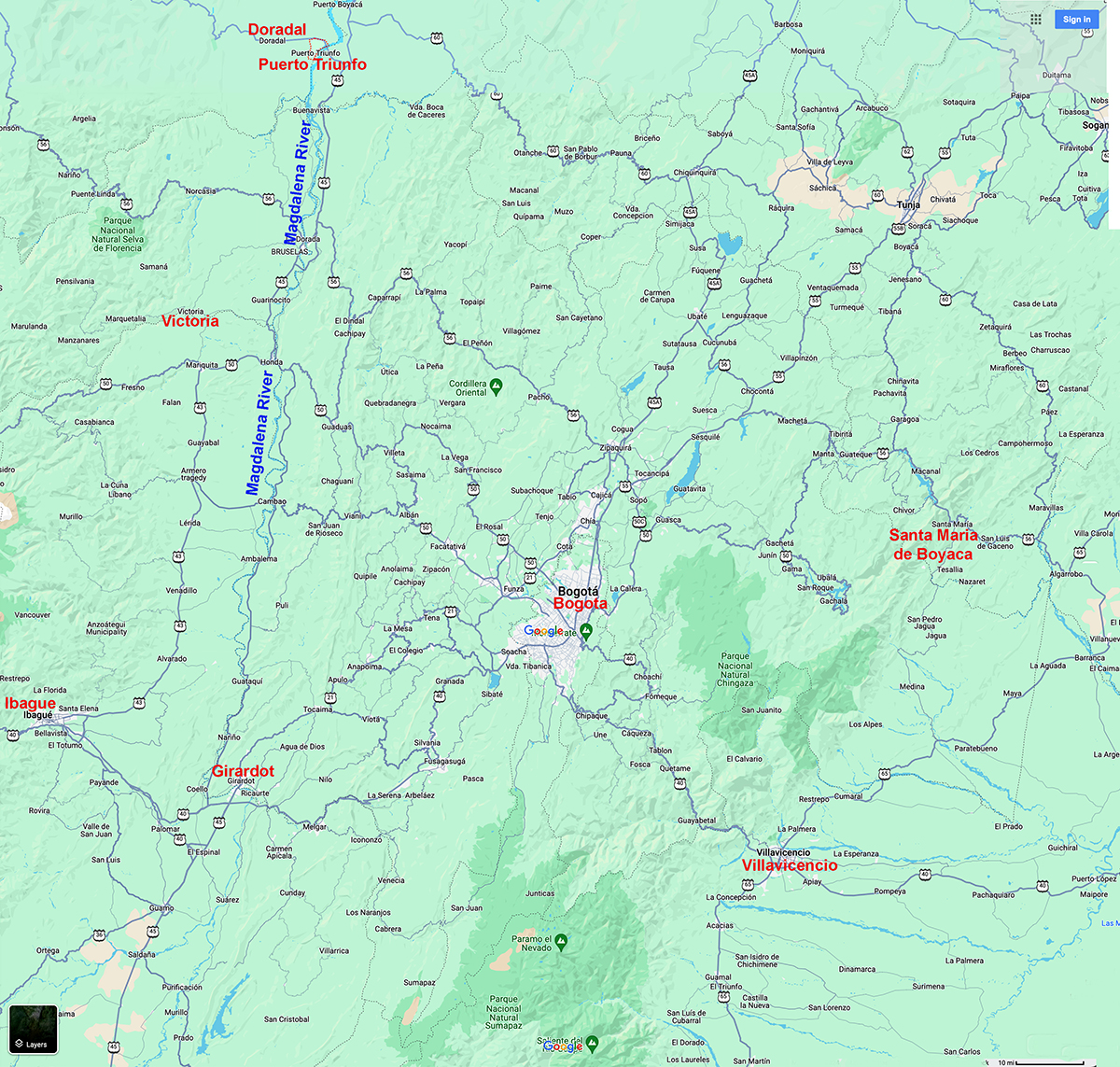
Google maps map of central Colombia with the above cities marked in red
The Birds
Day 1: February 27, 2024 -- AM: Laguna Tabacal, PM: Hummingbird "Enchanted Garden"
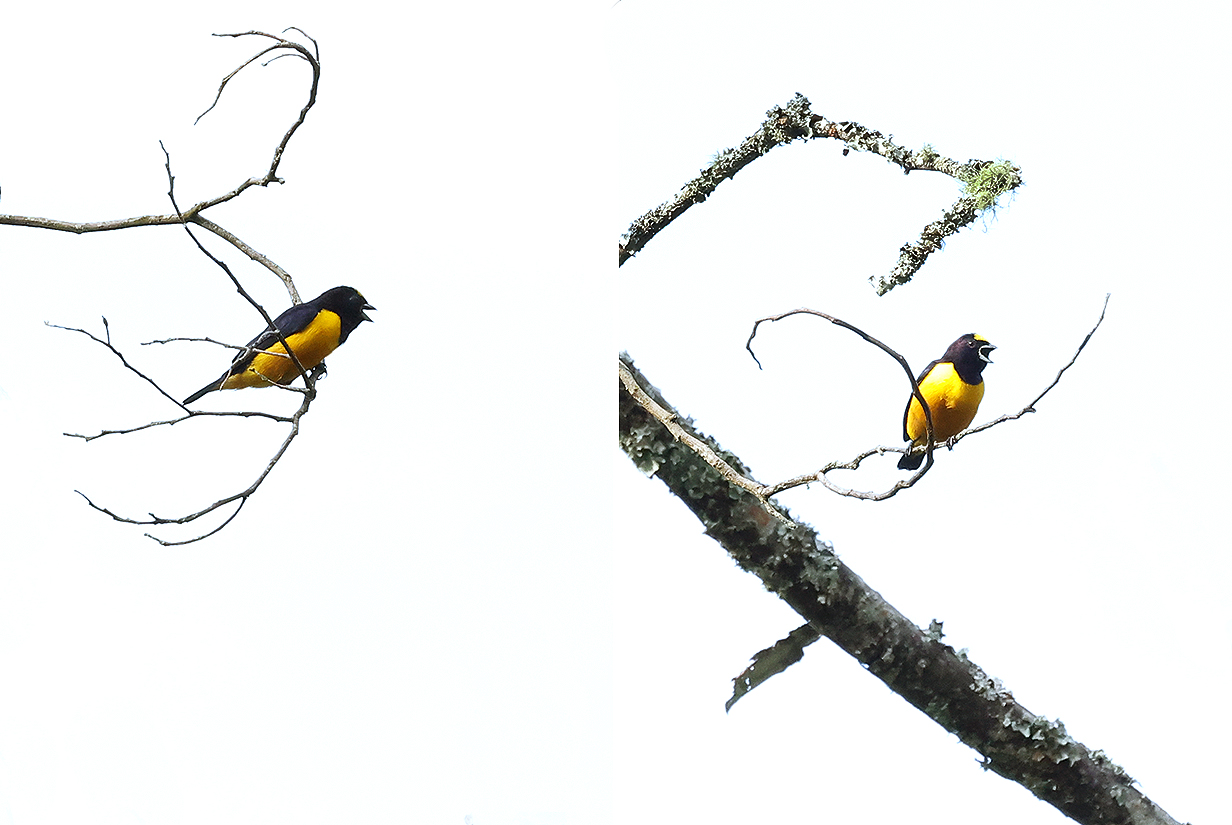
Velvet-fronted euphonia (first life bird of the trip; Colombian endemic; did not come close)
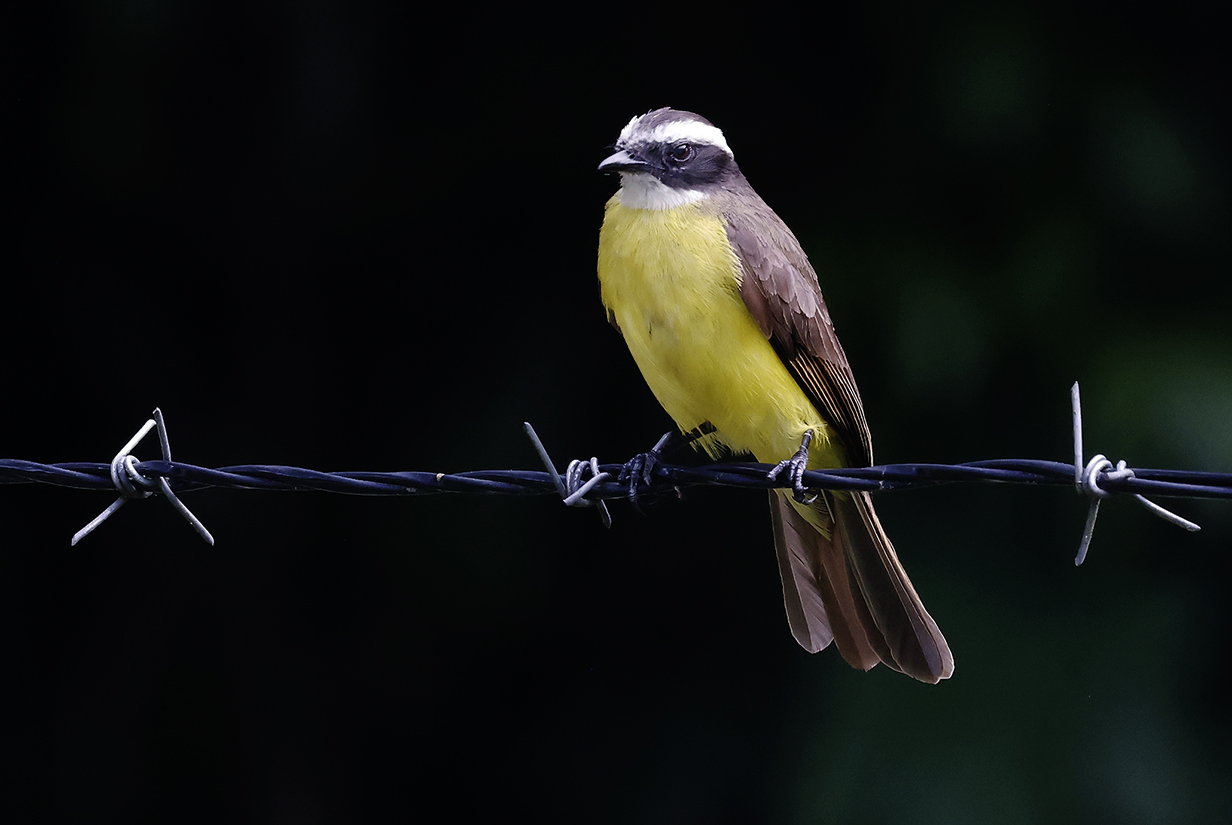
Rusty-margined flycatcher (one of many similar-looking flycatchers ranging in size from Boat-billed flycatcher, Great and Lesser kiskadee, Rusty-margined flycatcher, to the very common Social flycatcher and several others, many of which we say during the trip)
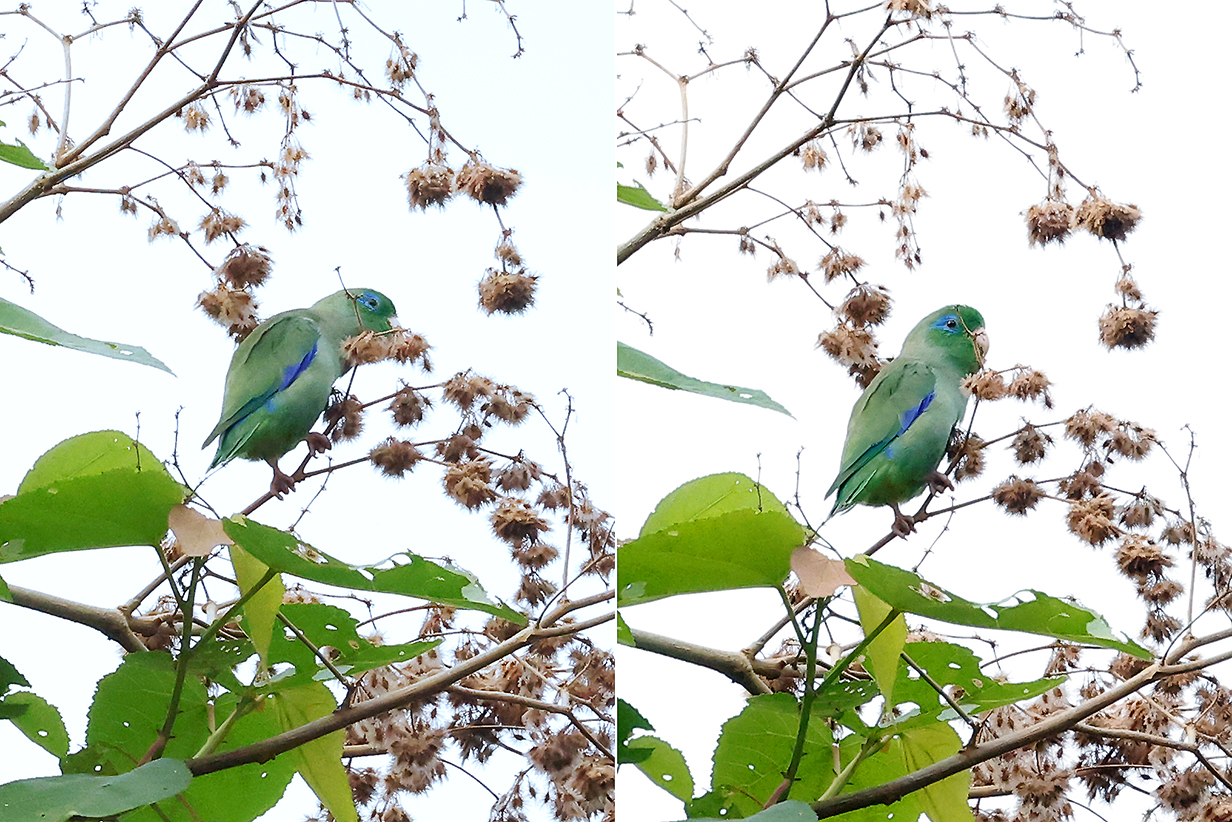
Spectacled parrotlet (This male is my life bird, 2nd of the trip.)
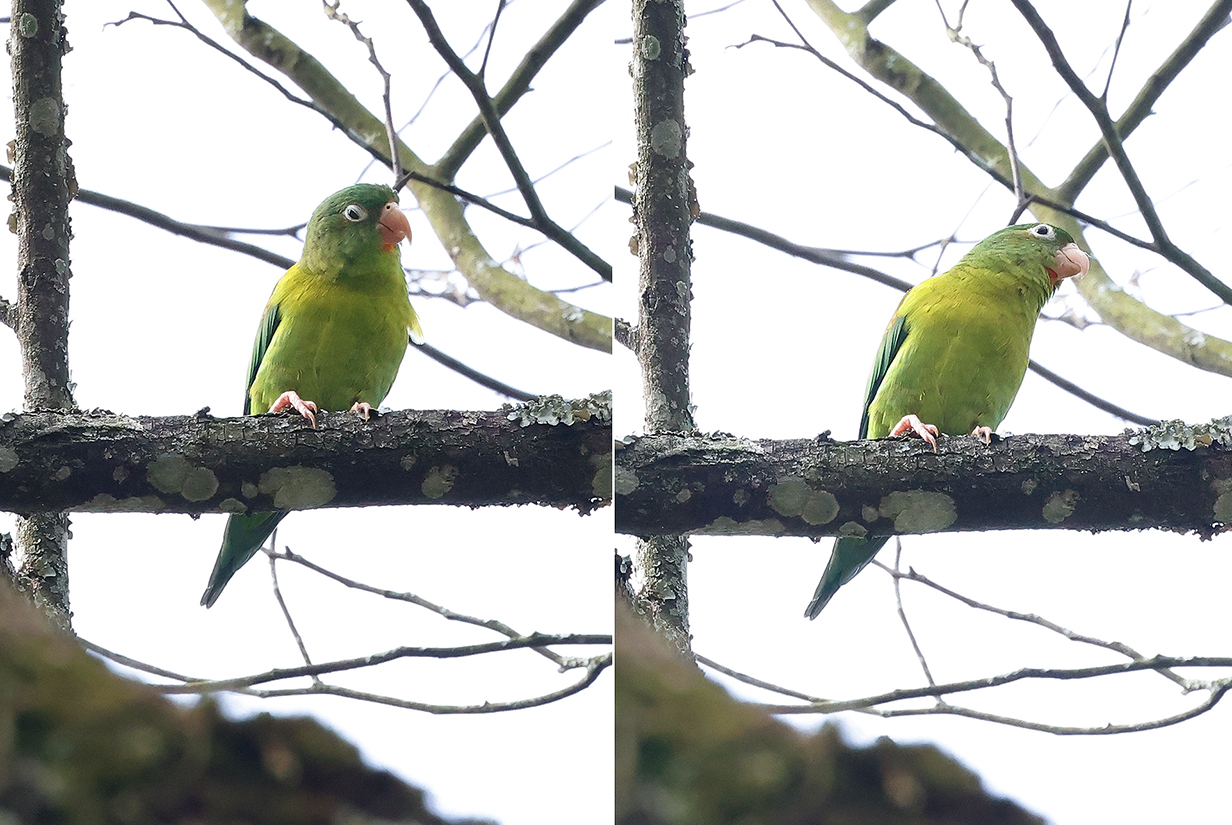
Orange-chinned parakeet
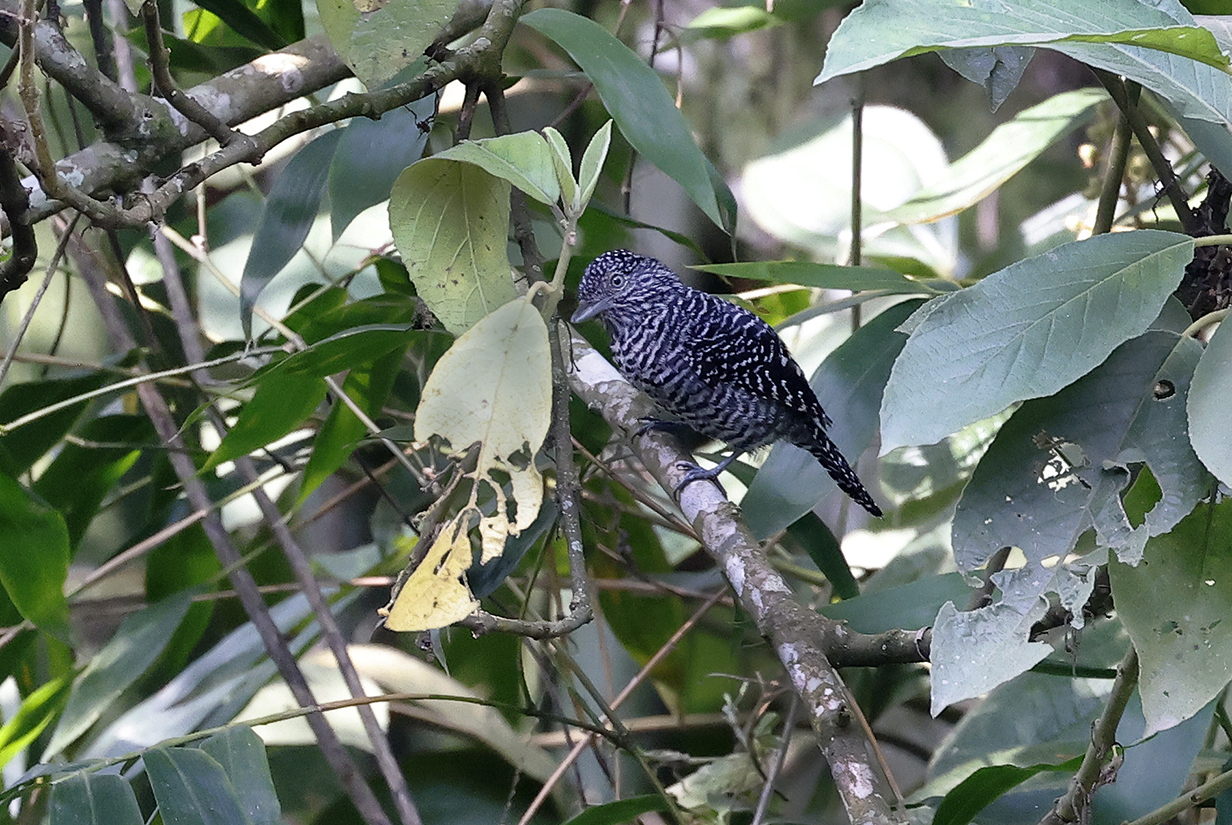
Bar-crested antshrike (This male is one of my favorite life birds of the trip, a Colombian near-endemic.)
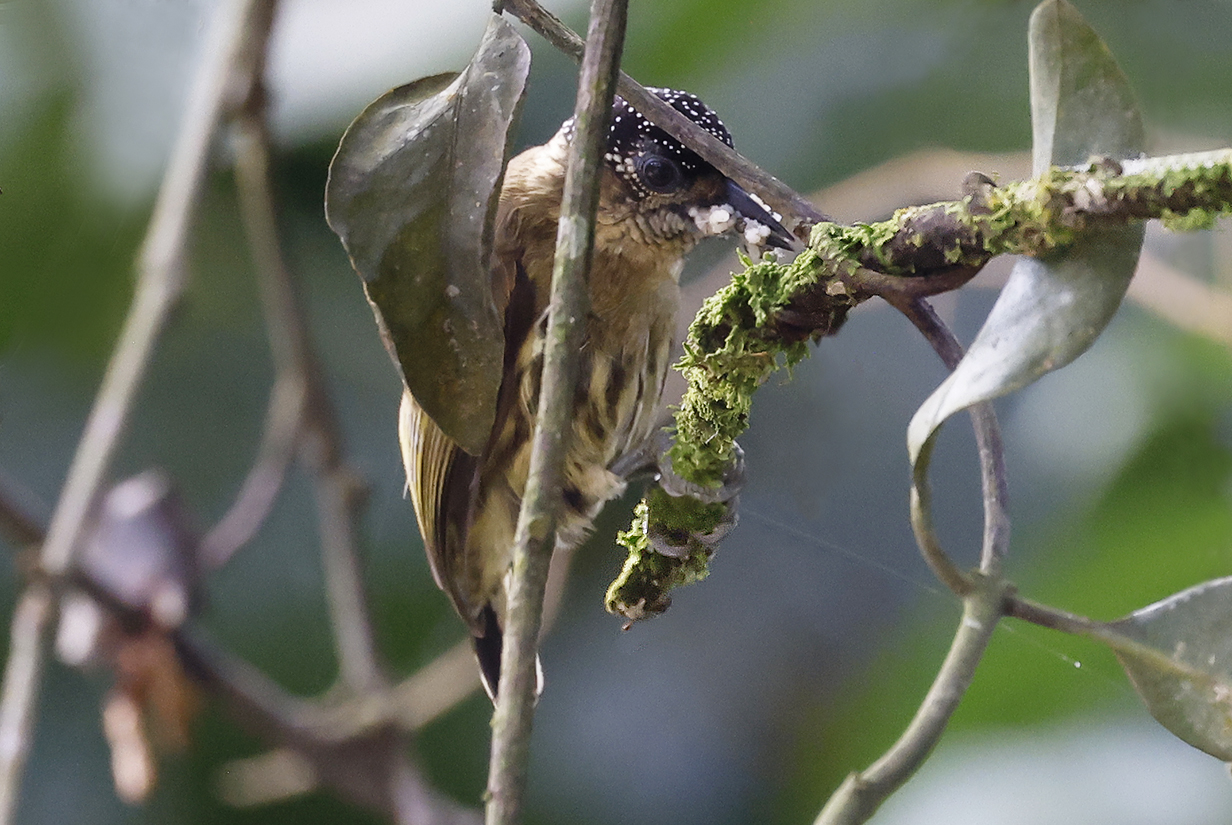
Olivaceous piculet (Bad picture of a great little bird)
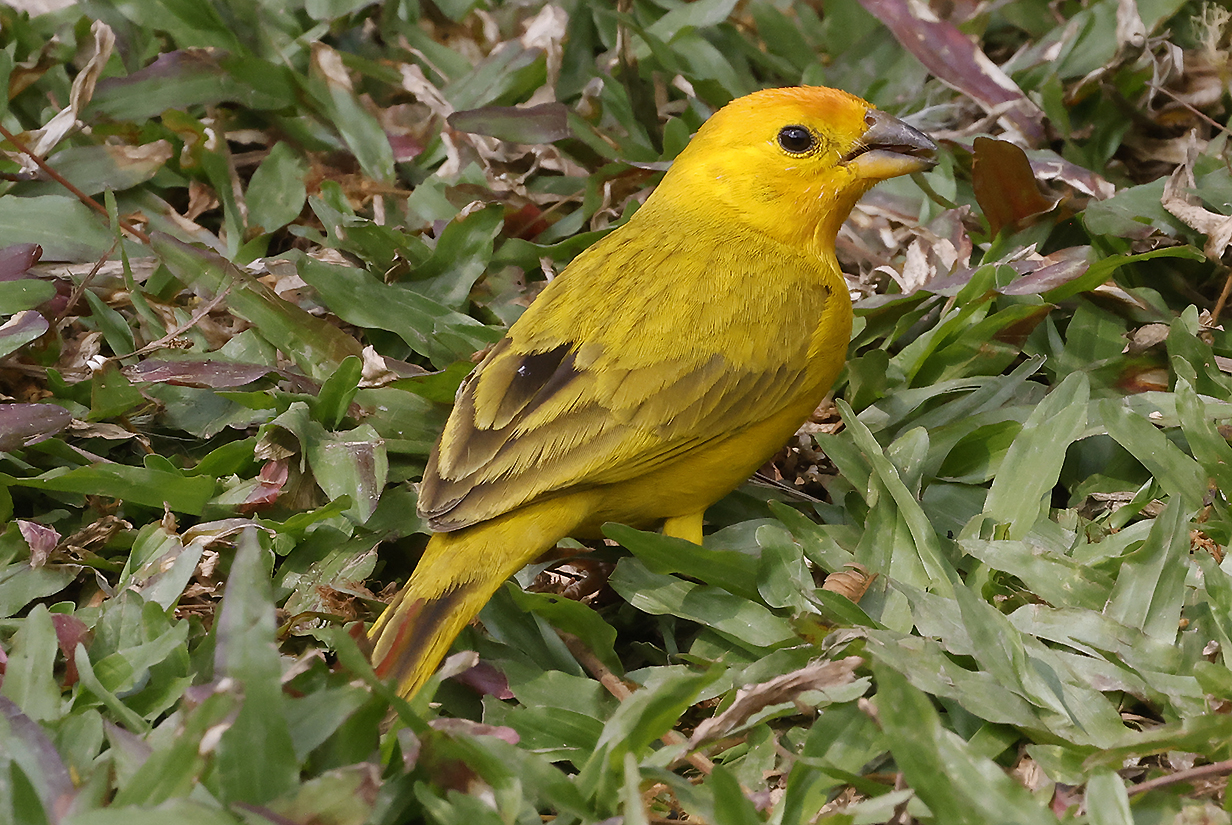
Saffron finch (We got our life bird more than 20 years ago in Hawaii, where it is very well established. But it always feels virtuous to see it where it really belongs.)
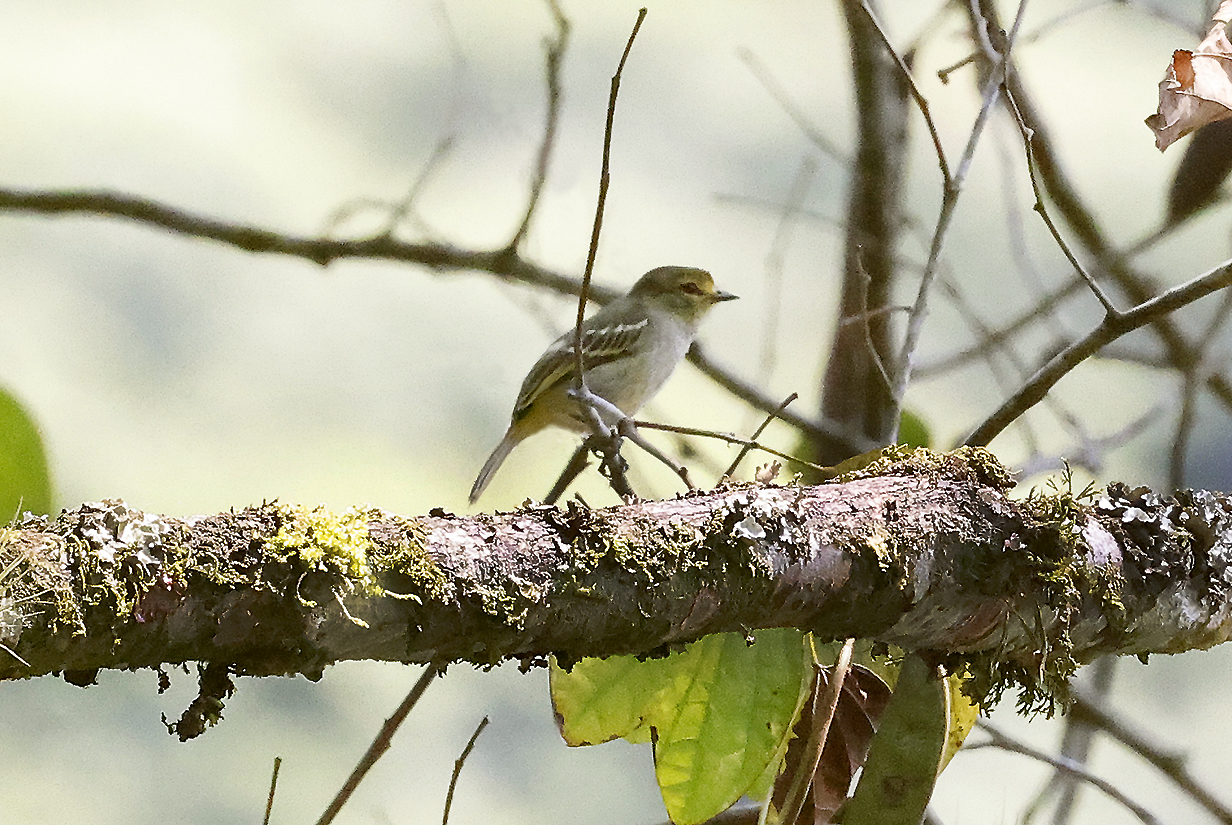
Golden-faced tyrannulet (not especially well-marked bird)
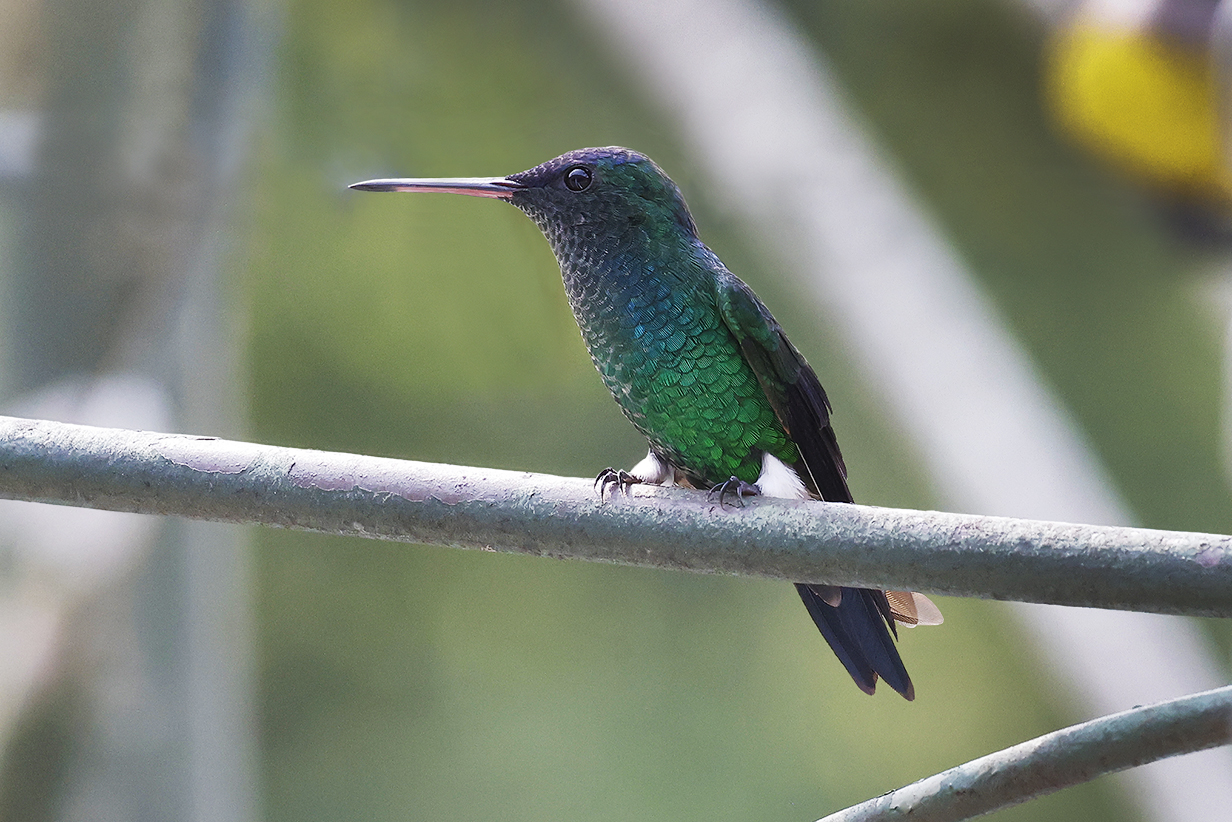
Indigo-capped hummingbird (This is my life bird -- a Colombian endemic.)
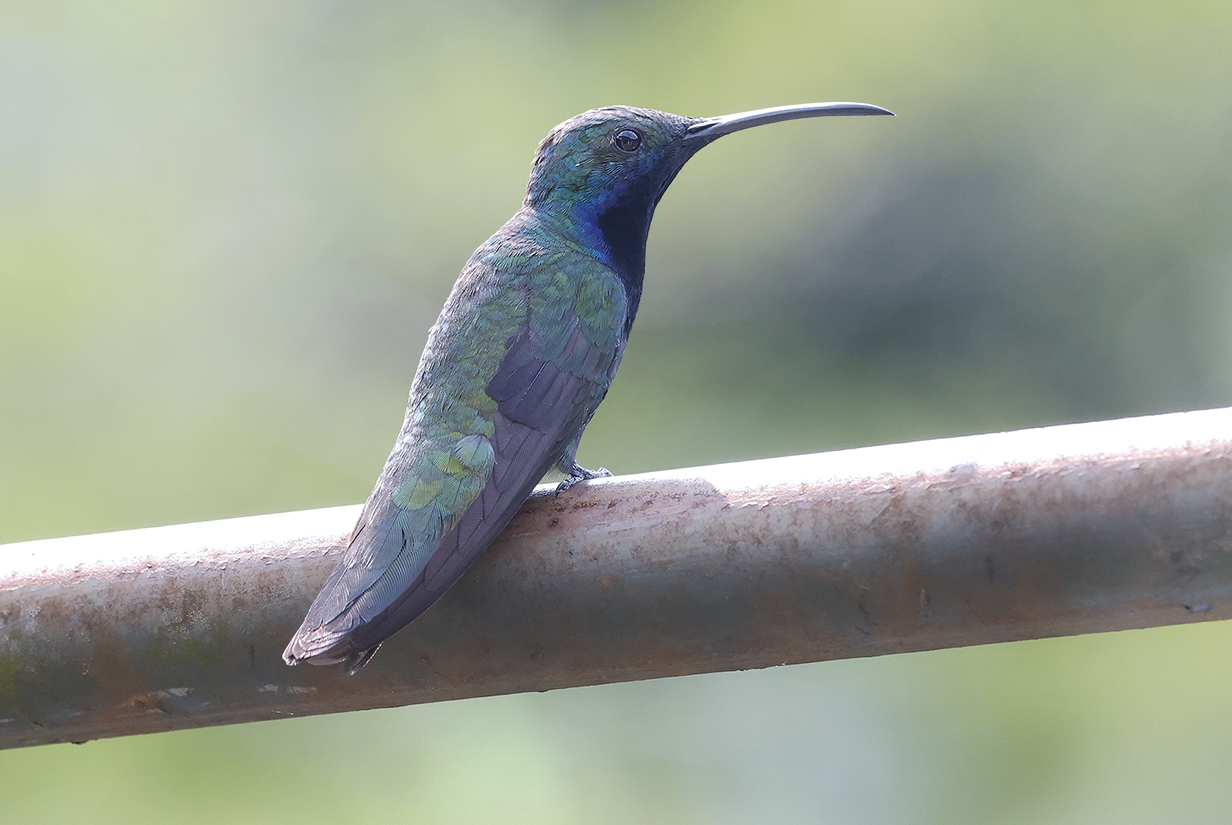
Black-throated mango (male)
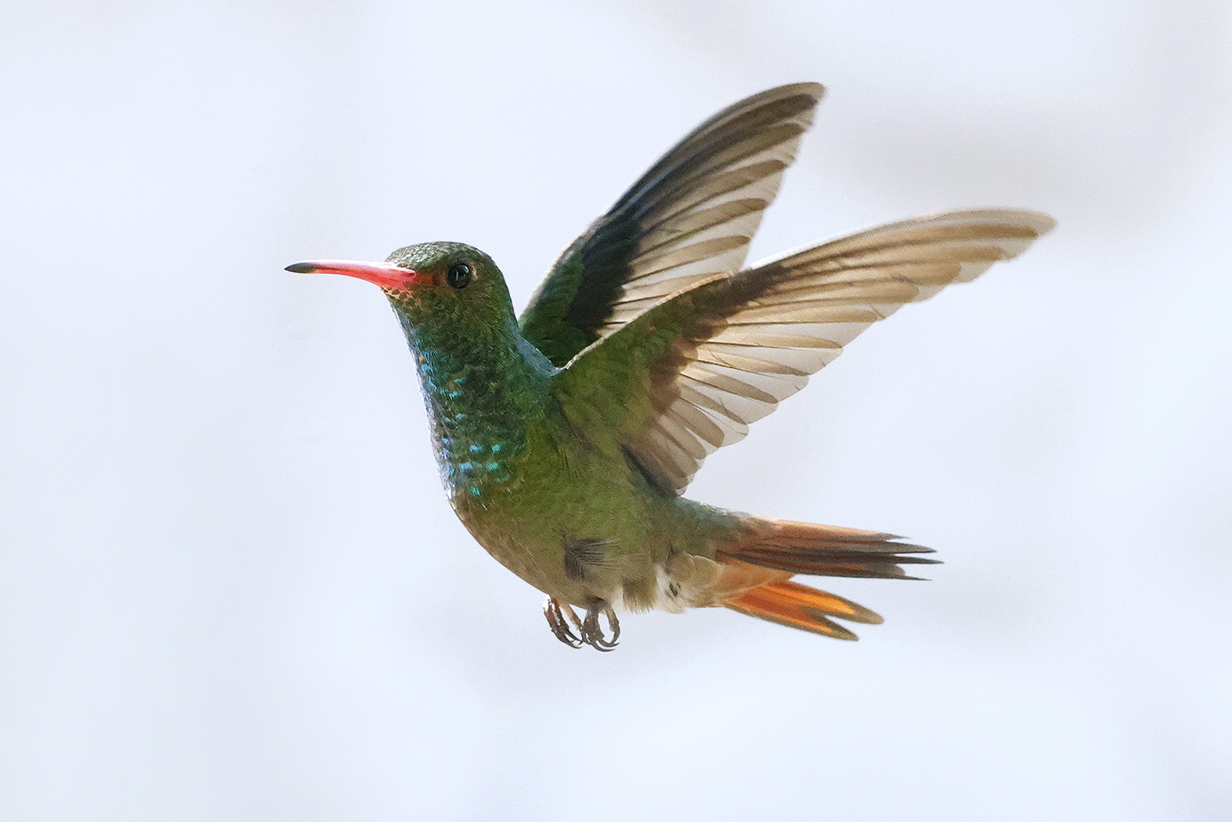
Rufous-tailed hummingbird
Day 2: February 28, 2024 -- Chingaza National Park
In a day trip, today, we birded the mountains east of Bogota up to a maximum altitude of ~ 11,500 feet. Since I had already been in (or birding from) Bogota at ~ 86,00 feet, the altitude was no big problem. I always enjoy mountain birding, because the birds tend to be easier to see than in low-elevation (often: rain) forest.
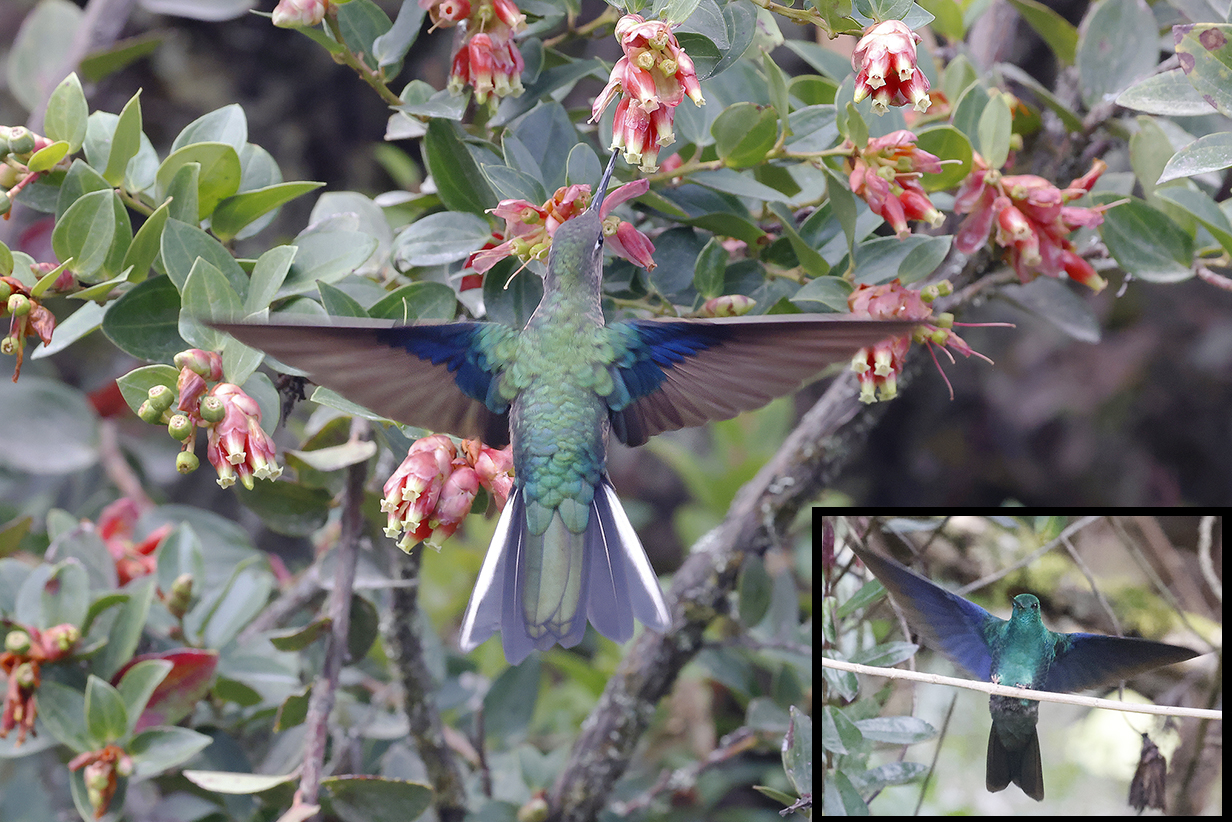
Great sapphirewing (This is my life bird. The inset shows another bird.)
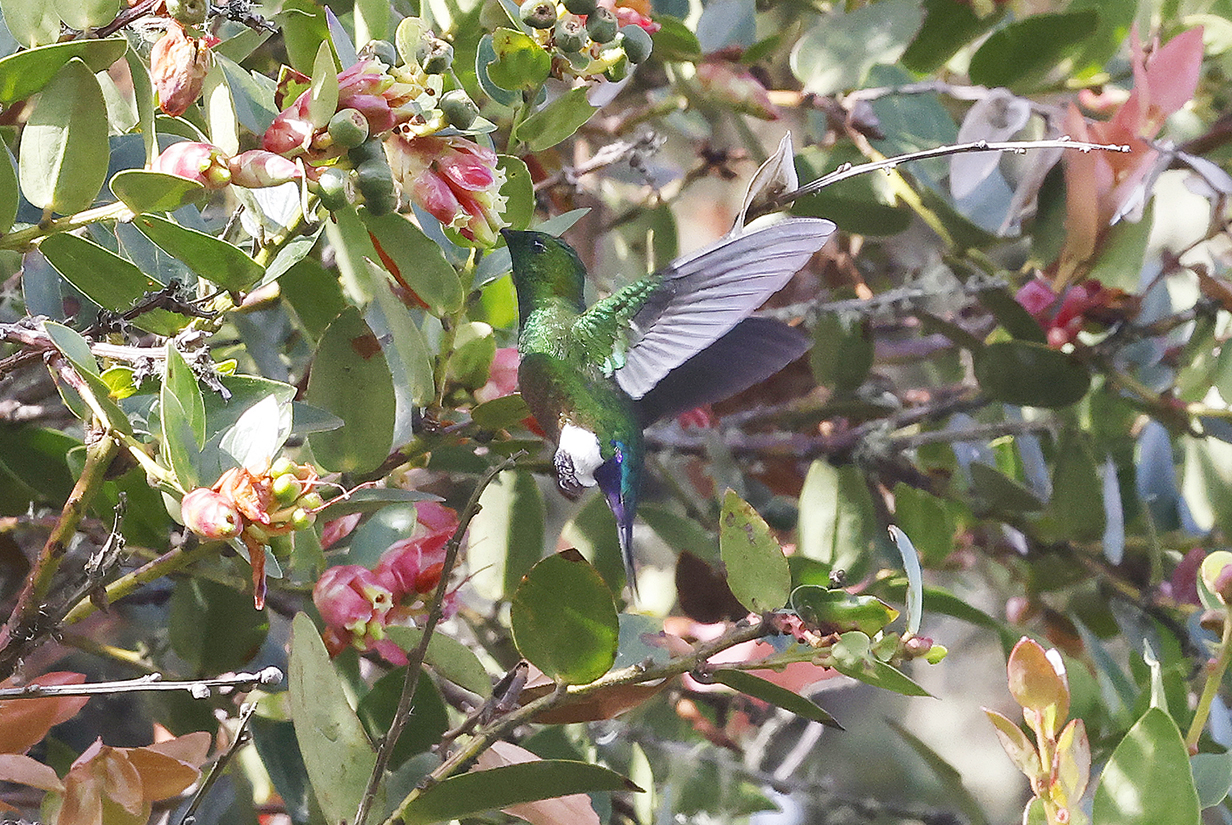
Coppery-bellied puffleg (This Colombian near-endemic [its range extends into Venezuela] is my life bird. It was busy feeding in flowered bushes, hence not co-operative, but the coppery belly, white puffs on the thighs and blue undertail are visible.)
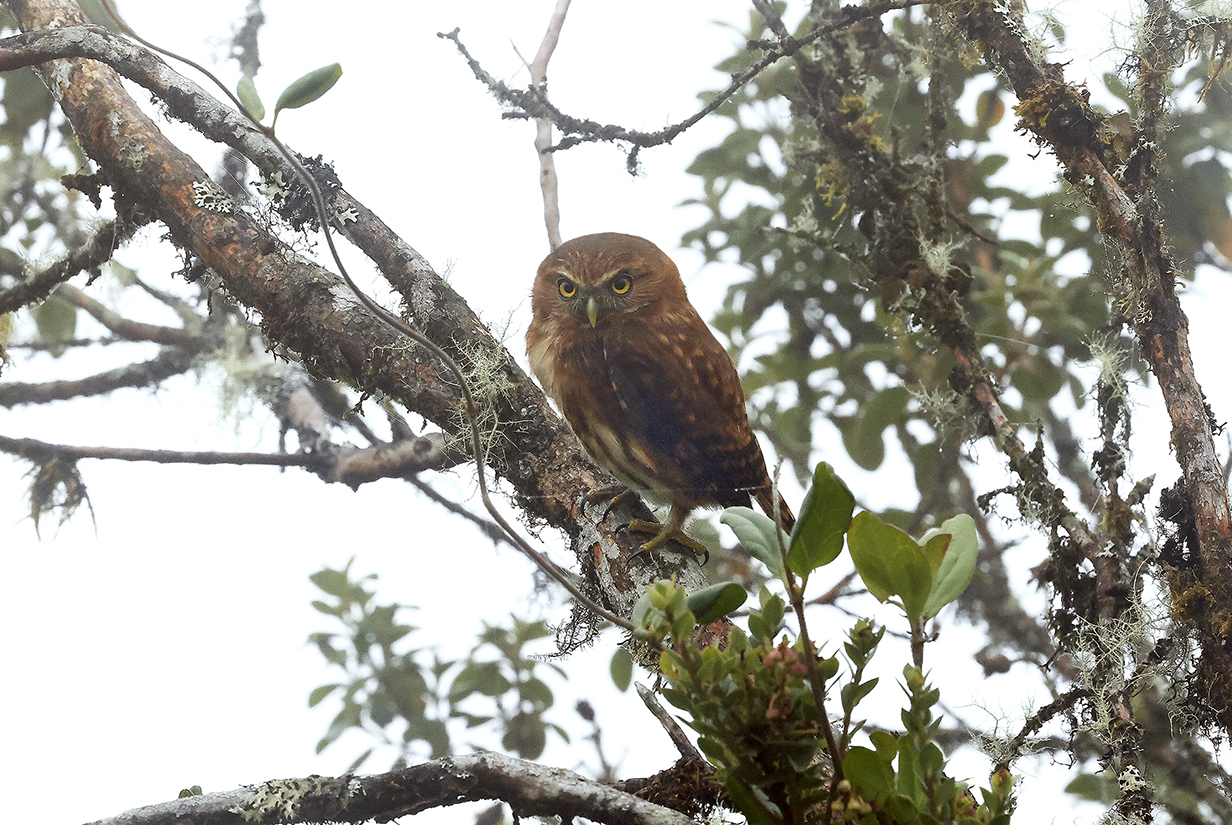
Andean pygmy-owl (This is my life bird ... and also our "ticket" to a lot of other birds that besieged him. We were in fog: I have corrected for this as well as possible.)
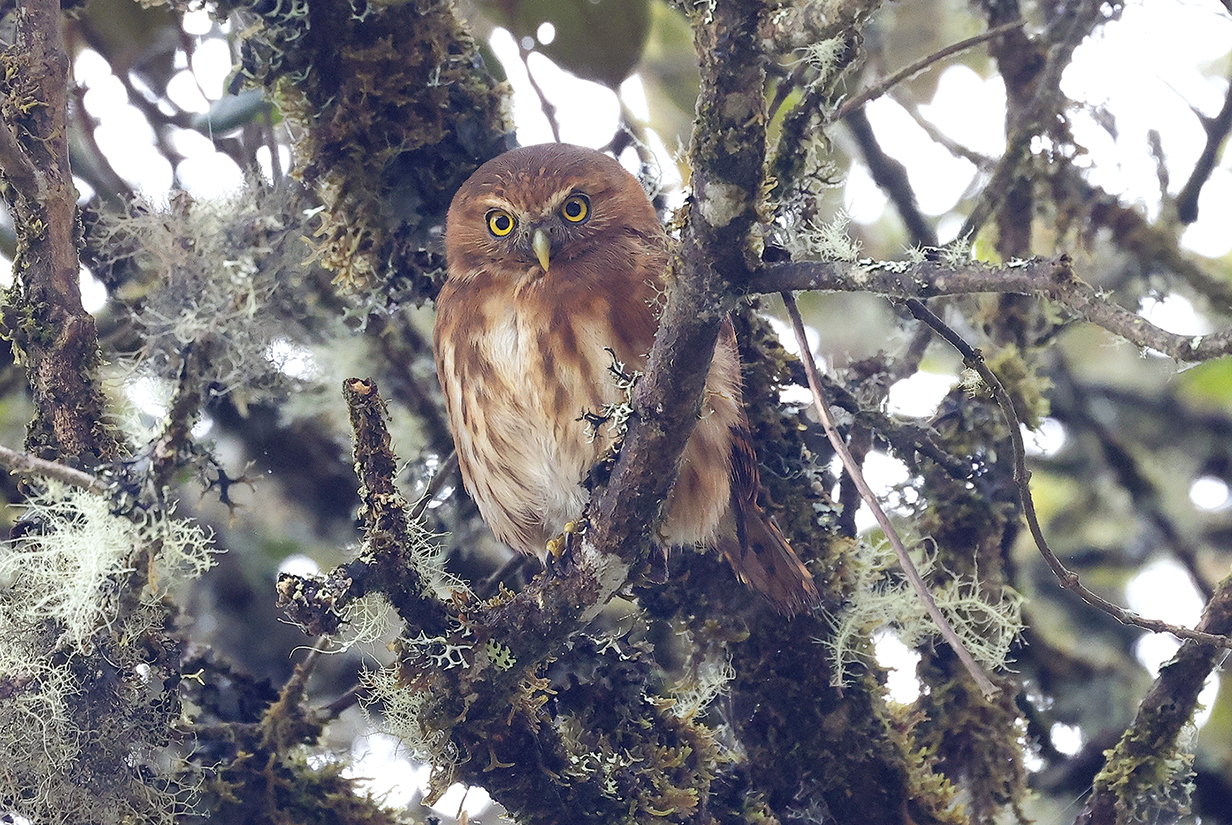
Andean pygmy-owl (A little while later, he was back, still pursued by other birds but this time with less fog.)

Black-tailed trainbearer (Irridescent color changes a lot with viewing angle.)
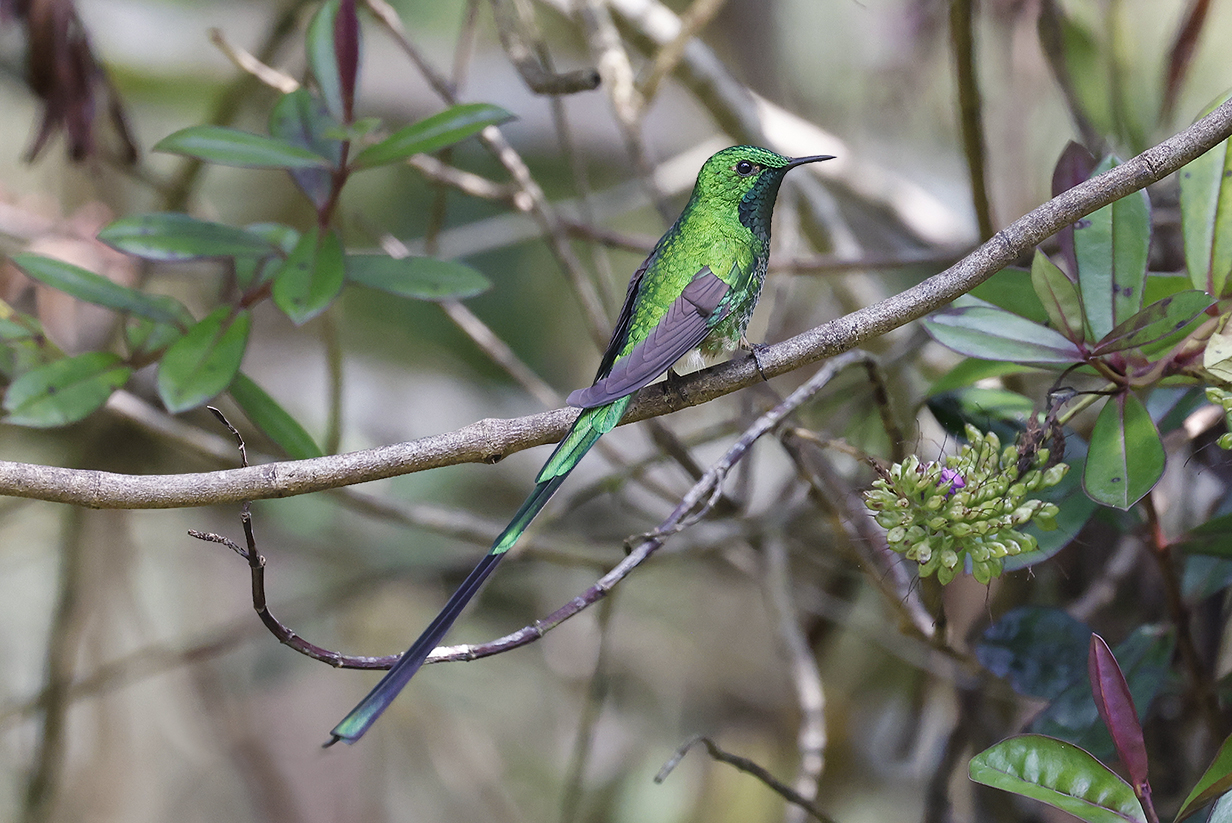
Green-tailed trainbearer

Sword-billed hummingbird
Day 3: February 29, 2024 -- Sumapaz National Park: Paramo
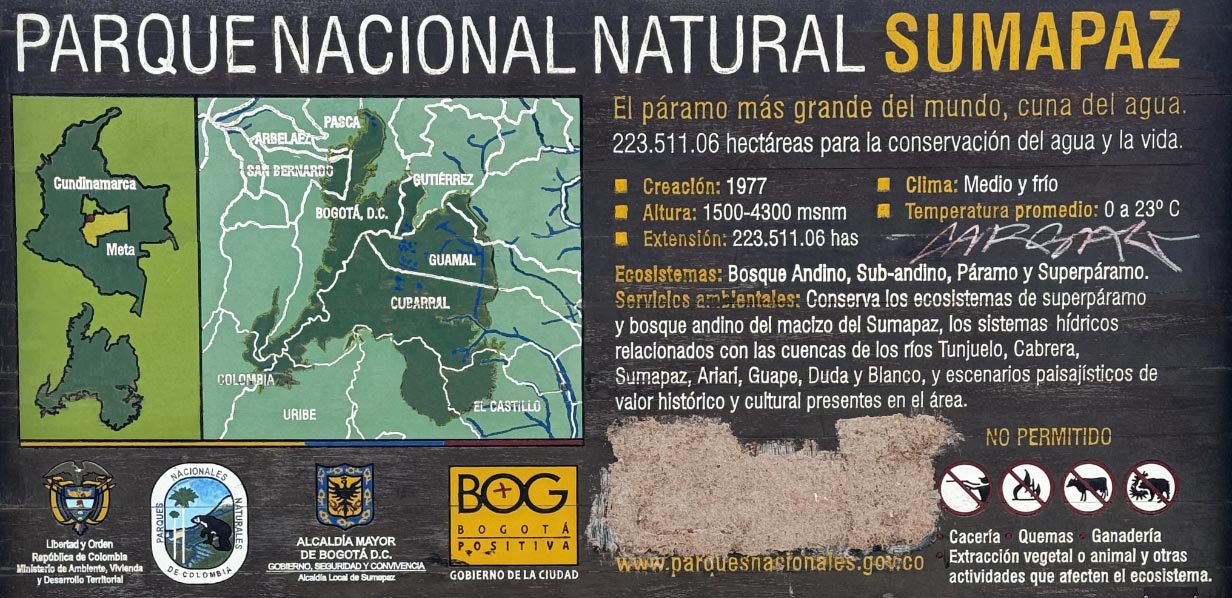
Sumpaz National Park sign
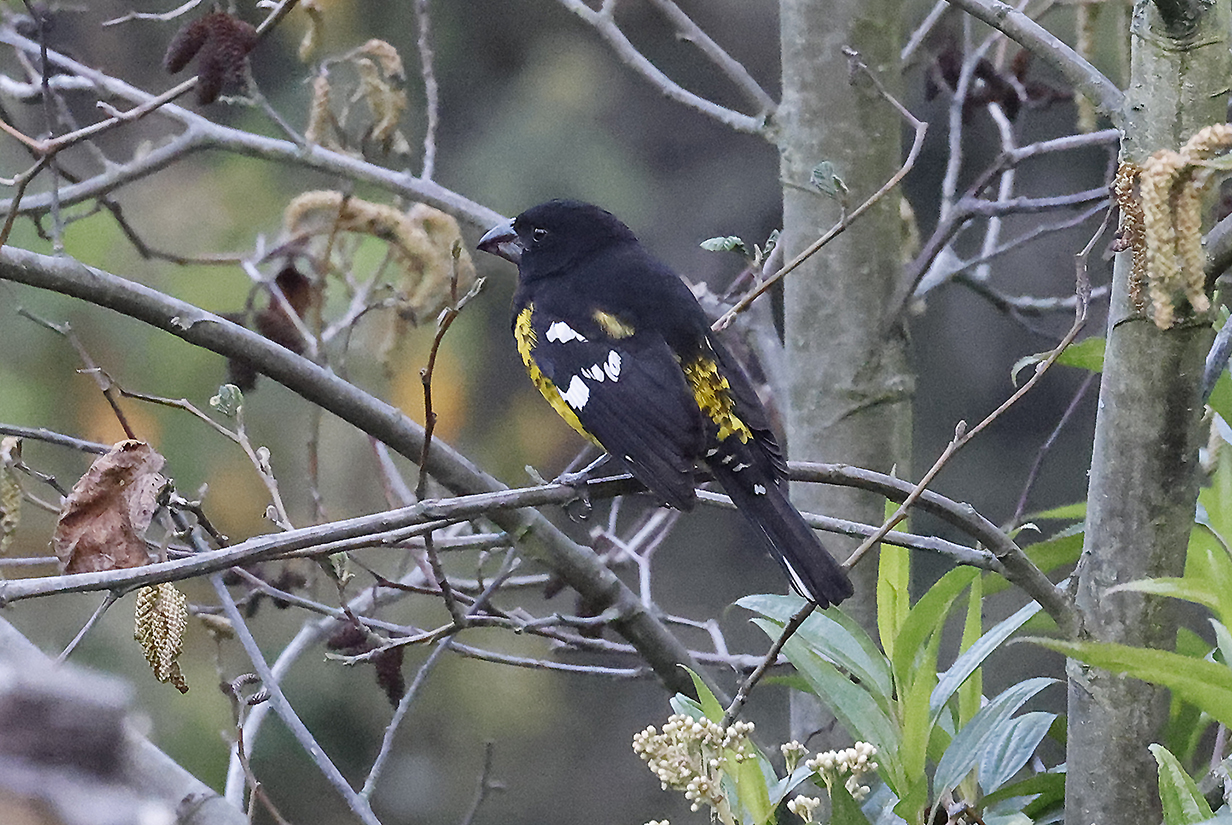
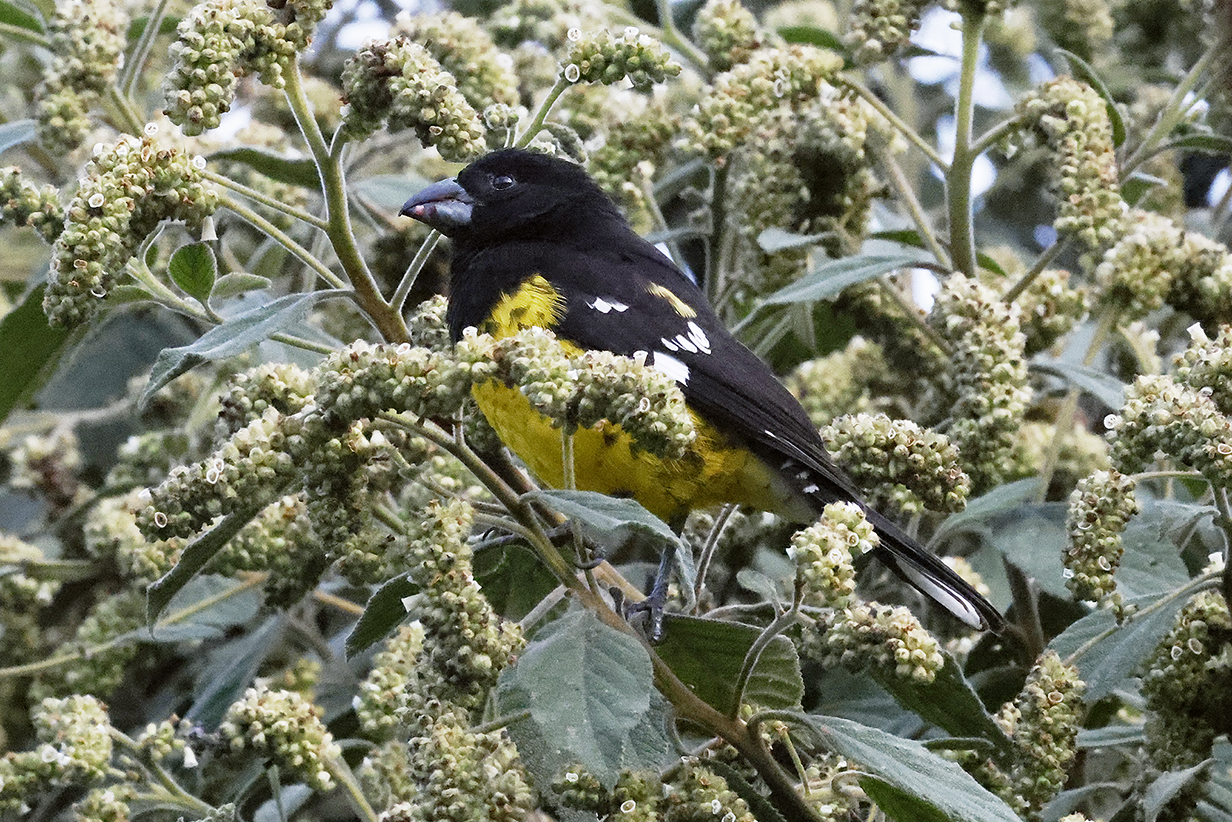
Black-backed grosbeak (First life bird of the day, at breakfast)
Today, we birded the mountains up to a maximum altitude of 11,975 feet, reaching paramo habitat.

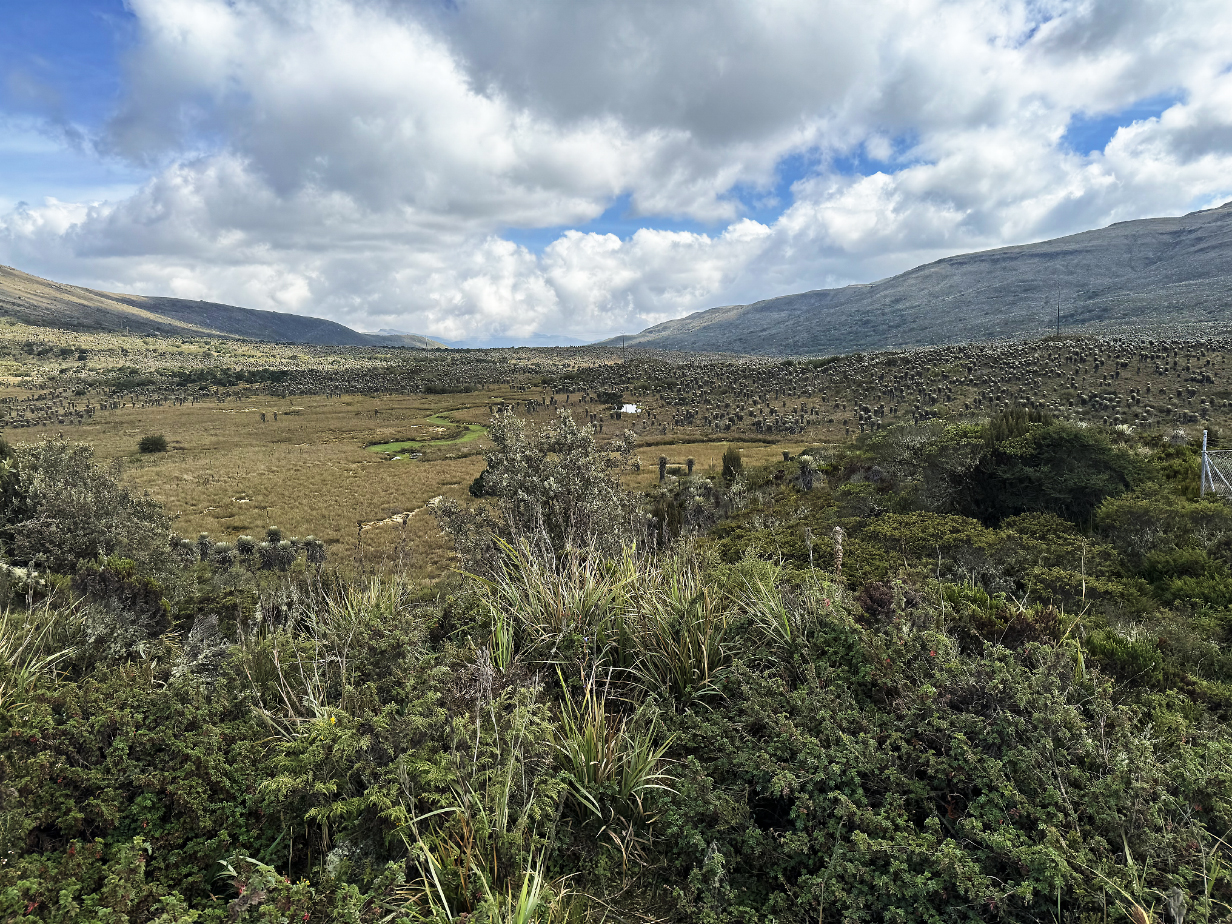
Paramo Sumpaz near our maximum altitude
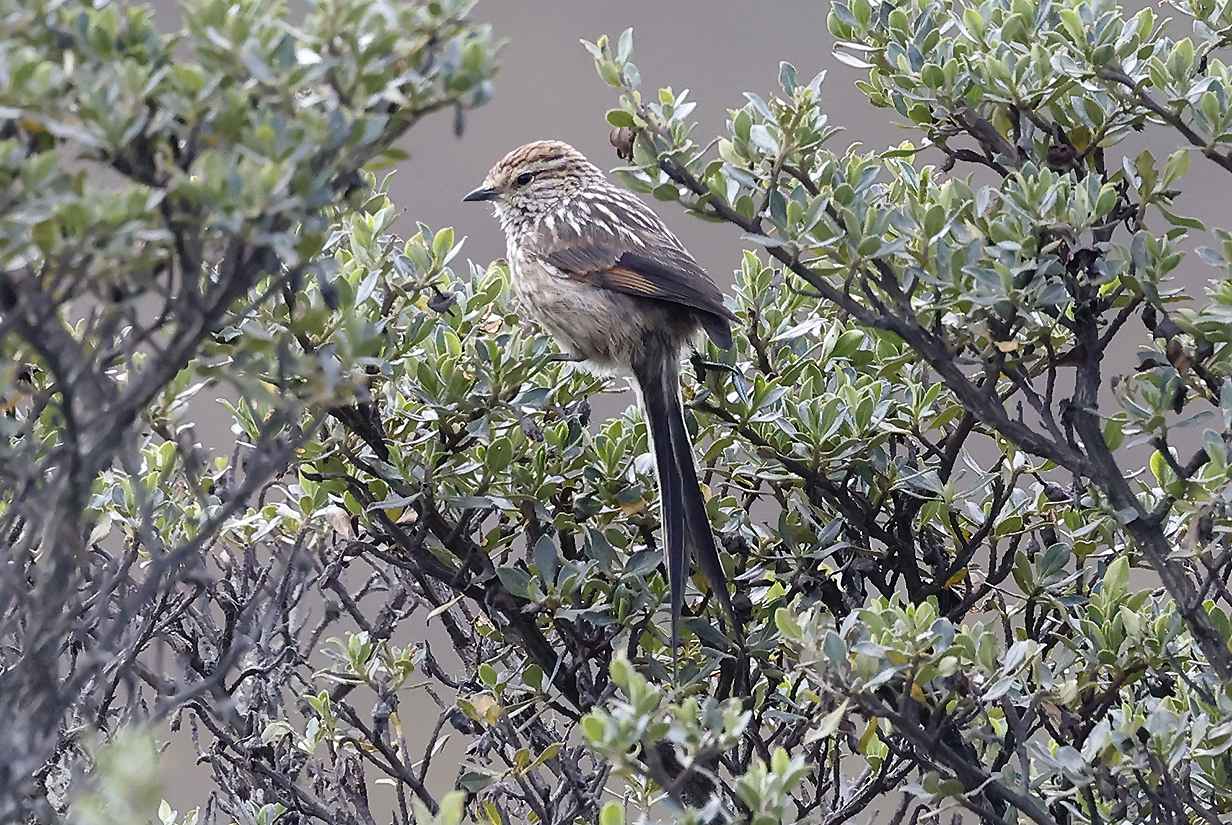
Many-striped canastero
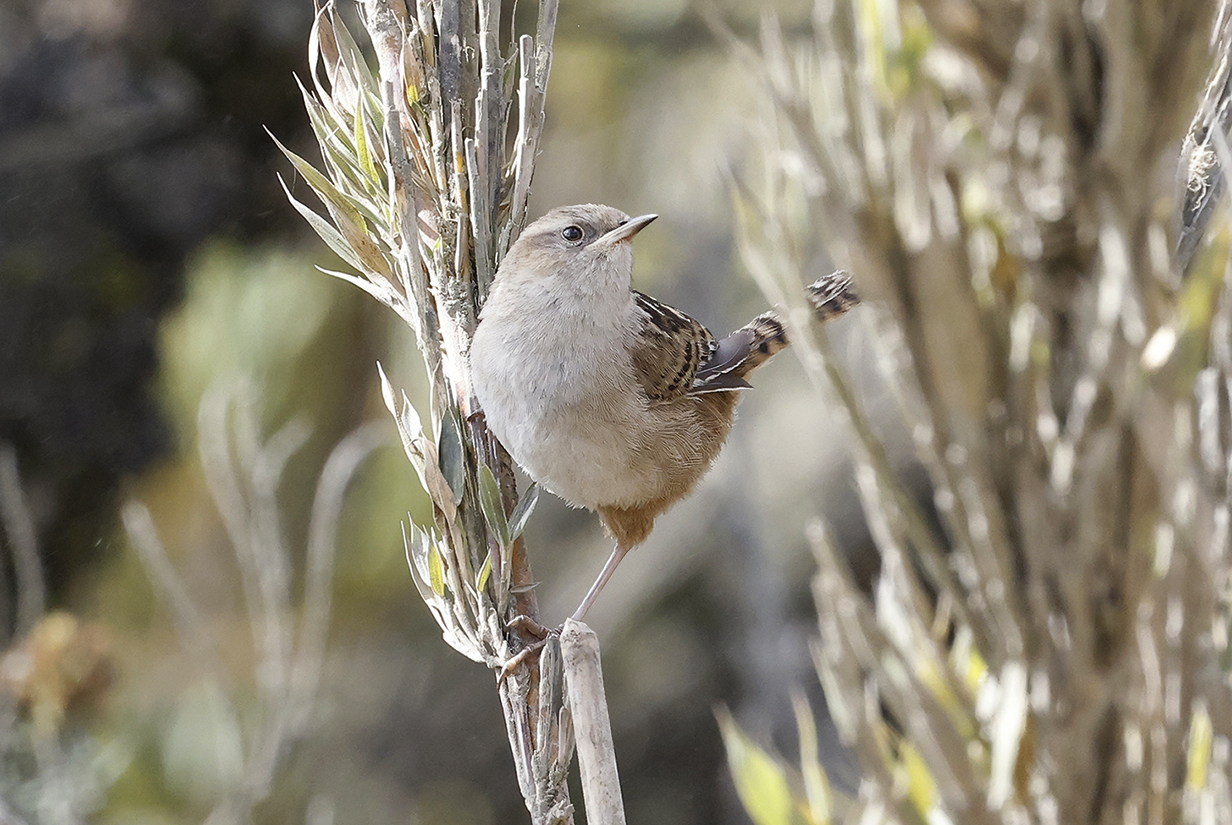
Apolinar's wren (This is my life bird -- a Colombian endemic, very restricted to the highlands around Bogota.)
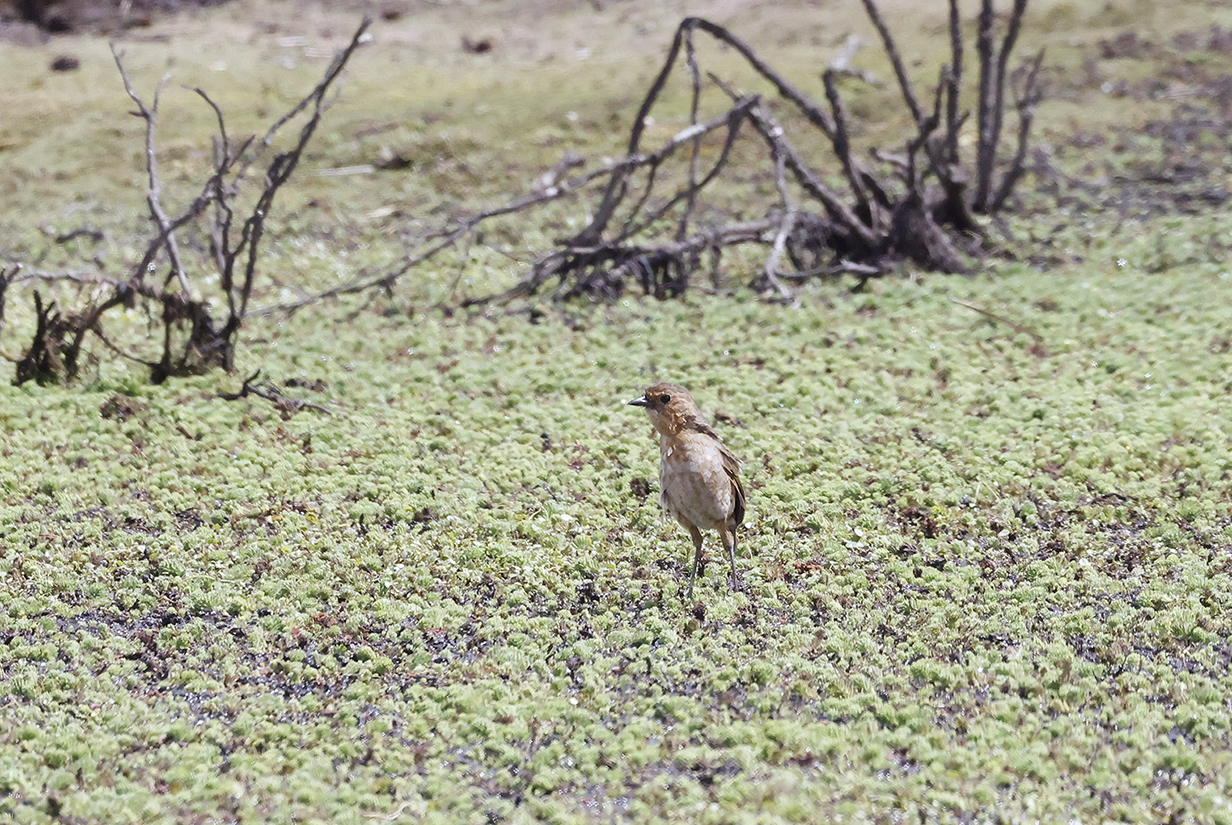
Boyaca antpitta (This is my life bird -- a Colombian endemic restricted to the highlands around Bogota. It was split from Tawny antpitta in 2023. Tawny antpitta occurs in highlands farther west; I saw it in Ecuador in 2004).
Day 4: March 1, 2024 -- Bavaria Reserve
Bavaria Reserve is humid forest at ~ 1650 -- 2650 feet altitude, about 15 minutes drive from the city of Villavicencio. Birding today involved a slow walk up a gently-rising dirt road. As usual, mature-forest birding was hard, with many species high up in the canopy. An exception was the gorgeous sighting below.
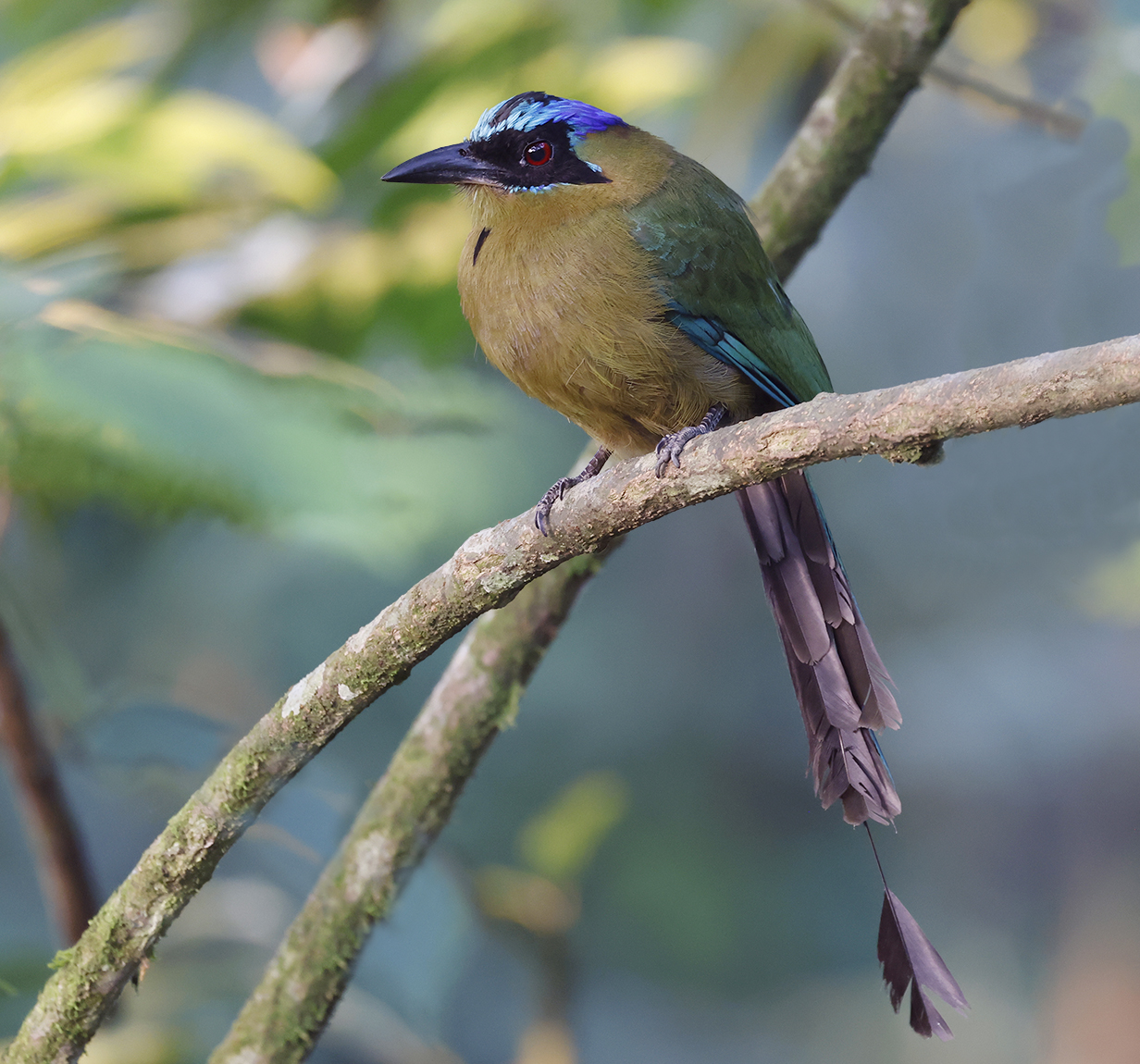
Amazonian motmot
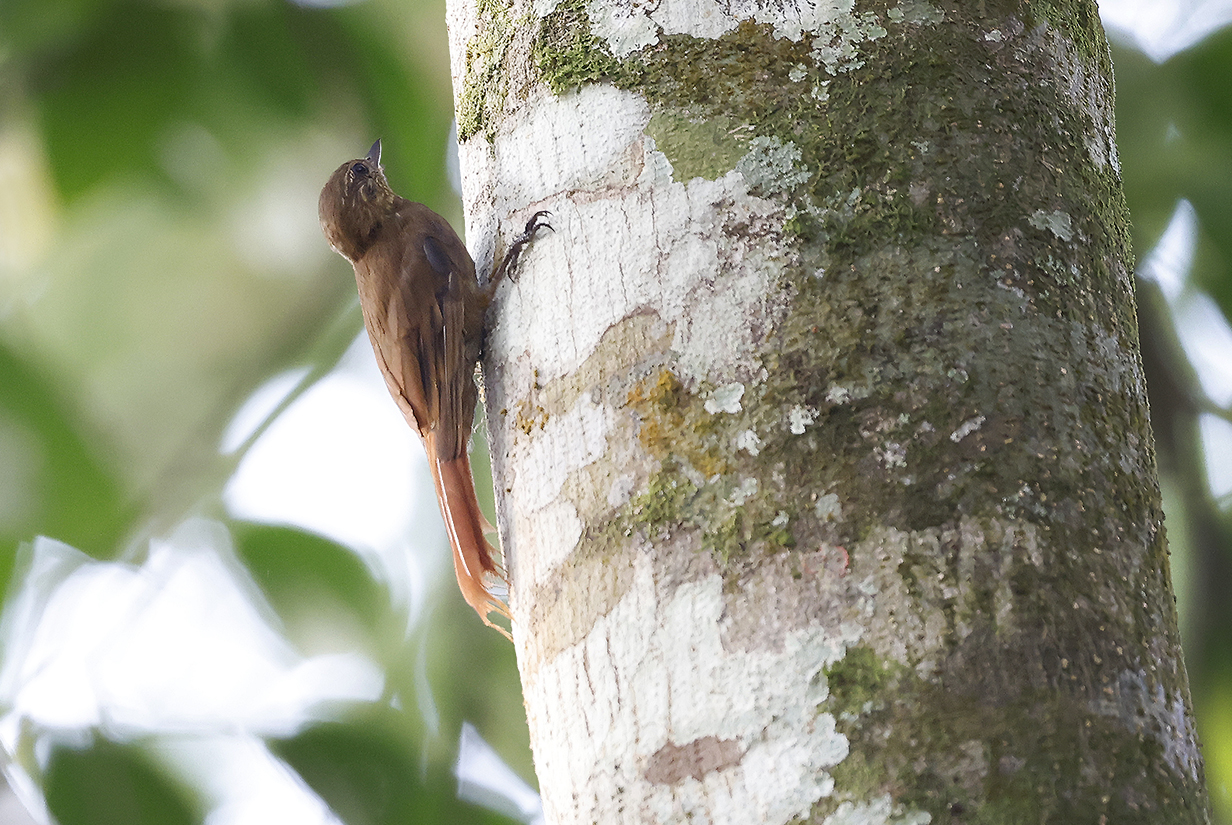
Wedge-billed woodcreeper
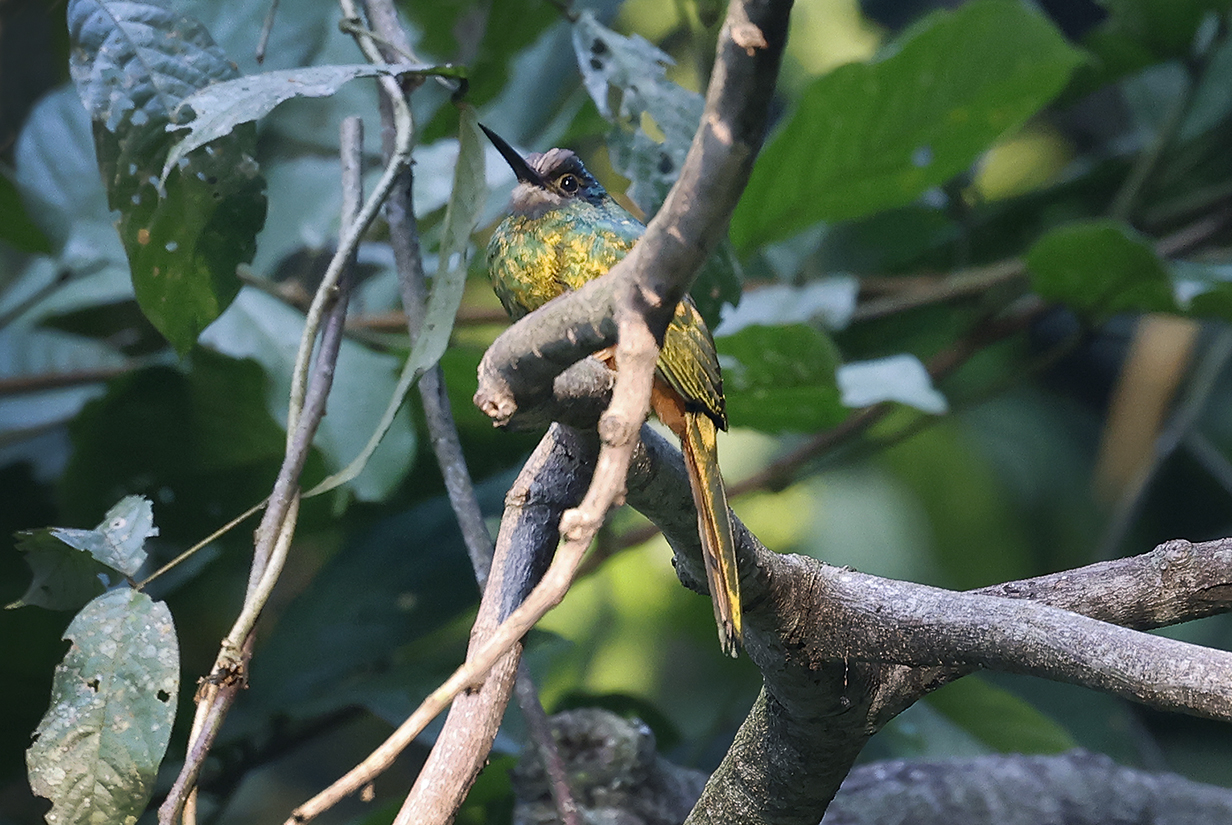
White-chinned jacamar (Jacamars are often difficult, and this bird was no exception. Note: I actually decreased the color saturation by 10 % to keep it from looking too garish.)

Violaceous jay
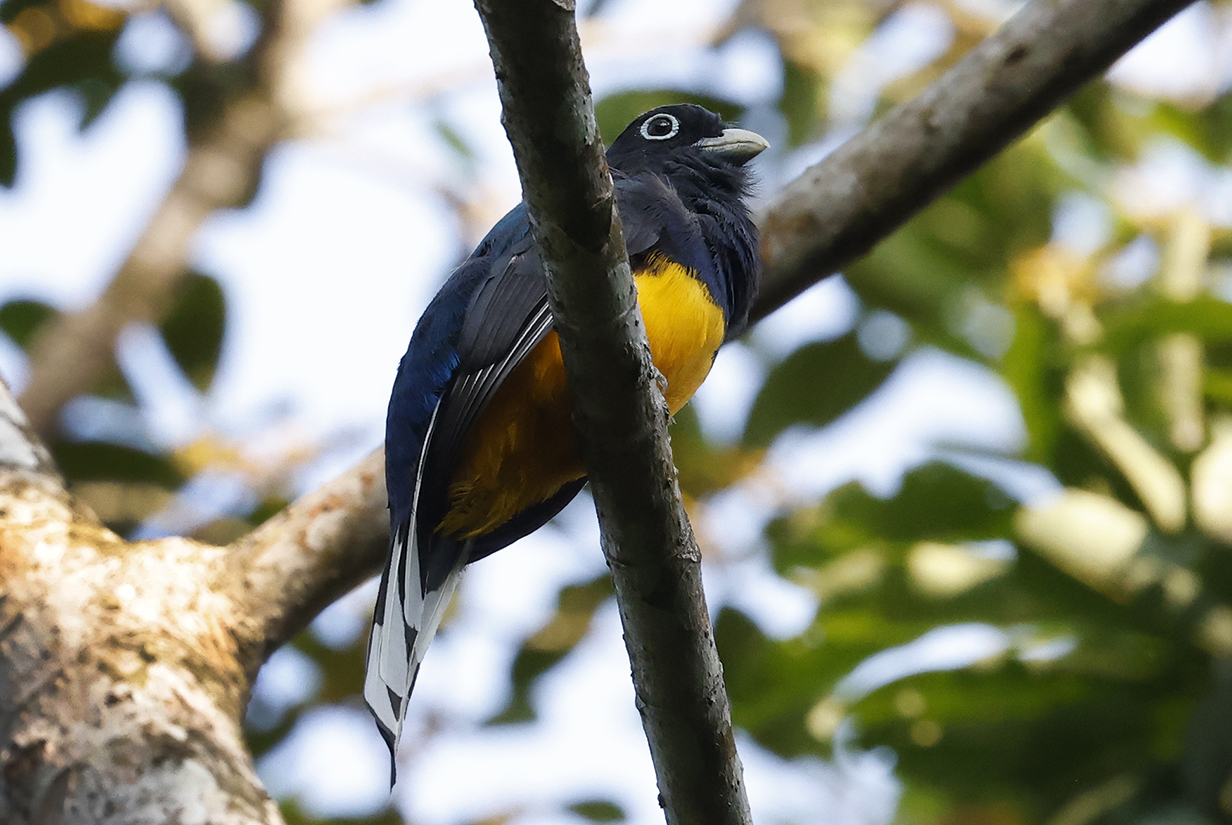
Green-backed trogon
Days 5 and 6: March 2 and 3, 2024 -- Private Reserves near Santa Maria, Boyaca
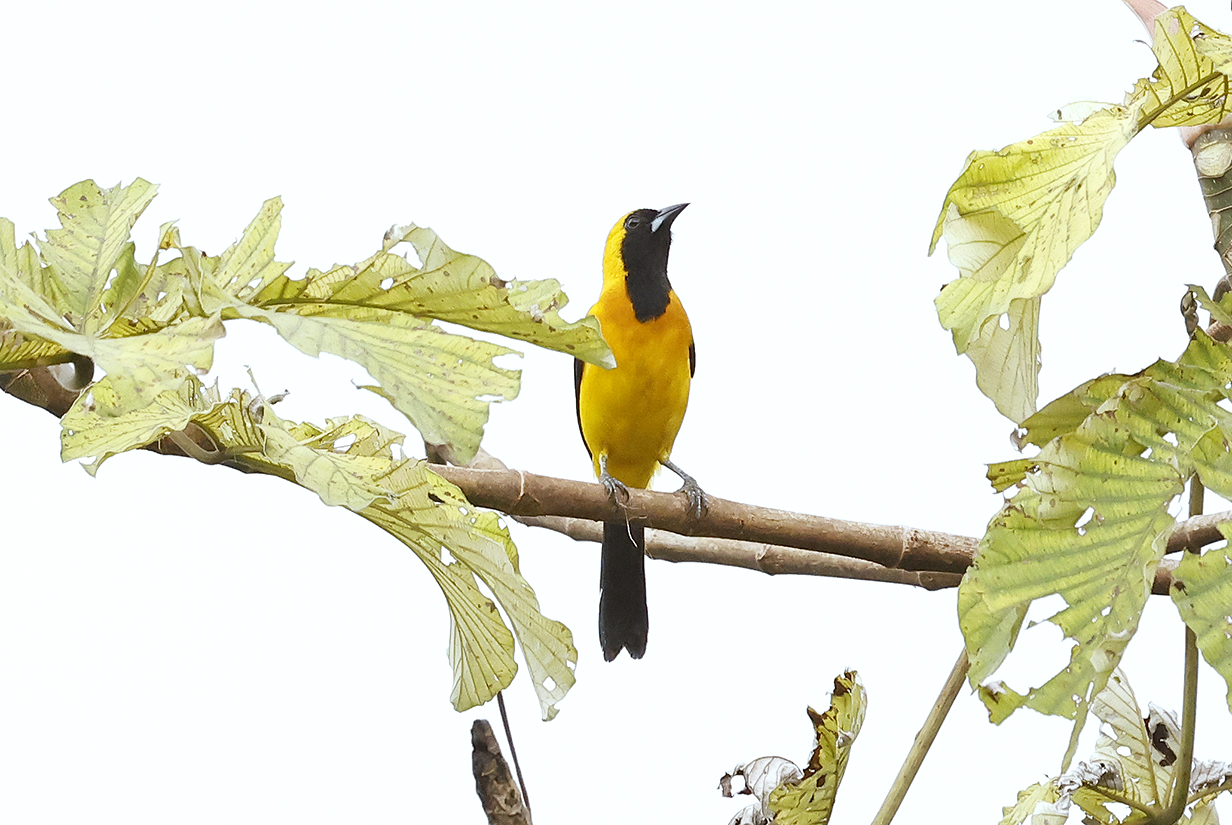
Yellow-backed oriole
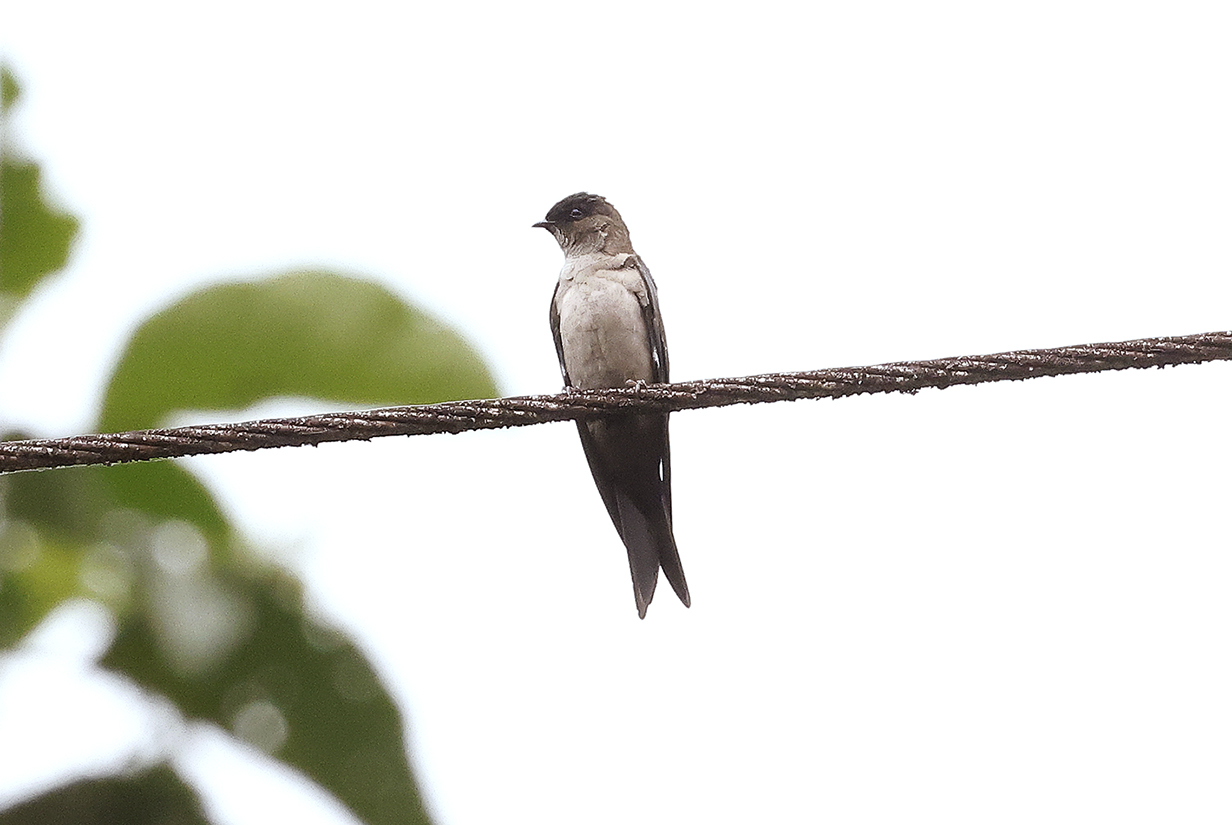
White-thighed swallow (This is my life bird -- very dark, except for its breast.)
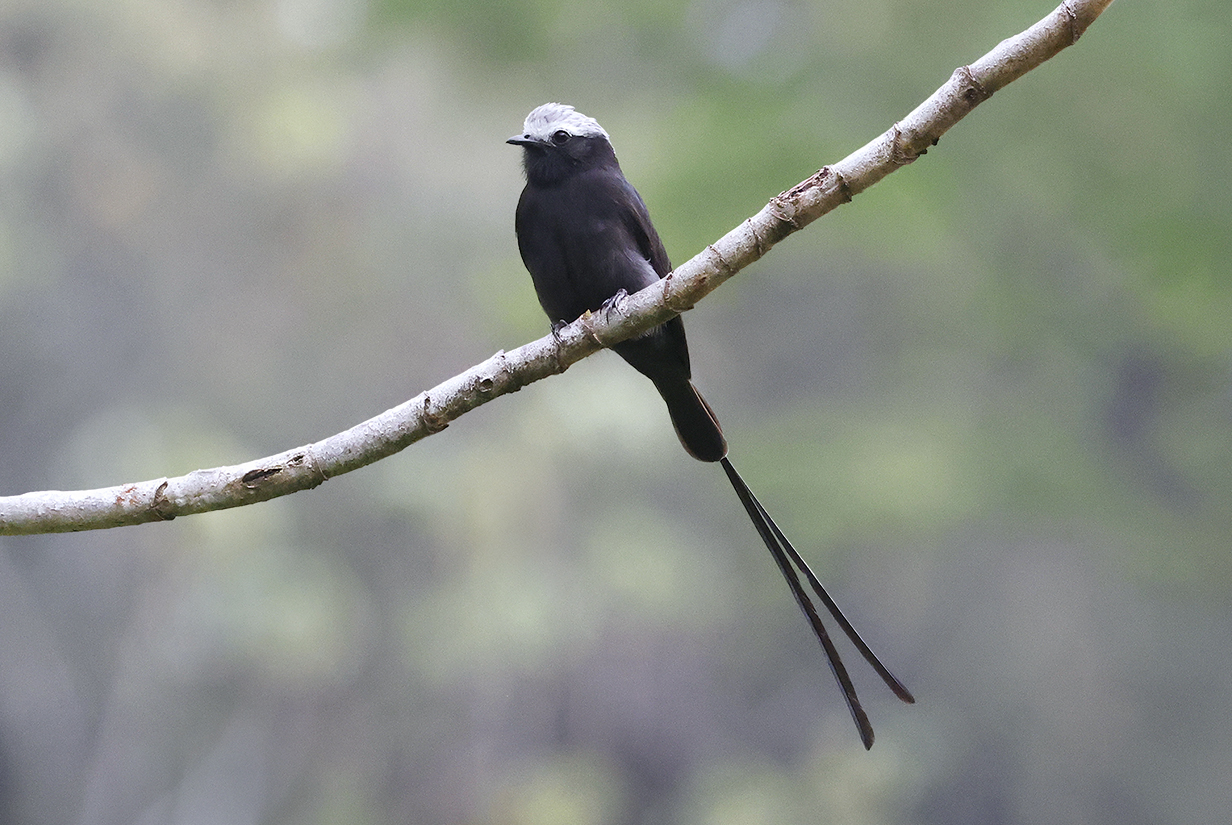
Long-tailed tyrant
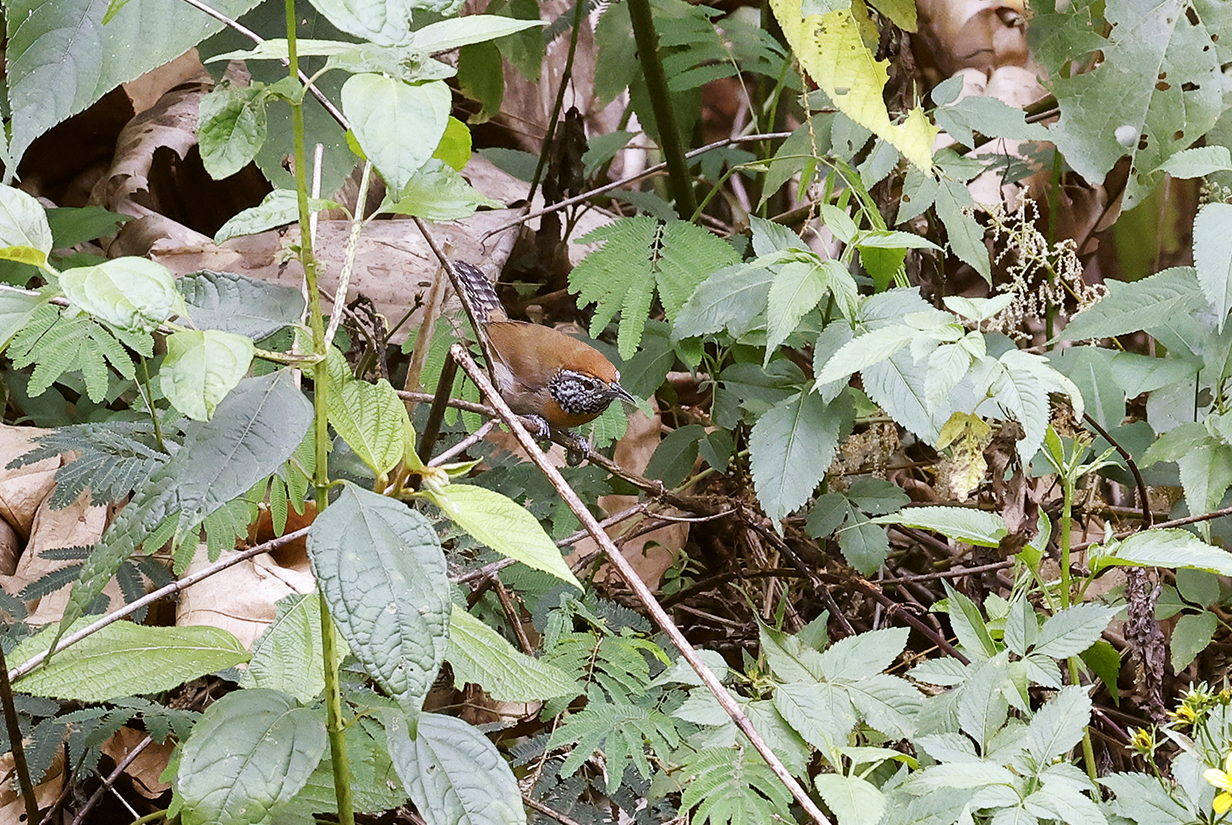
Rufous-breasted wren (Poor picture of an uncooperative bird ... but I like wrens.)
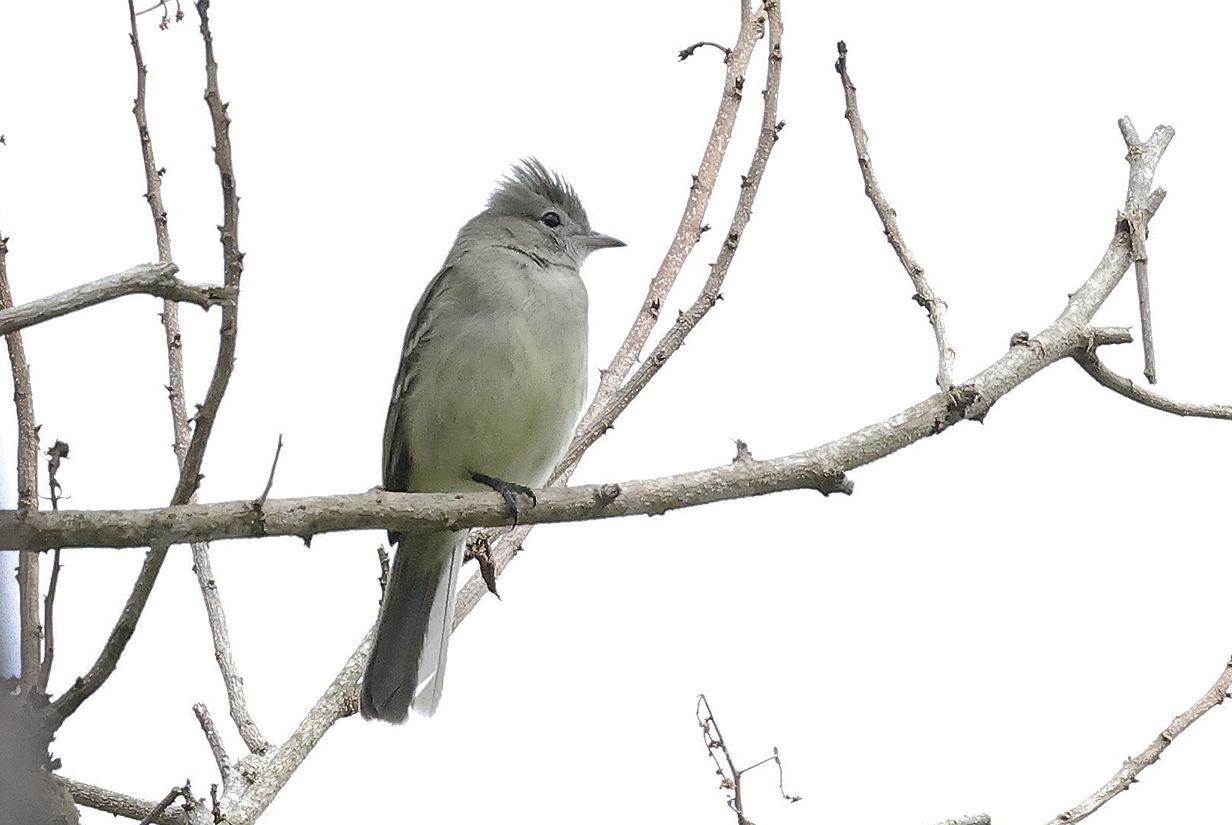
Yellow-bellied elaenia
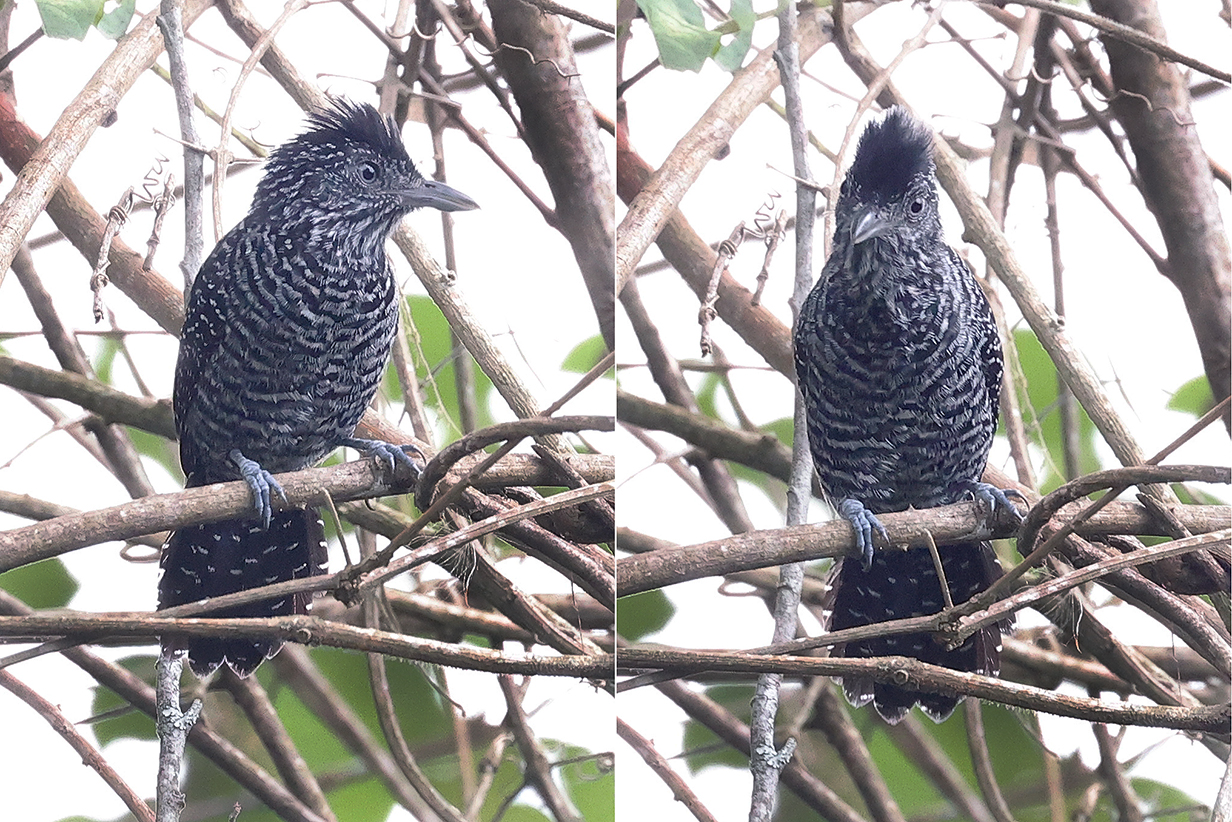
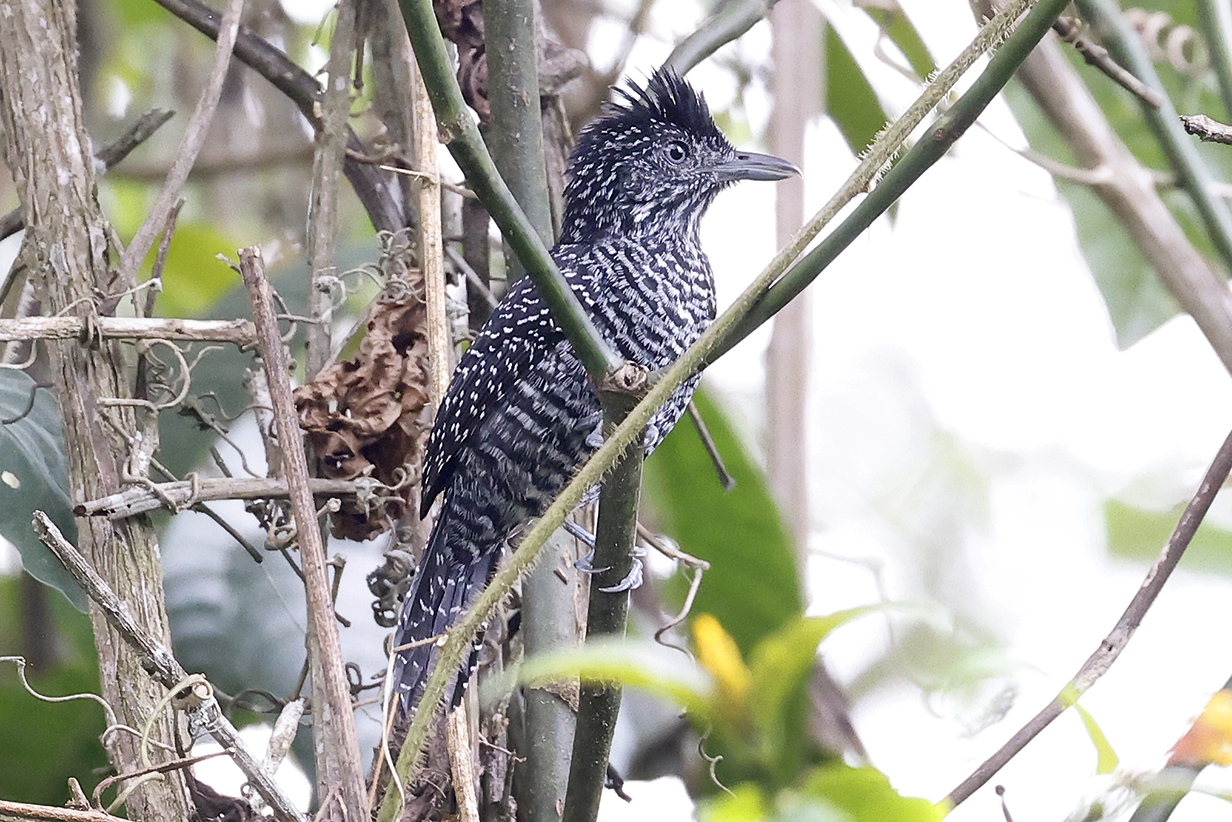
Lined antshrike (always a favorite)
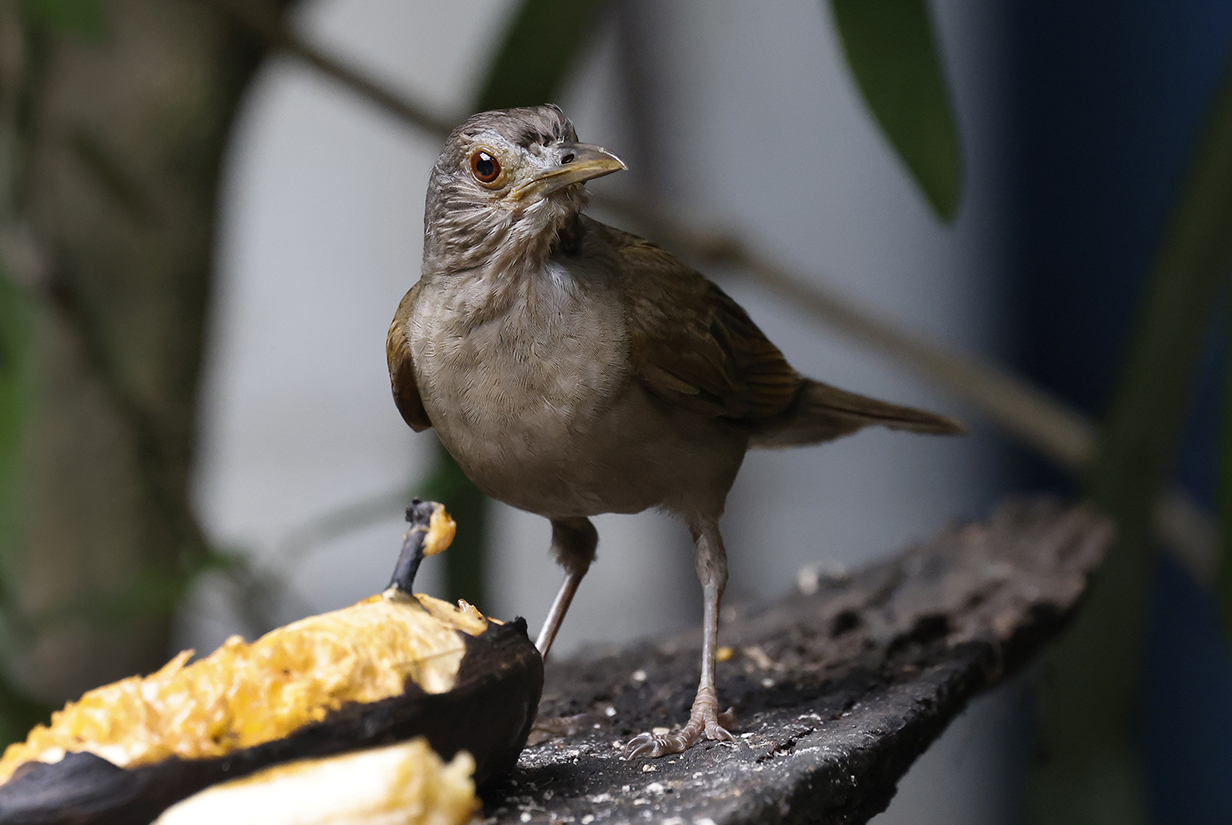
Pale-breasted thrush at our lunch stop
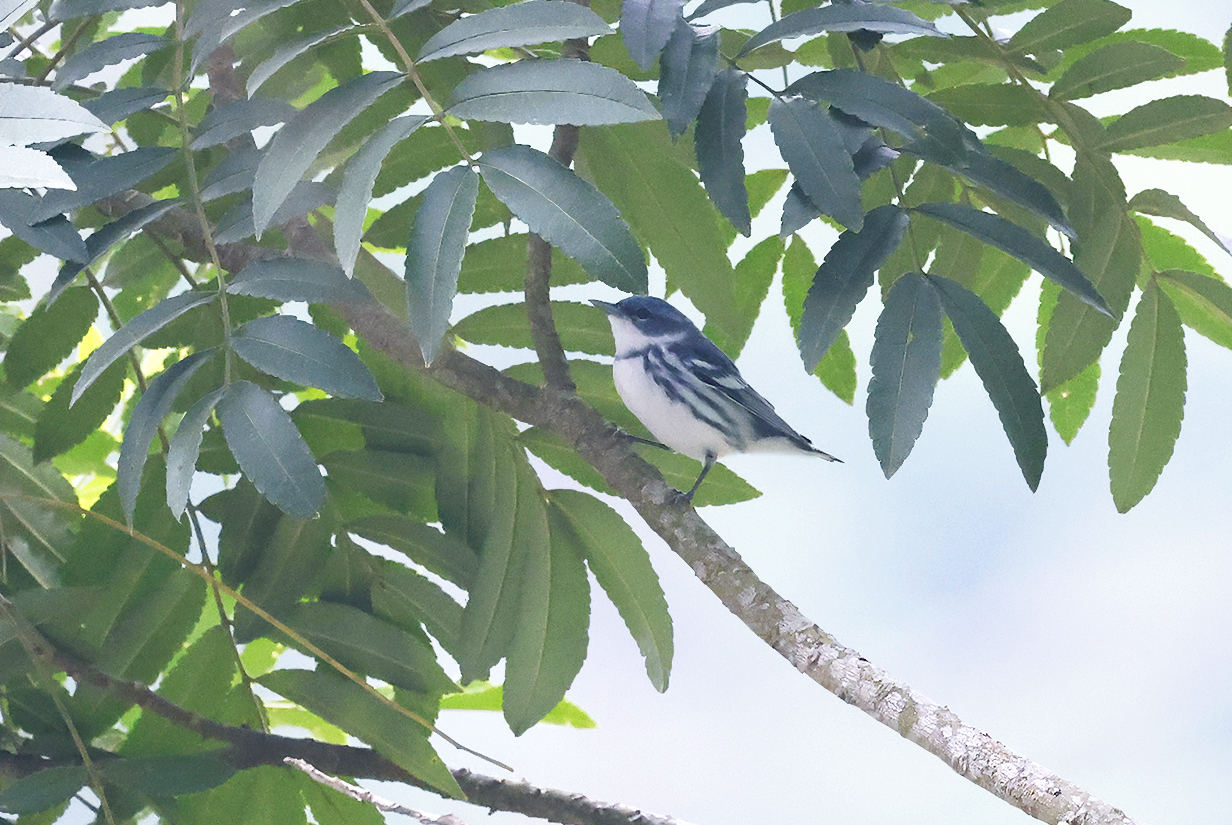
Cerulean warbler in very fine plumage

Mary and I rarely get to see Cerulean warbler, in part because it is getting alarmingly rare and in part because we live in and bird the "wrong" parts of the USA. Some years, we see it in migration at High Island, just east of Houston (green in the map). Mary got her life bird there. Here in Columbia, I was near the best place place to see the bird in northern winter, as shown by Ebird's abundance map. On several days, it was the most common warbler seen.

Blue-necked tanager

Rufous-browed peppershrike
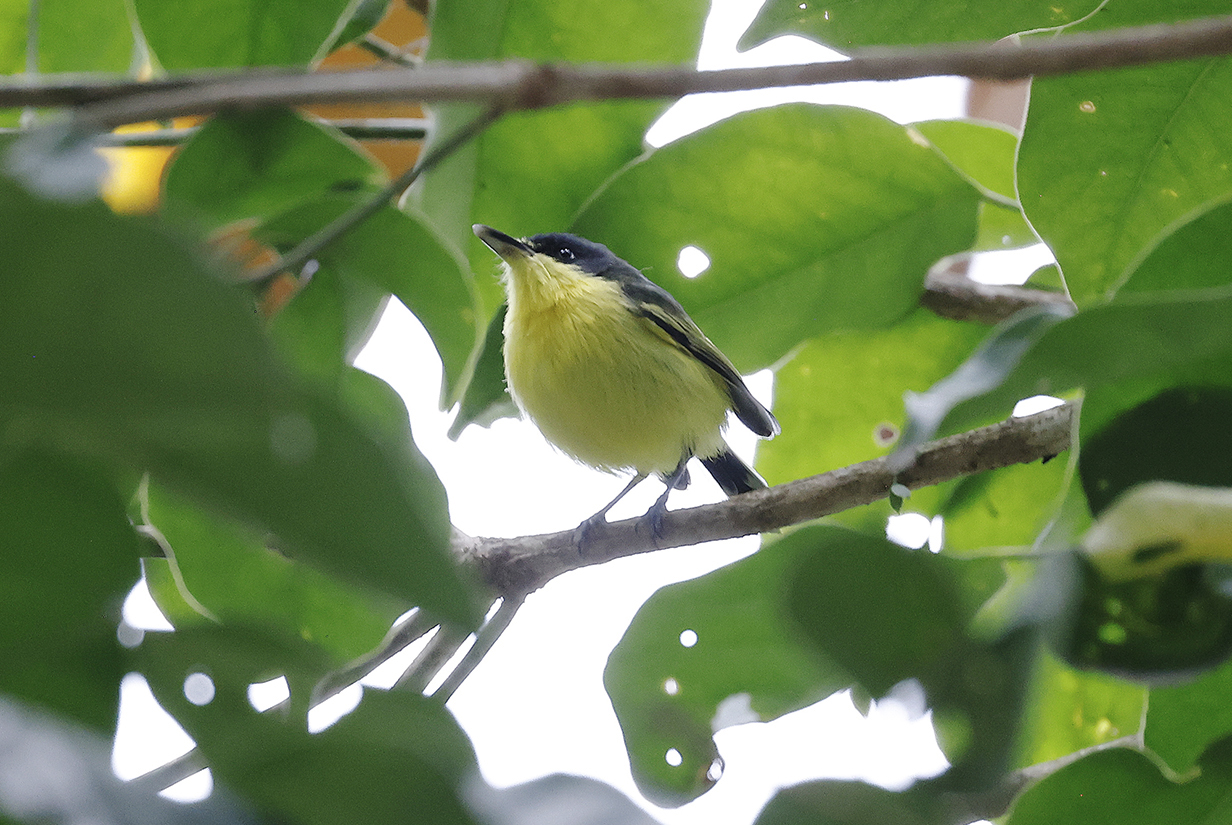
Common tody-flycatcher (bad angle)

Plain thornbird (This is a very bad picture -- the camera focused on the foreground leaves instead of the bird. But the bird is important, so I include this as the best record that I got. The ID is uncertain. Steve Hilty has seen a pair of Rufous-fronted thornbirds here on several trips. The call was OK ... but Rufous-fronted and Plain thornbirds sound very similar. The birds look similar, too; Rufous-fronted (not surprisingly) generally has a more rufous "front", and the range of pictures shown on ebird includes the look of the above bird. What concerns me is the range maps of the two species:)
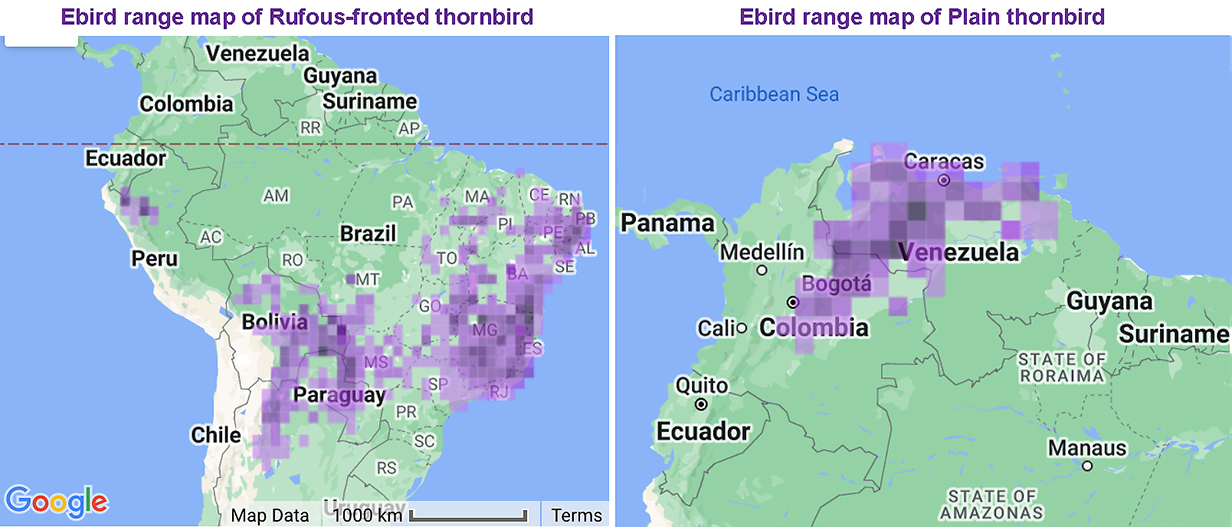
(Left) Ebird range map of Rufous-fronted thornbird (Right) Ebird range map of Plain thornbird. Steve Hilty's Steve Hilty's book does not distinguish the two species.
Here is a 2003 discussion of the split of Rufous-fronted and Plain thornbird. The vote then was "no". The split was finally made in the 2023 eBird taxonomy update.
So which one did we see? Either way, the bird is new for me. But frankly, it is hard to know which species to "take". If Rufous-fronted can have a "disjoint population" in northern Peru and southern Ecuador, then I don't see how it can be impossible that it has another disjoint population (however small and localized) in Colombia. Still, I choose to be "conservative": I follow Clements and take Plain thornbird.
It is important to emphasize that, scientifically, the concept of a "species" is intrinsically not well defined. Classification criteria are, to some extent, arbitrary choices within what is surely a complete continuum of differences between two birds that can have anything from dramatic differences to minor color-morph differences. It is true that (e. g., genetic) research illuminates these issues. But in the end, even as a non-specialist (although as a practicing scientist), I am confident about the above continuum. And that continuum is in constant flux, as (e. g.) climate changes apply evolutionary pressure. Species can drift apart under these pressures or get closer together when improving range overlap allows easier cross-breeding. Everything is always in flux. Therefore, "how high" or "how low" to "raise the bar" on differences is a somewhat arbitrary and historically fluid matter of choice. Different authorities can and do disagree, sometimes on non-scientific grounds (like preferring a split because it creates a "new" species that is rare, and this promotes conservation efforts.) I think that the only sensible thing that a birder (as opposed to an ornithologist) can do is to decide to follow one authority consistently. Mary and I follow Clements. This is in part because of Clements' research- and thoroughness-based "clout" over the subject and in part because Clements is, among the spectrum of ornithologists, somewhat conservative in not over-splitting.
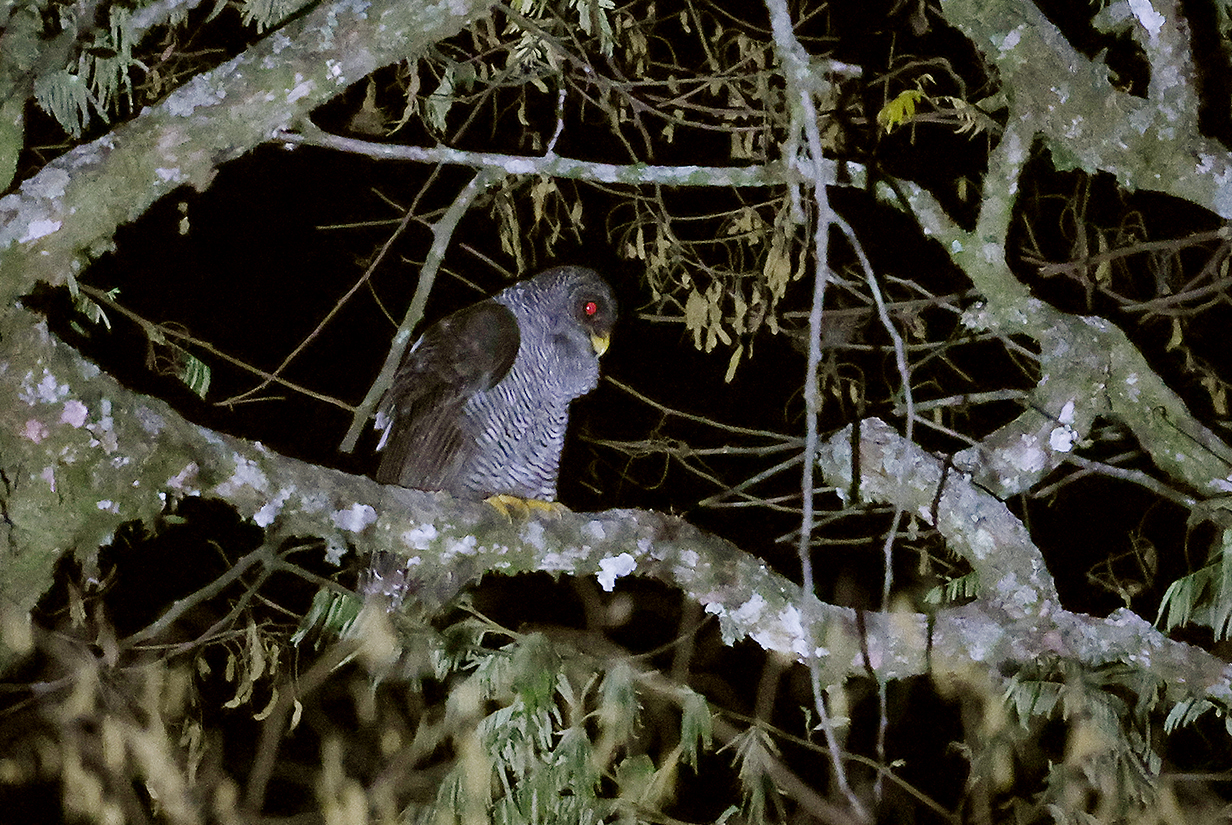
Black-and-white owl -- last bird of Day 5, at night, far away and illuminated by fading flashlights. The bird was not very cooperative and did not face us. This picture was taken at ISO 10,000! I got my life bird many years ago in Costa Rica, where it roosted in daylight in a giant tree in a small-town square.
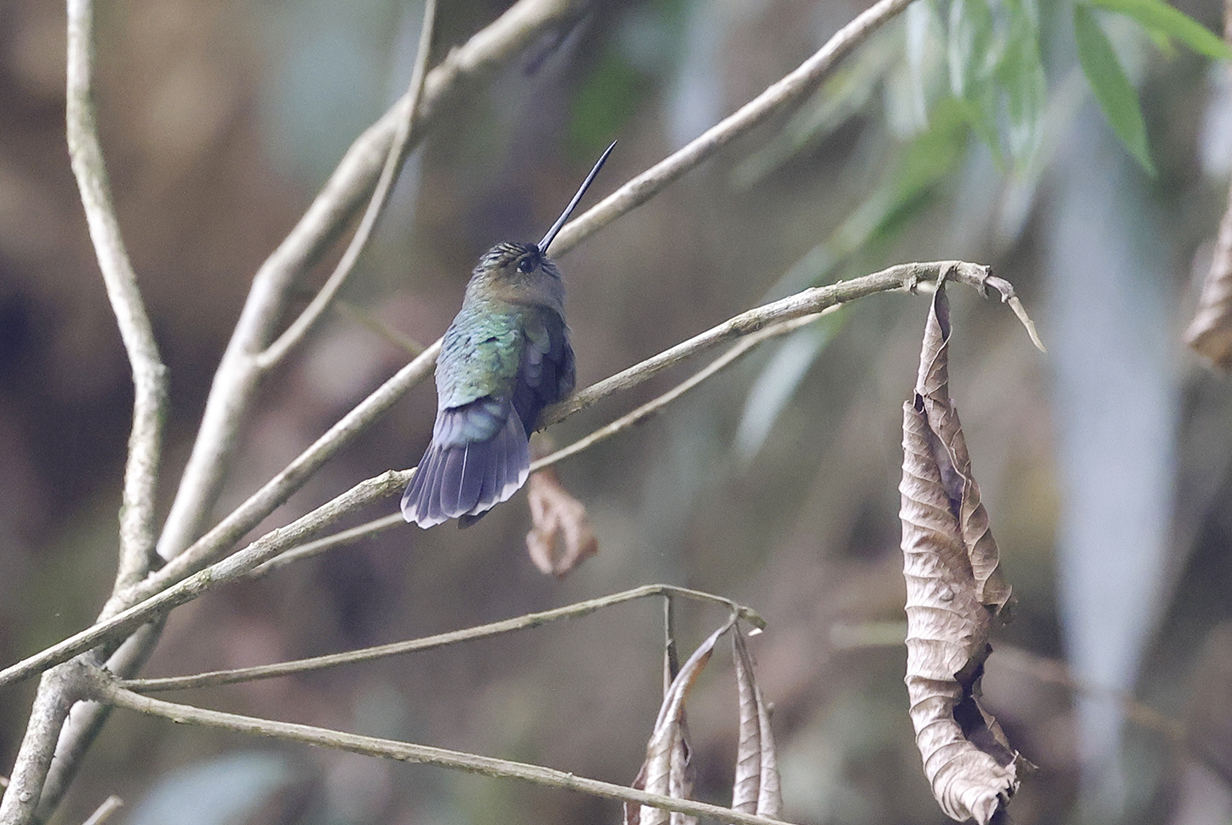
Green-fronted lancebill perched conveniently for me in the forest
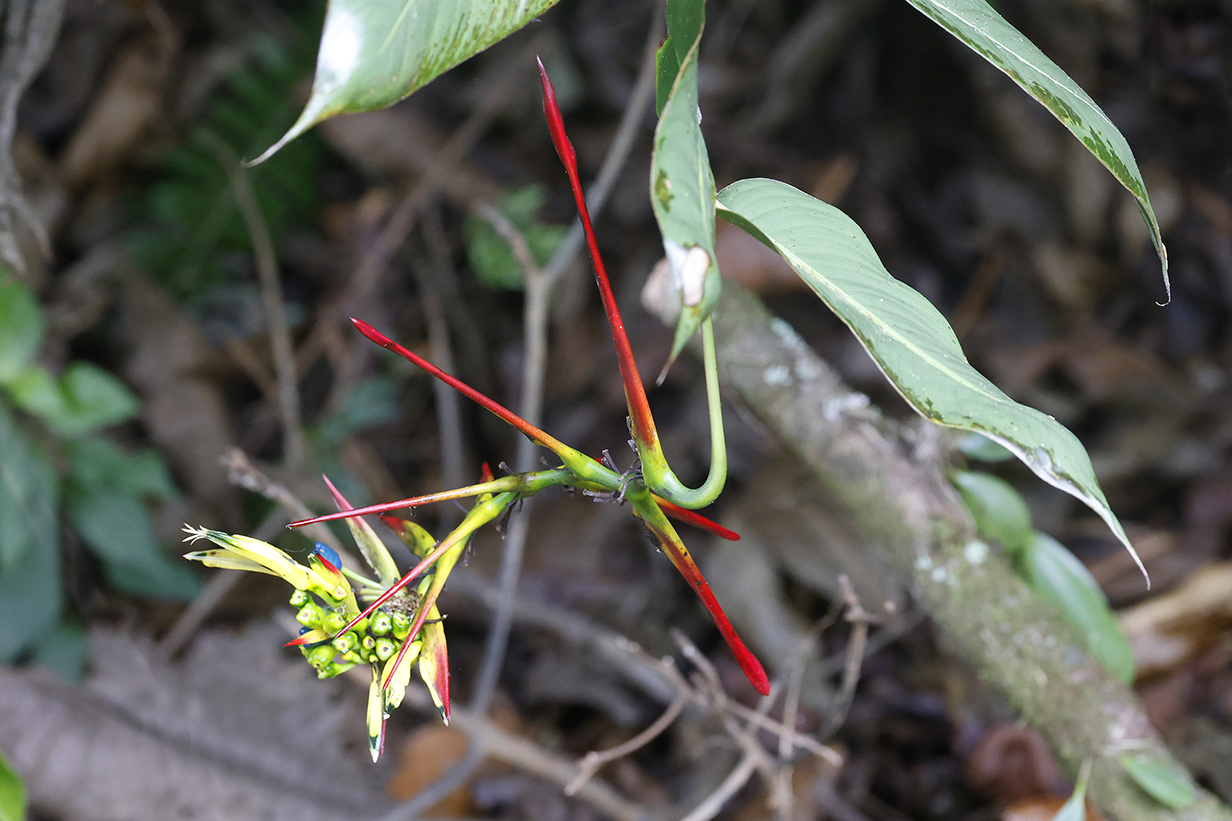
This is a strange flower that I saw on Day 6. There are many wonders in tropical forests that don't get recorded here and that I know almost nothing about. Many are beautiful and all are intriguing.
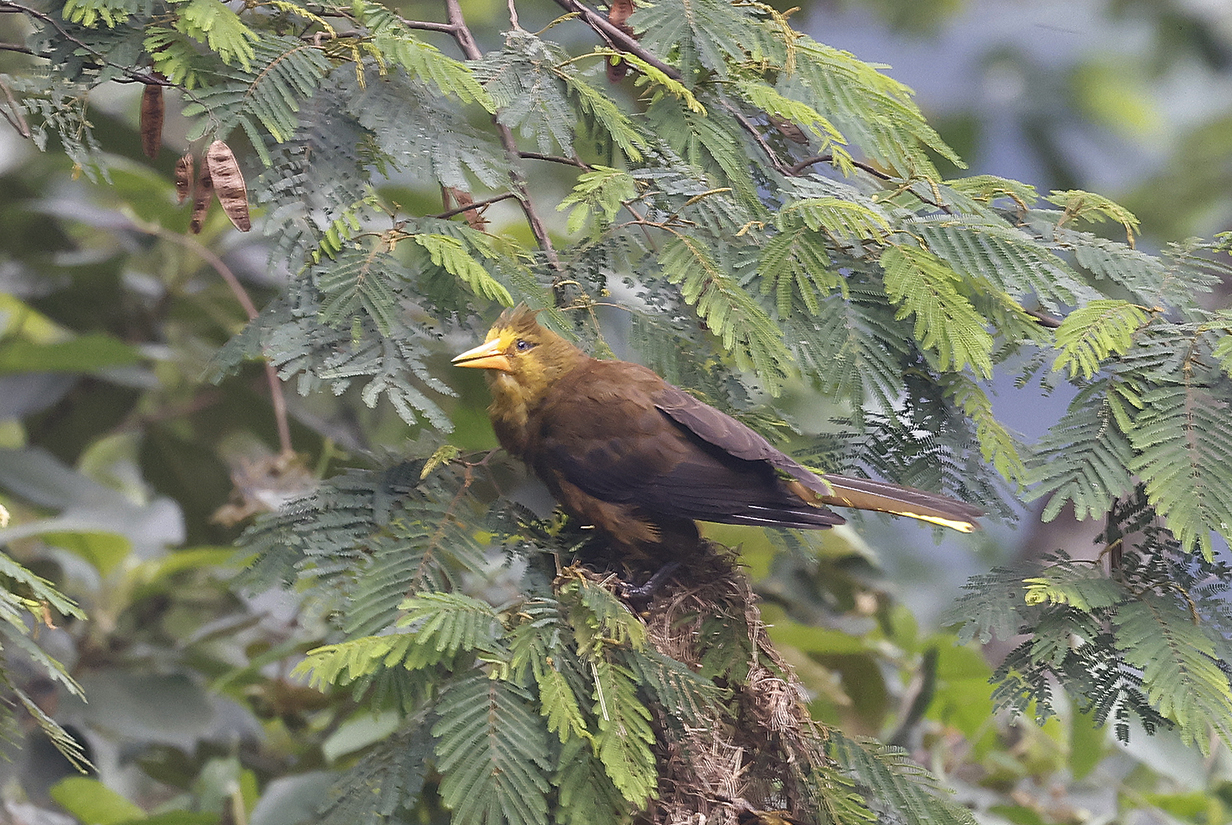
Russet-backed oropendola (It's a weird picture -- branches must have been shaking. The bird sits on top of a nest; another bird is in the nest below this frame and may also be shaking the nest. But the bird that I photographed looks OK. You can even see the bright yellow in the outer tail feathers. These birds were nesting in the valley in which the cocks-of-the-rock were lekking.)
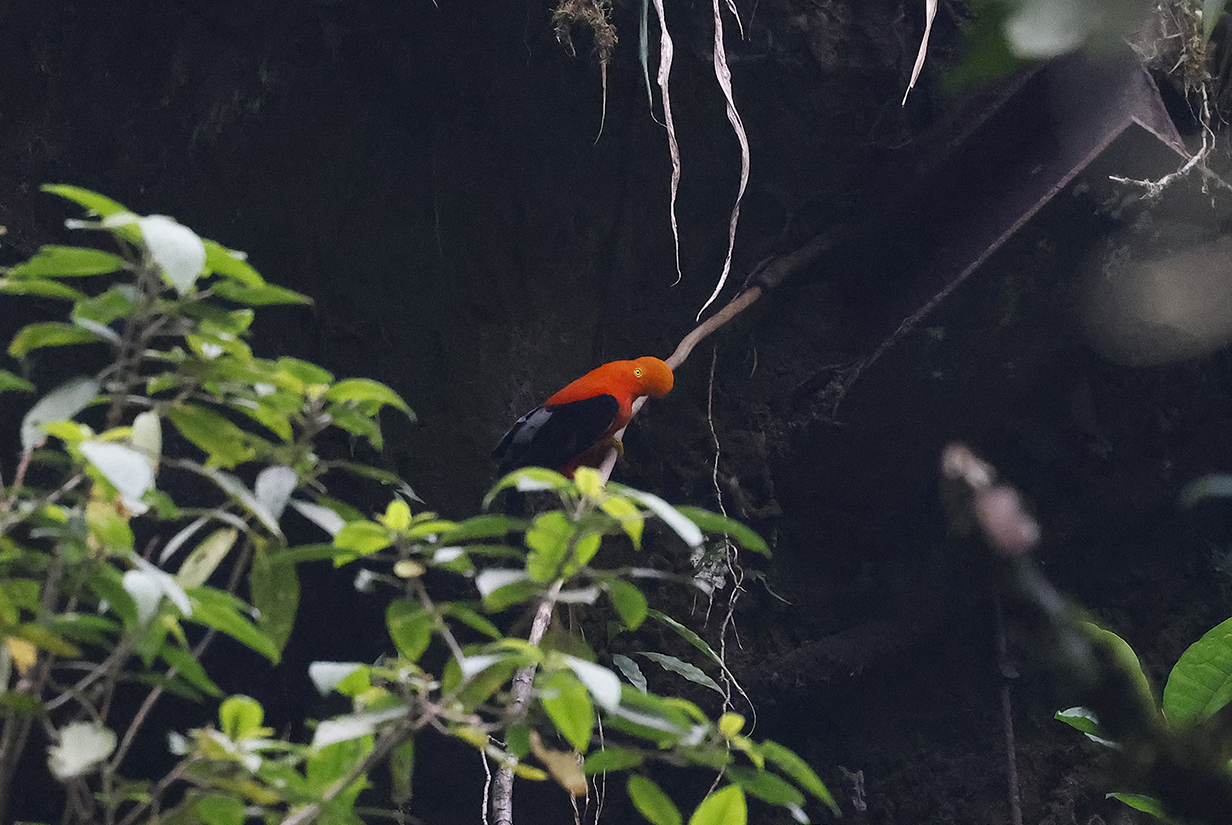
Andean cock-of-the-rock lekking. Also seen closer in Ecuador in 2017.
Day 7: March 4, 2024 -- AM near Santa Maria, Boyaca, PM drive back to Bogota
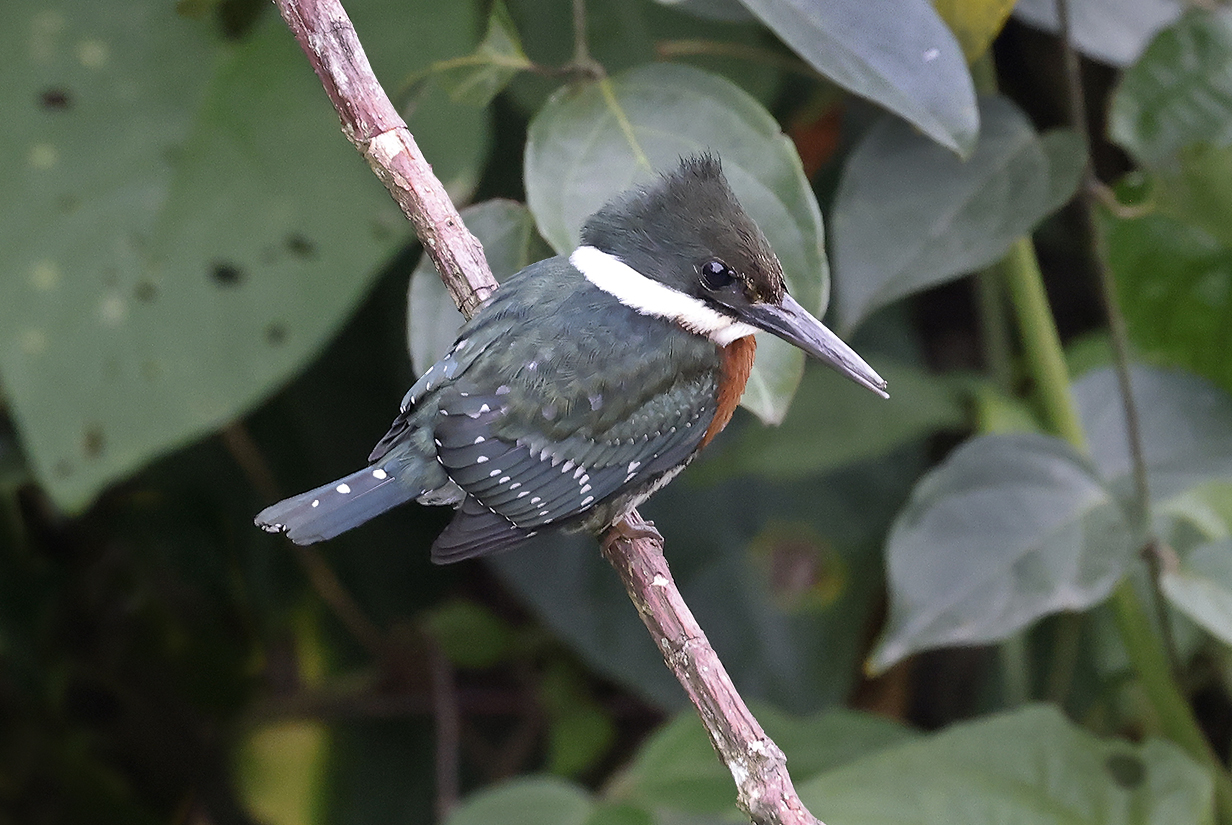
Green kingfisher (river bank below our hotel at Santa Maria de Boyaca)
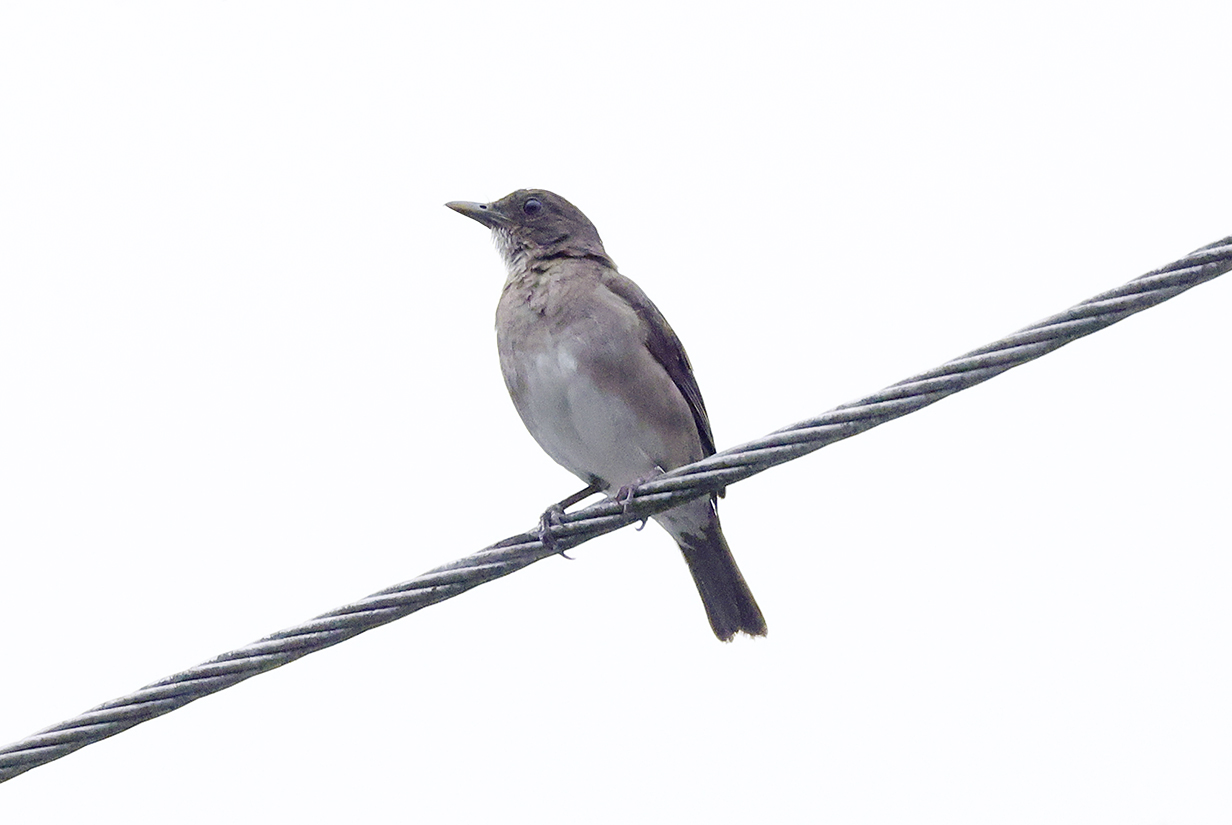
Black-billed thrush (poor picture against a very bright sky)
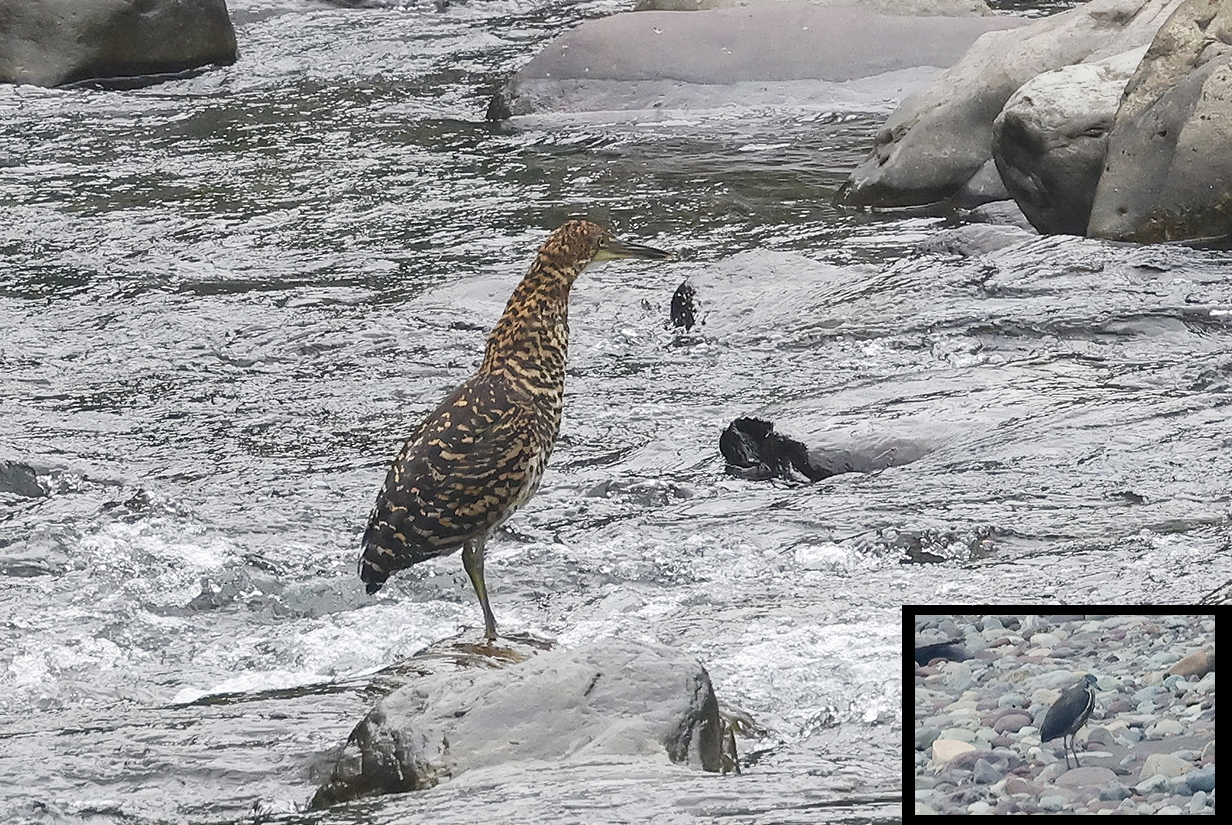
Fasciated tiger-heron (This is a juvenile seen on Day 7. The inset shows my life bird, an adult seen on day 4 but far away and photographed through a window in our bus. This is a bird that I have been looking for for many years.)
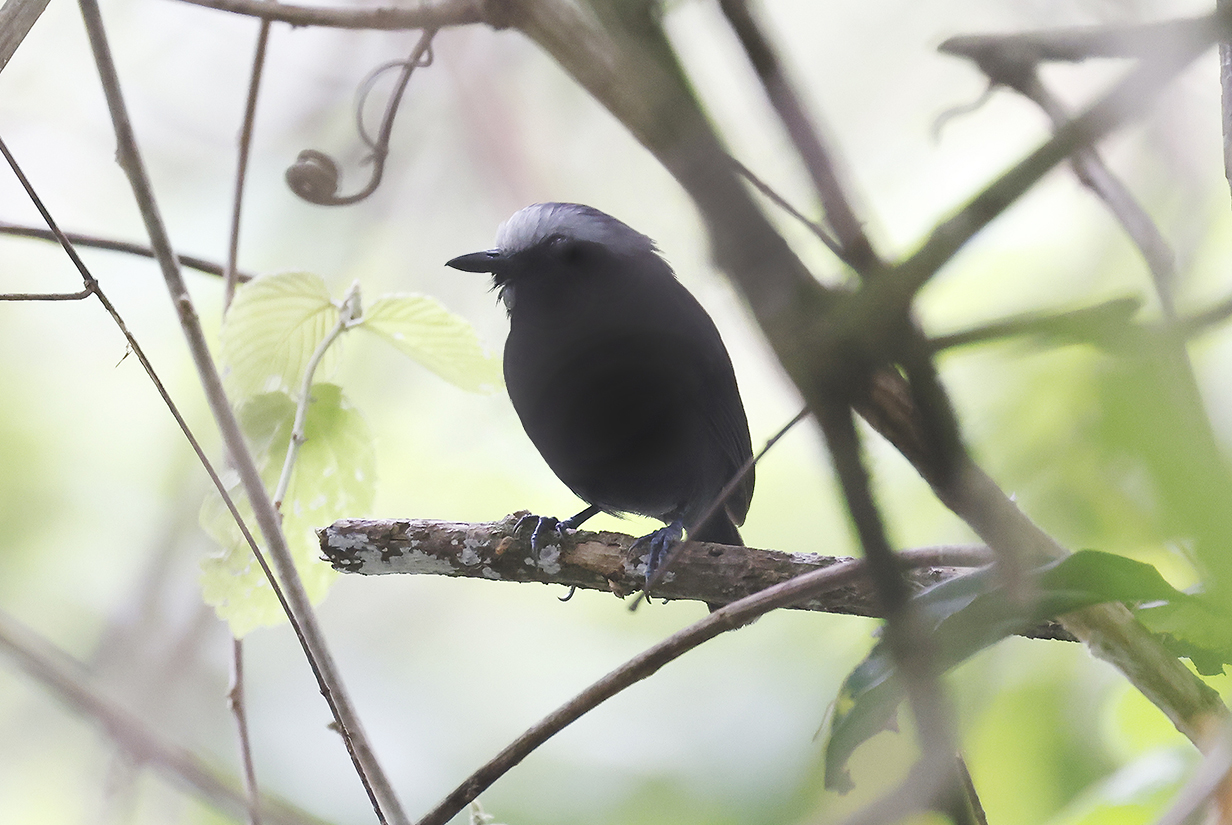
White-browed antbird (Black bird against light background is not ideal for photography.)

Slate-throated redstart
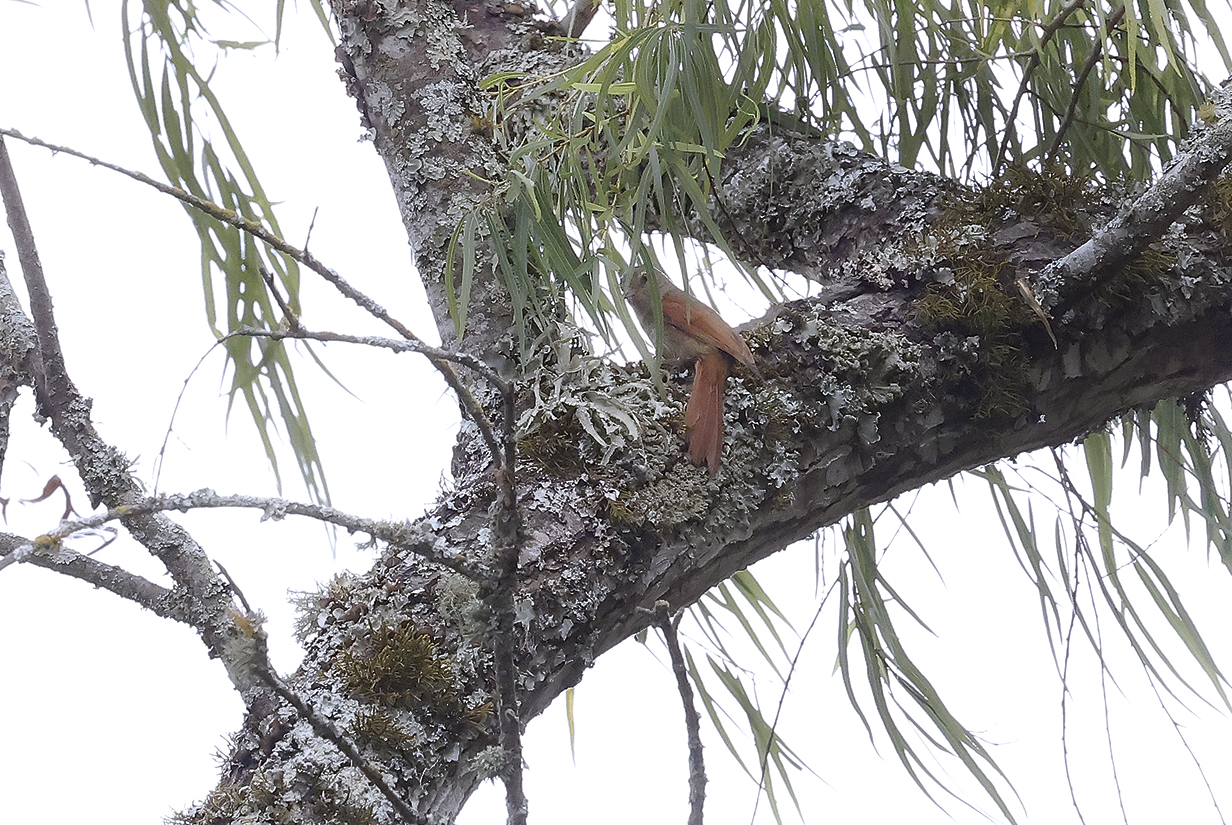
Crested spinetail (Terrible picture of my life bird, but the only one that shows its face, however badly. The bird was far away and foraging almost constantly, facing the tree trunk.)
Day 8: March 5, 2024 -- Bogota to Reserva Chicaque and on to Girardot
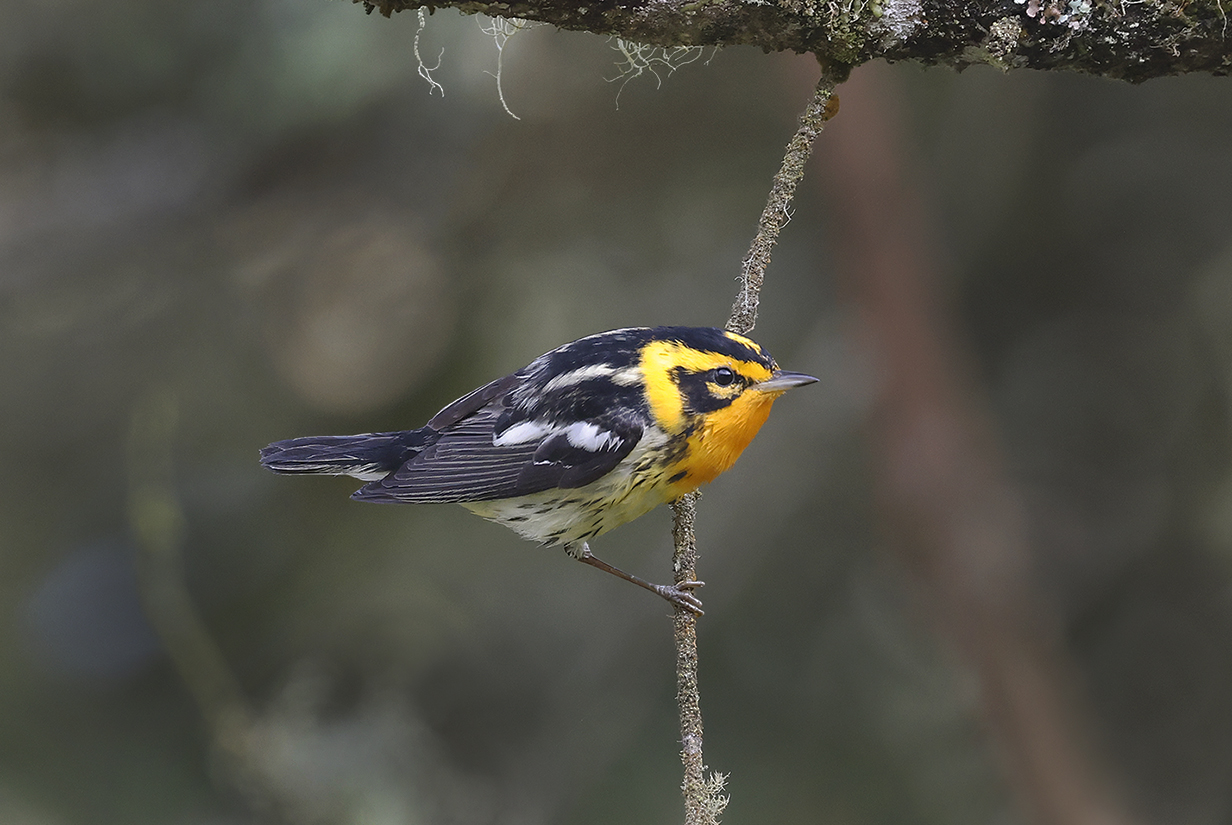
Blackburnian warbler (seen often during the trip)
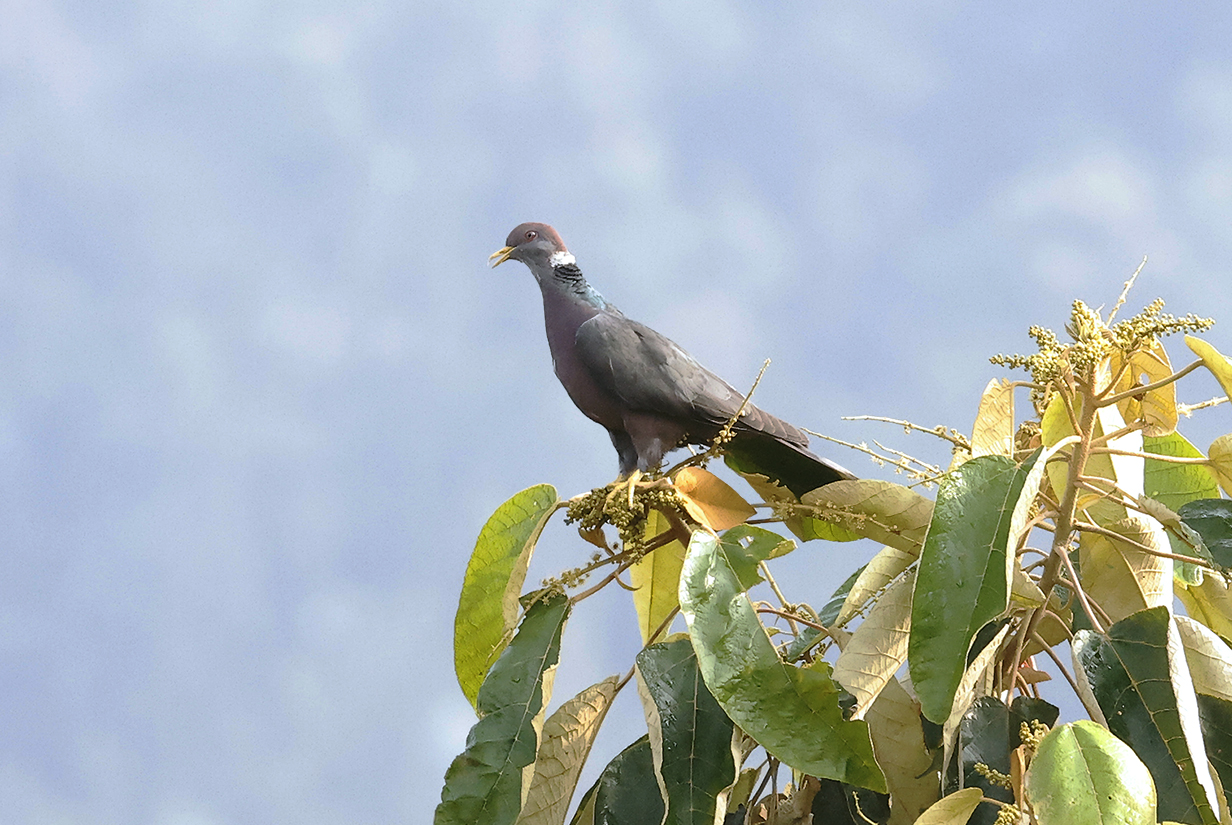
Band-tailed pigeon
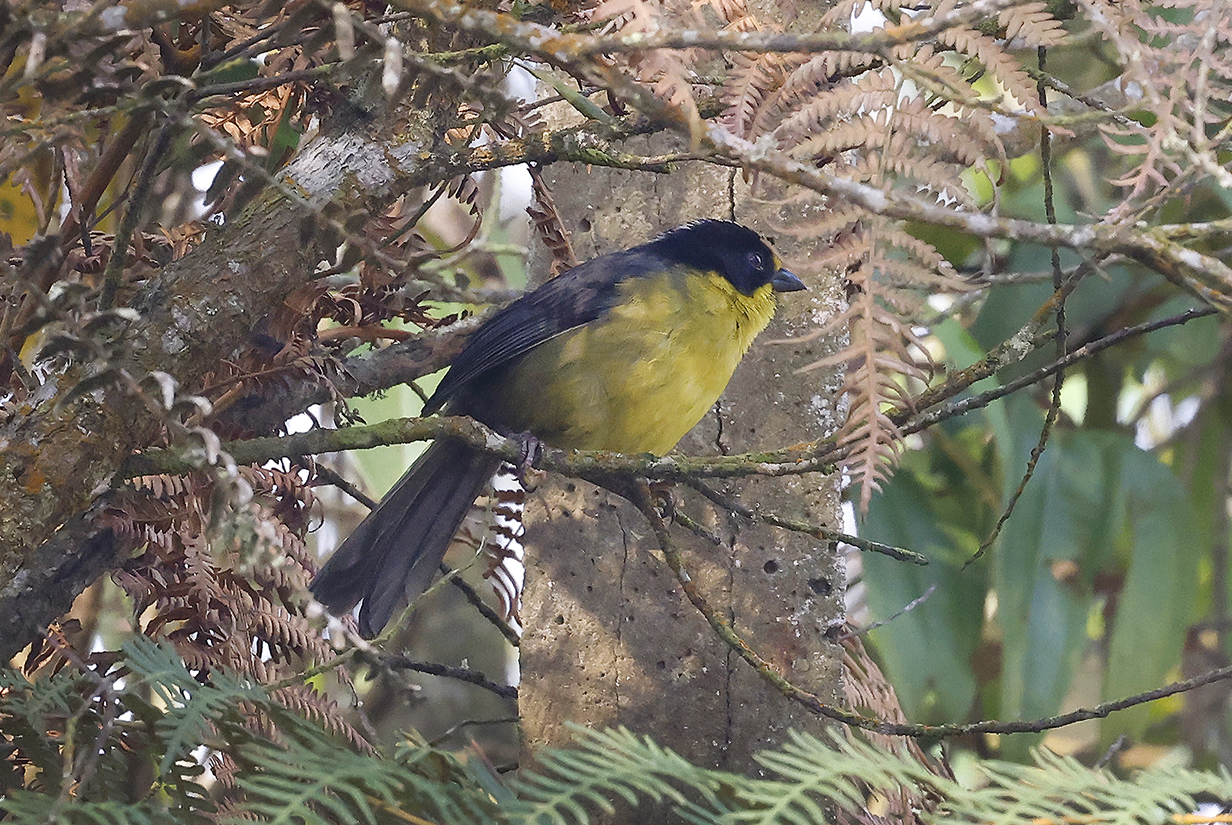
Pale-naped brushfinch (Because of the side-on angle, there is only a hint of the prominently yellow "front" and white nape stripe.)

Superciliaried hemispingus
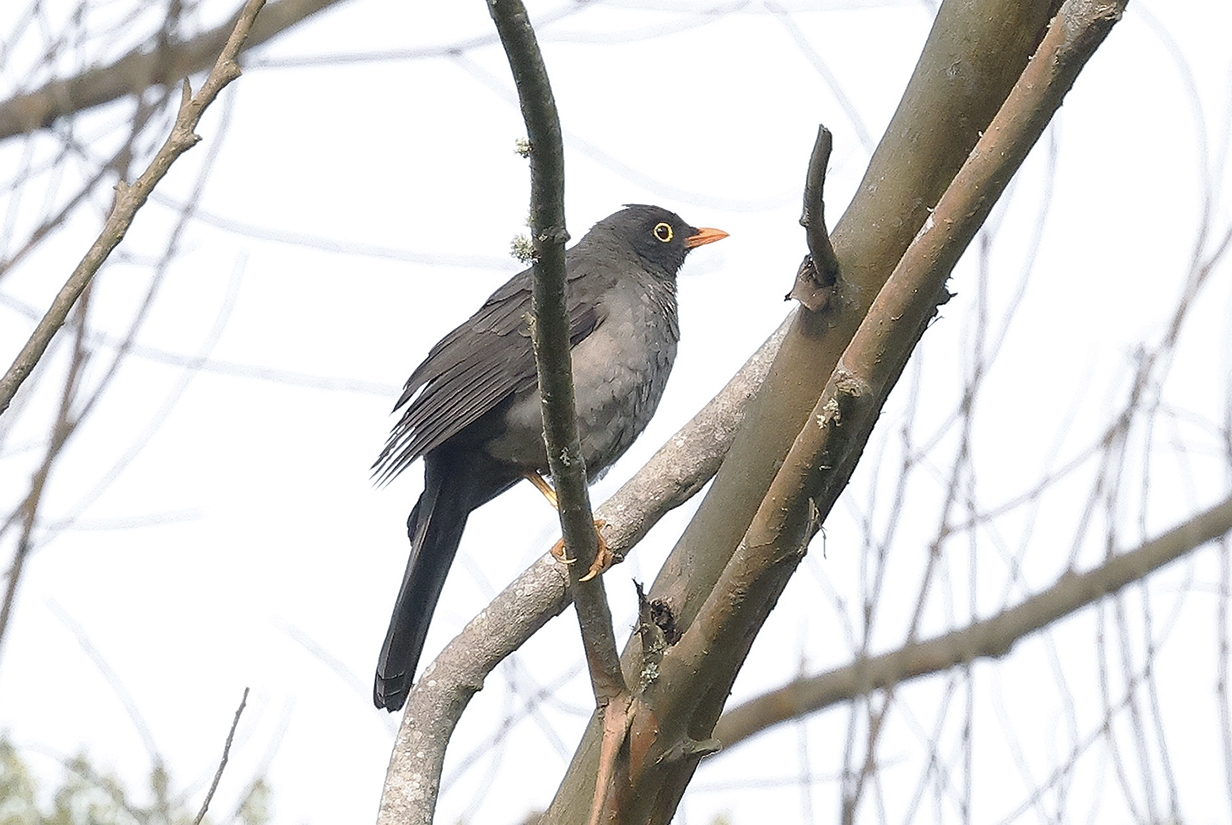
Great thrush (female)
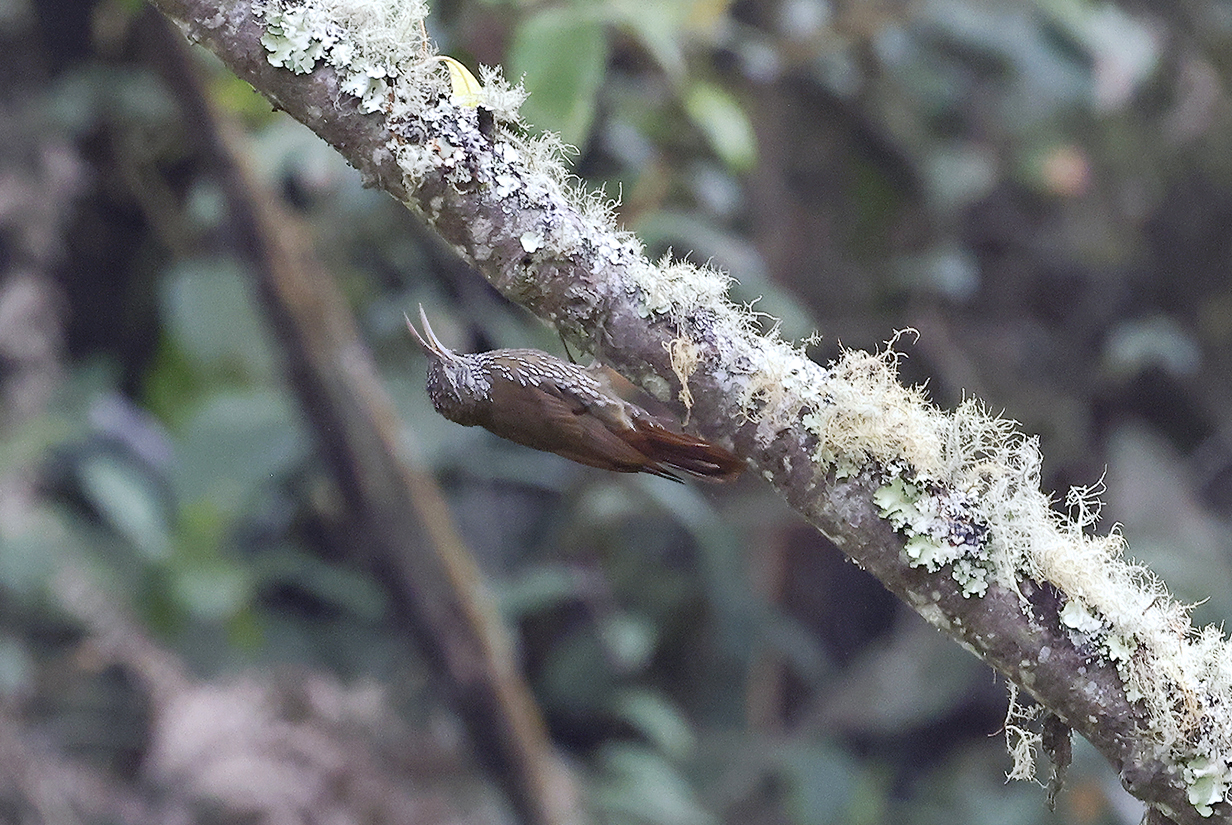
Montane woodcreeper
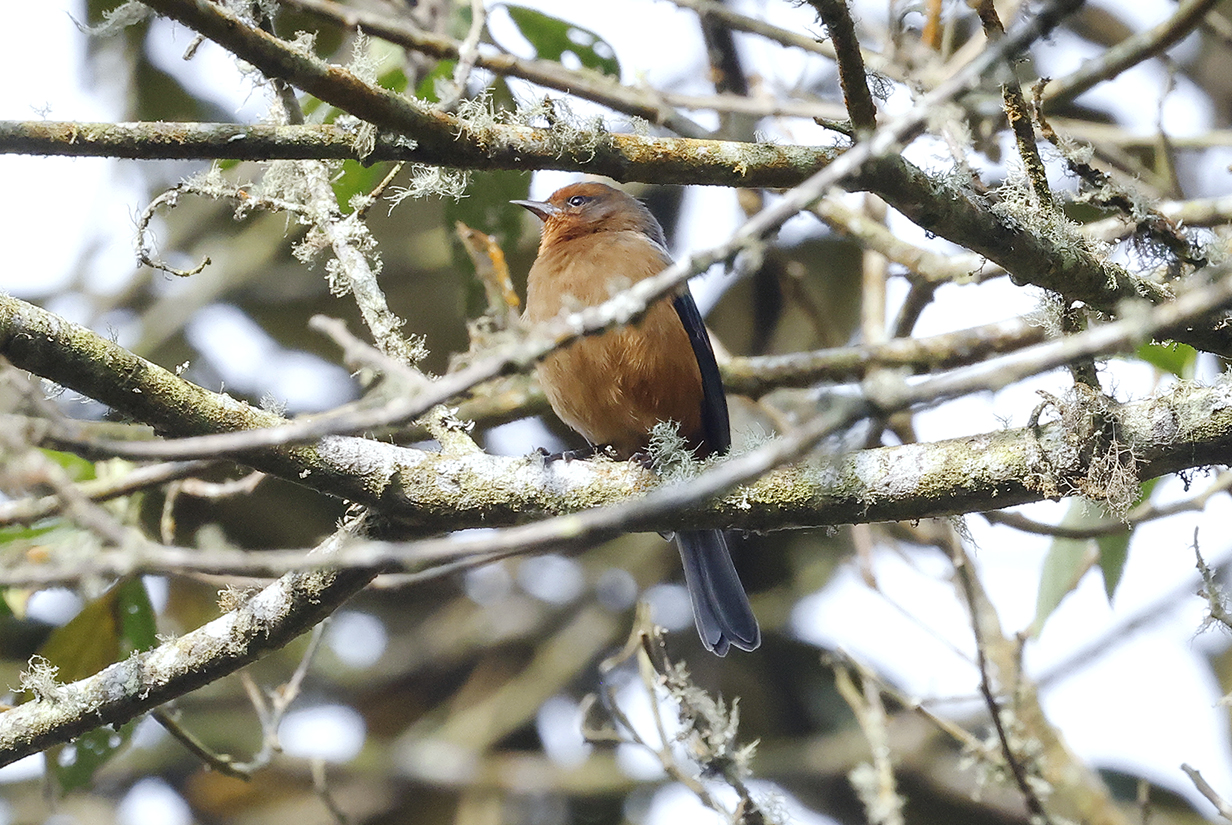
Rufous-browed conebill (This is my life bird.)
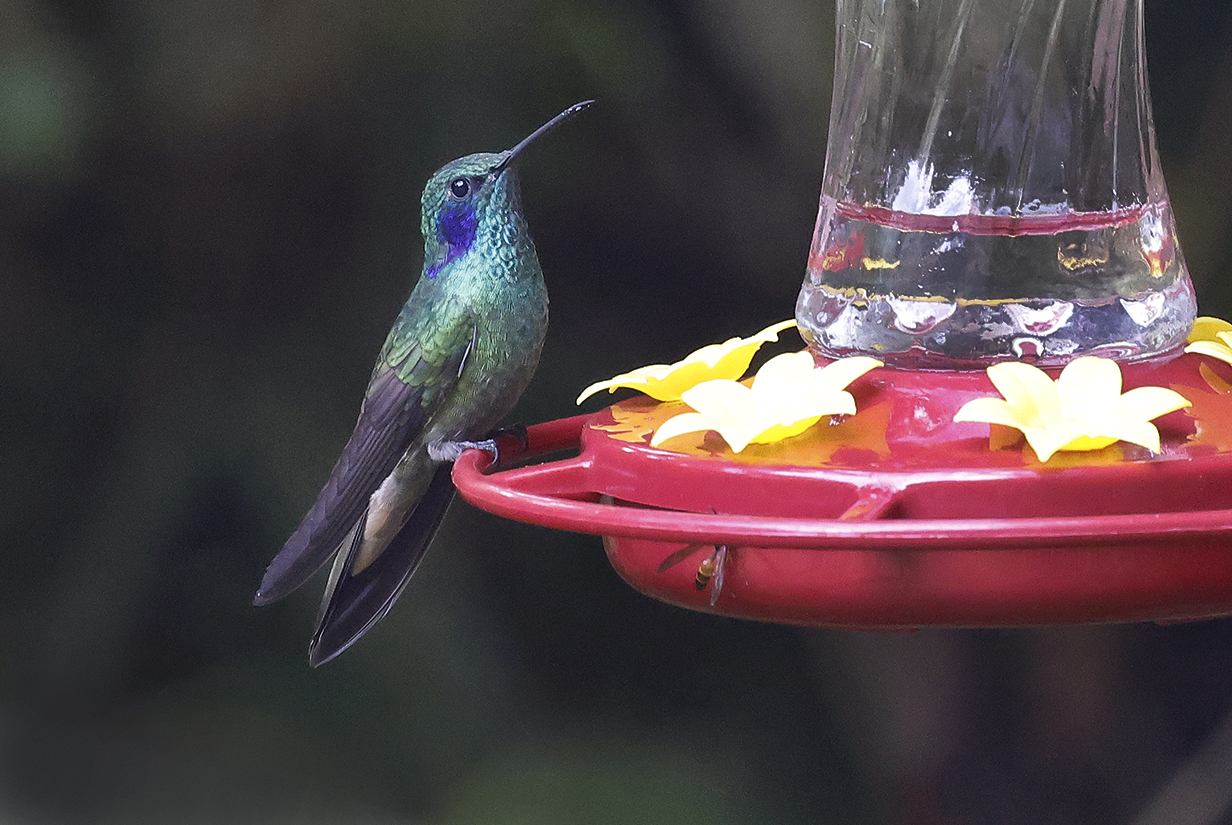
Lesser violetear

Golden-bellied starfrontlet (This is my life bird -- a Colombian near-endemic.)
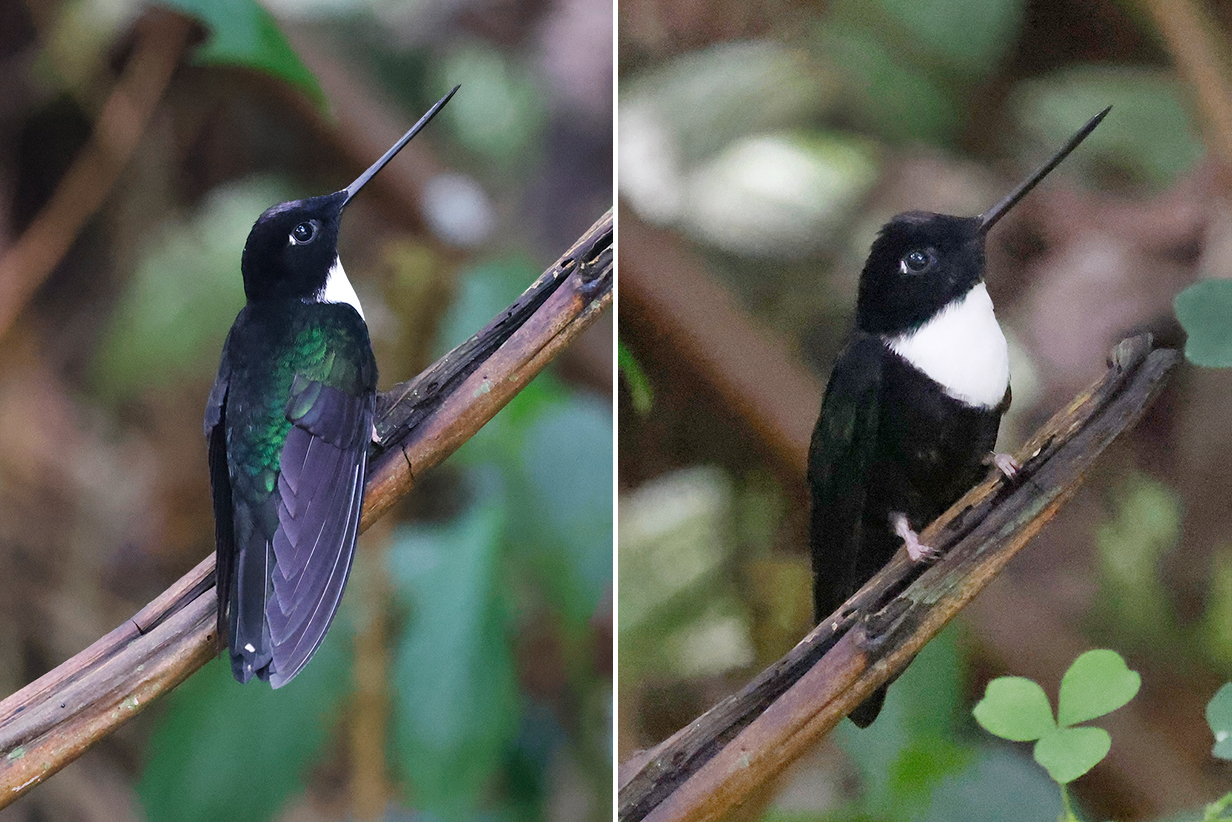
Collared inca

Ashy-throated chlorospingus
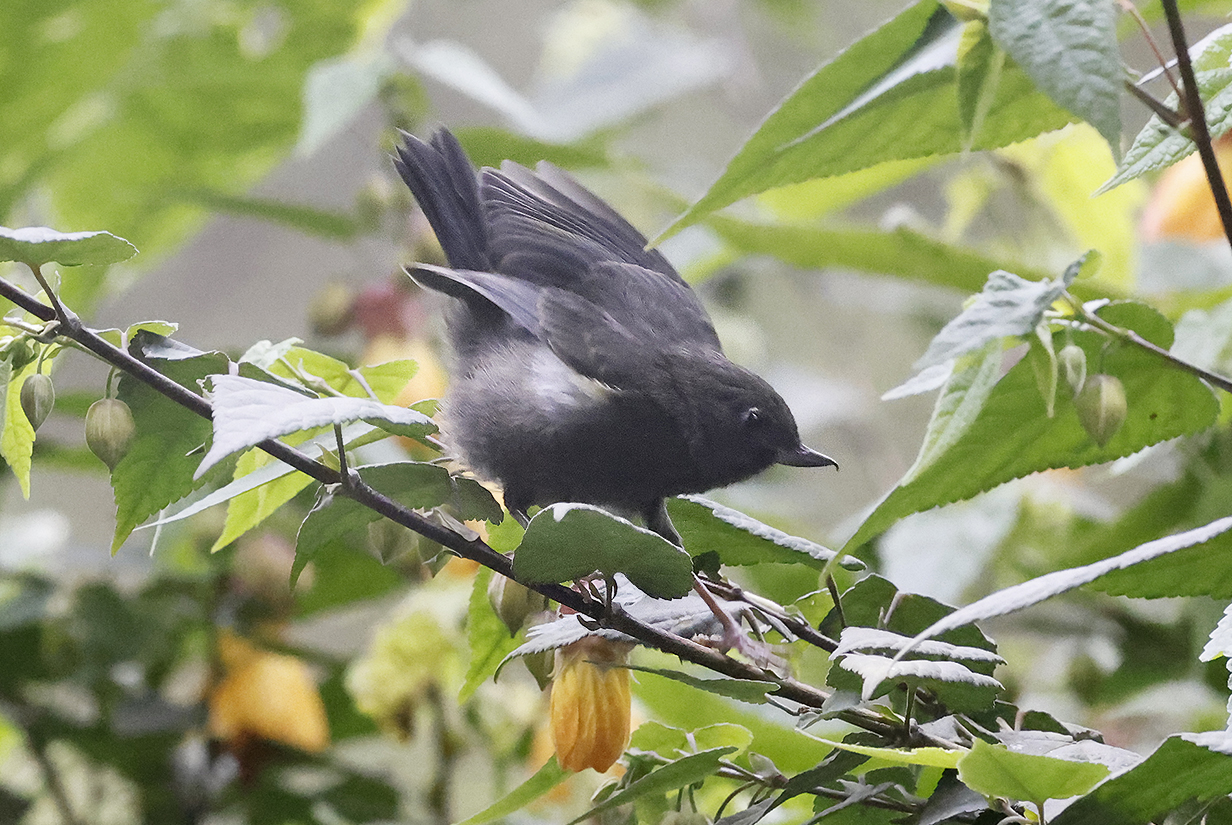
White-sided flowerpiercer
Day 9: March 6, 2024 -- Mana Dulce Reserva Natural (almost on the floor of the Magdalena Valley)
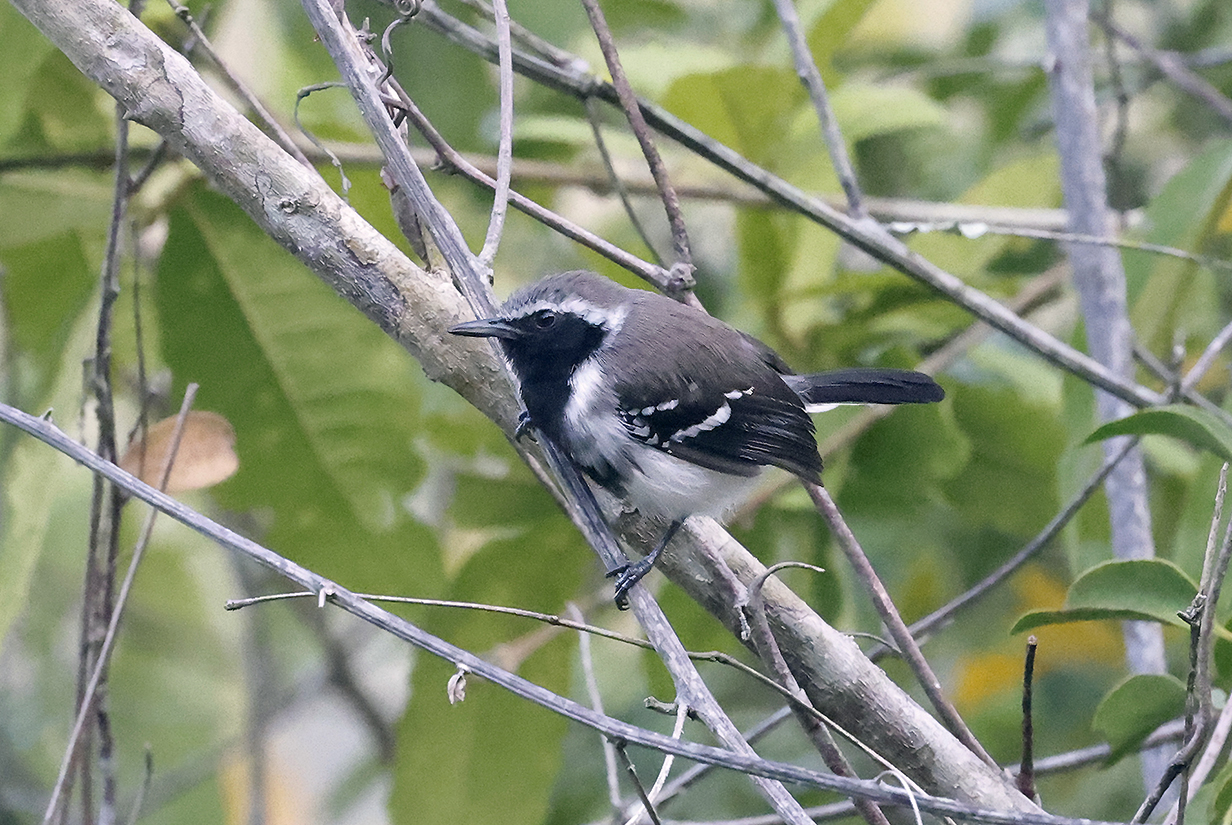
Northern white-fringed antwren (This male is my life bird.)
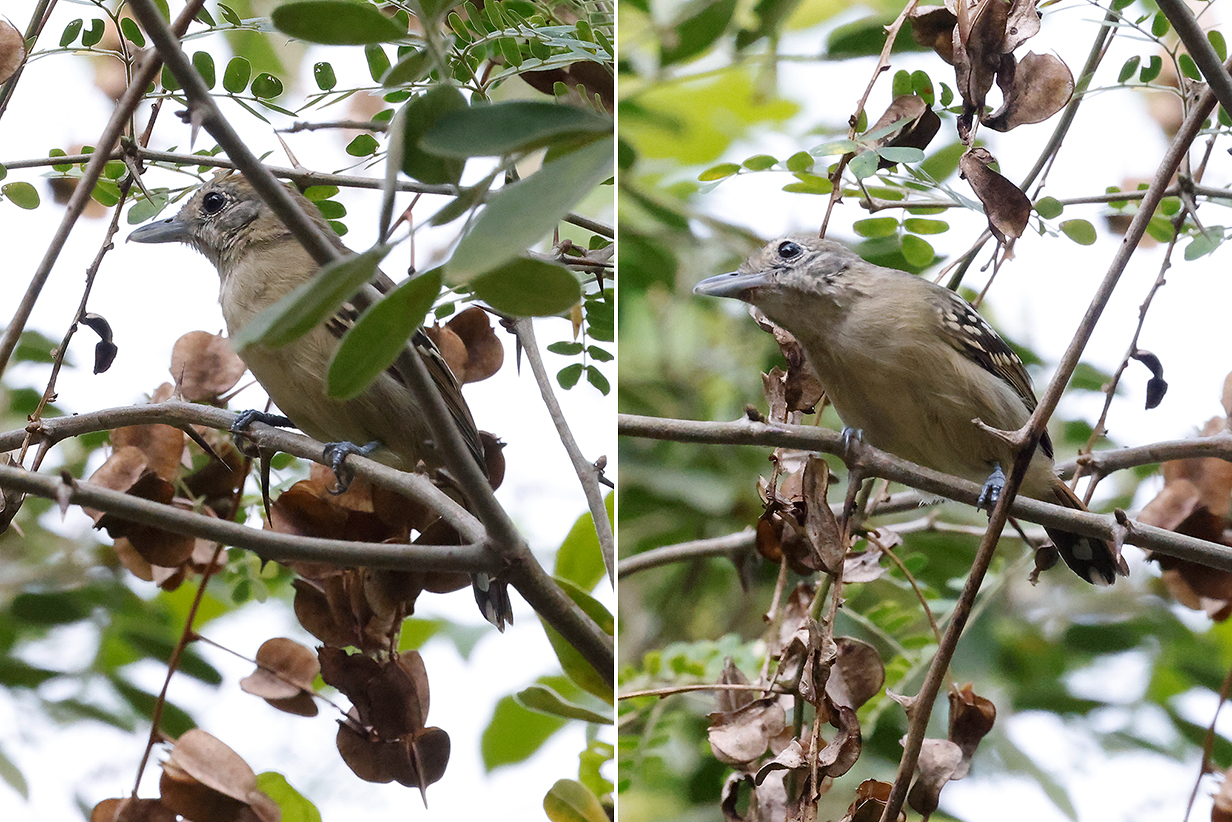
Black-crowned antshrike (female) (Thanks to Steve Hilty for correcting my "typo" -- the ID was correct in my day notes.)
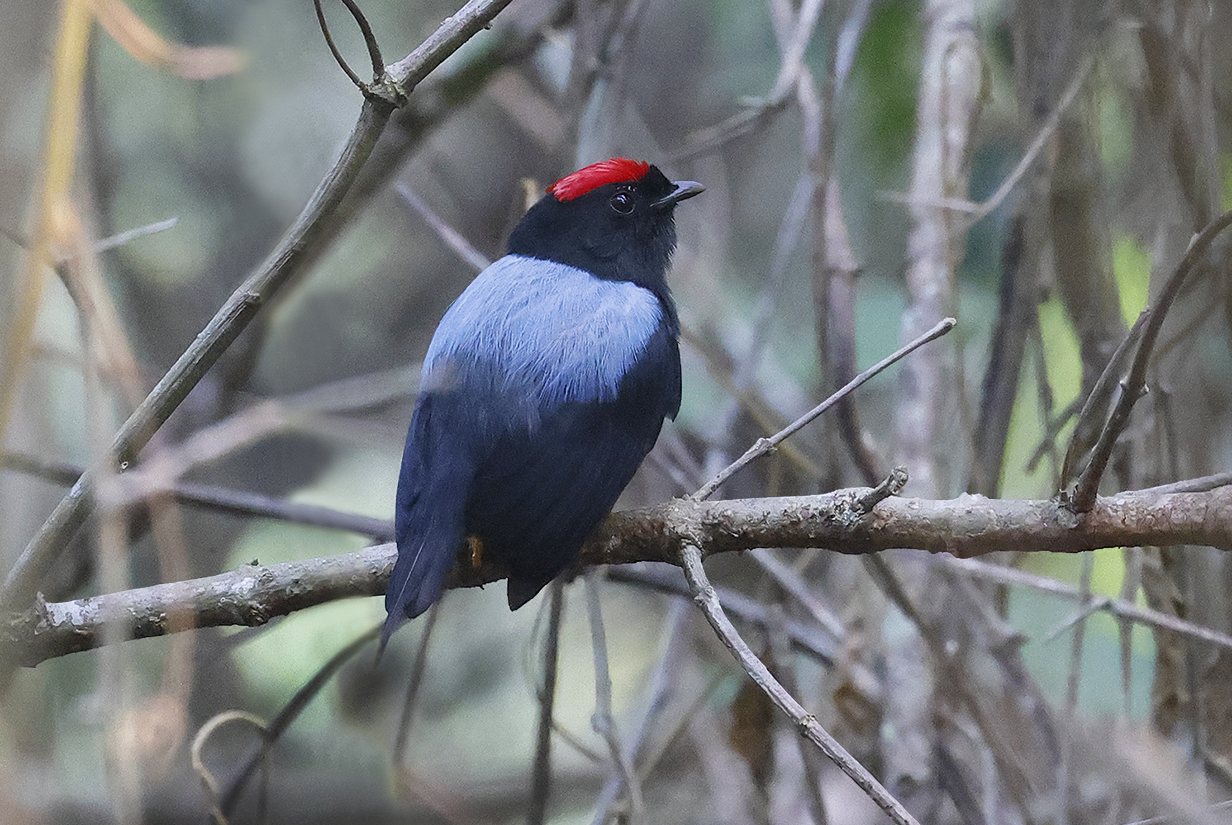
Lance-tailed manakin (This male is my life bird.)
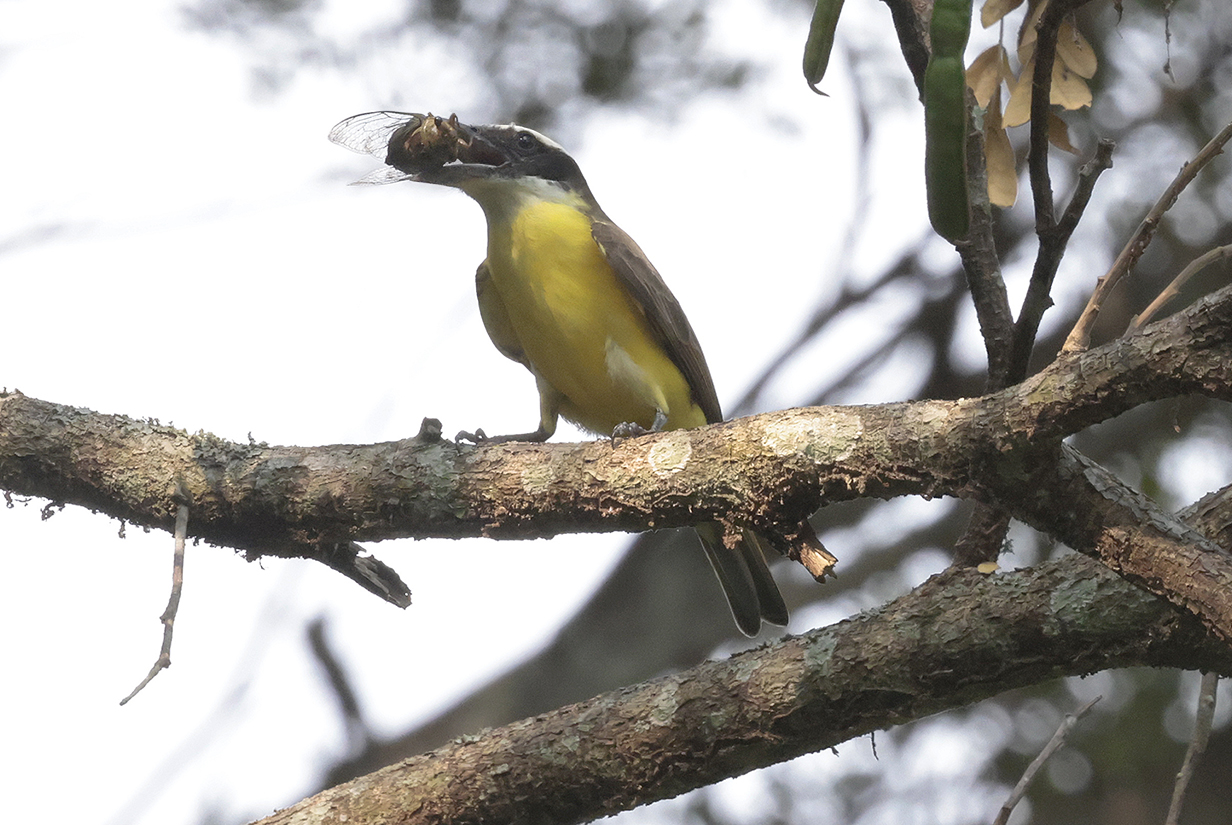
Boat-billed flycatcher with cicada

White-eared conebill (Not a good picture, but this is my life bird.)
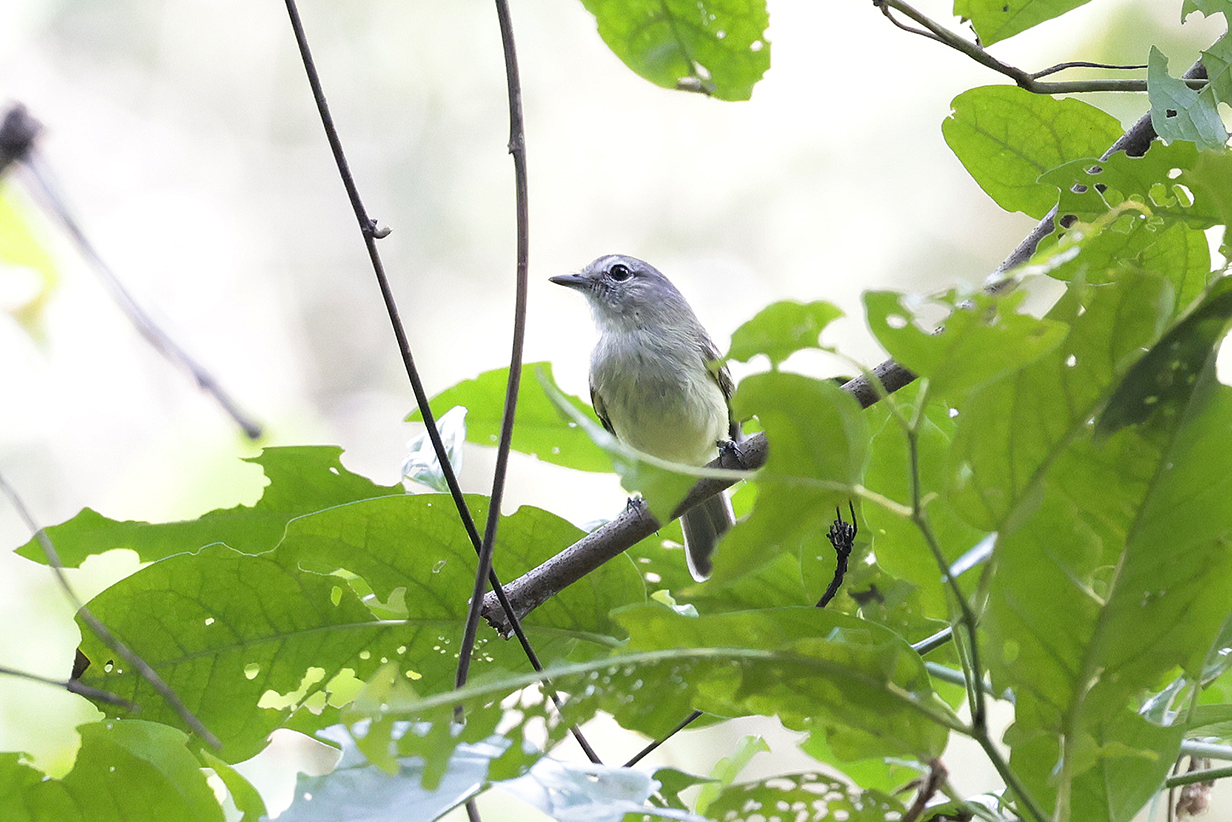
Greenish elaenia ... I think. Corrections welcome, if needed.
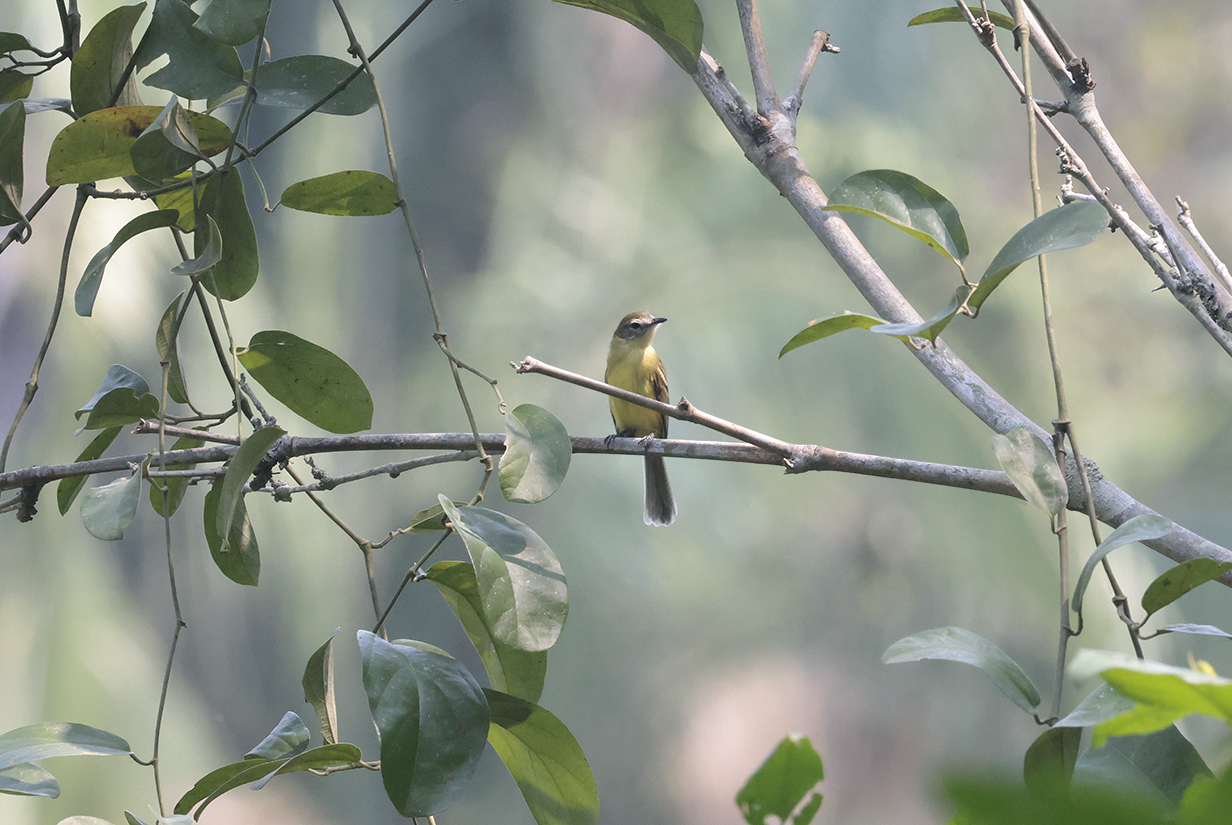
Yellow tyrannulet (This was "Flycatcher day".)
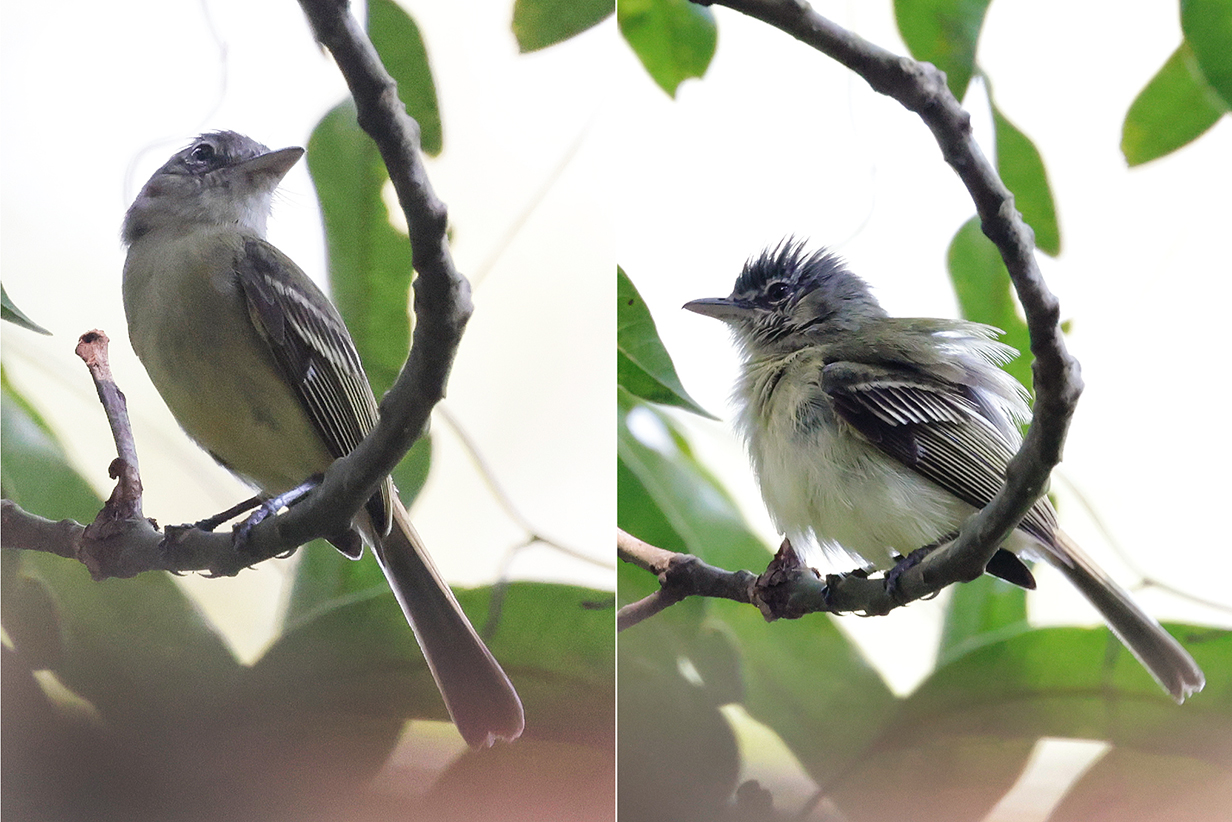
Yellow-olive flatbill
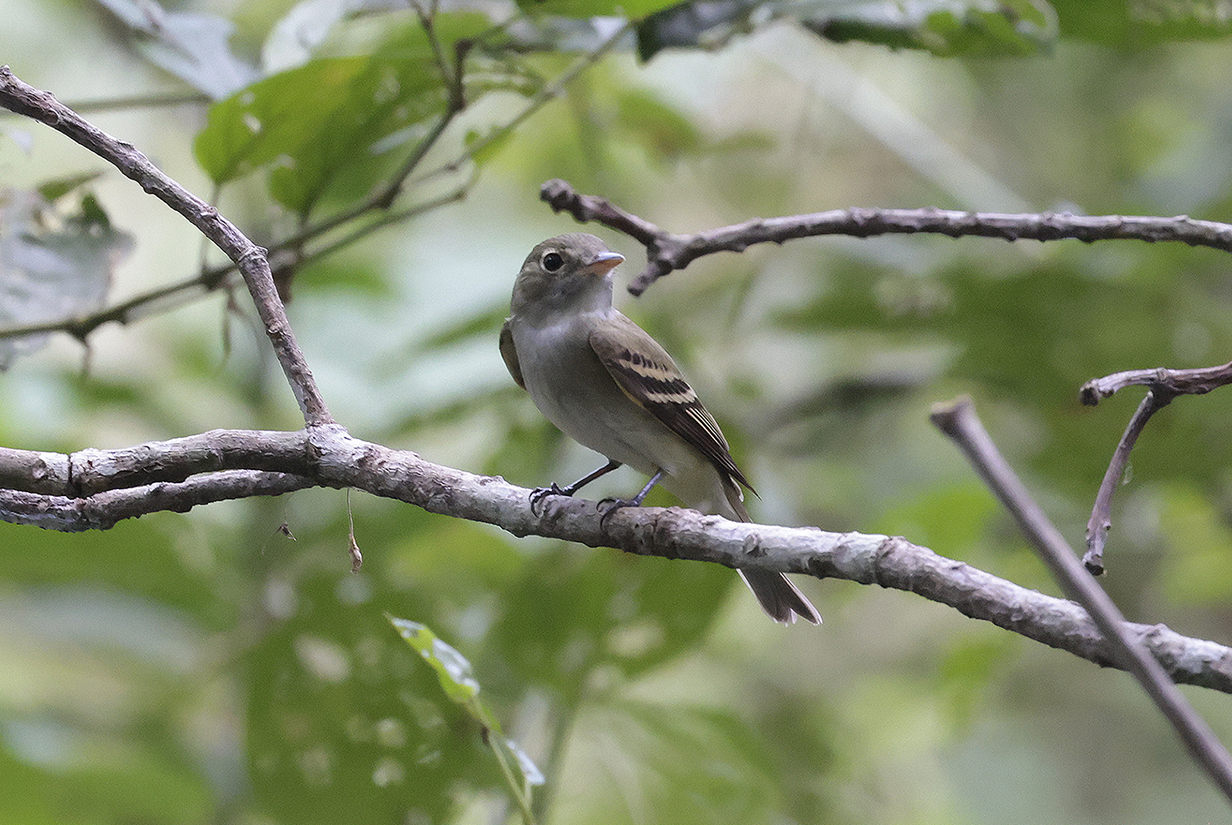
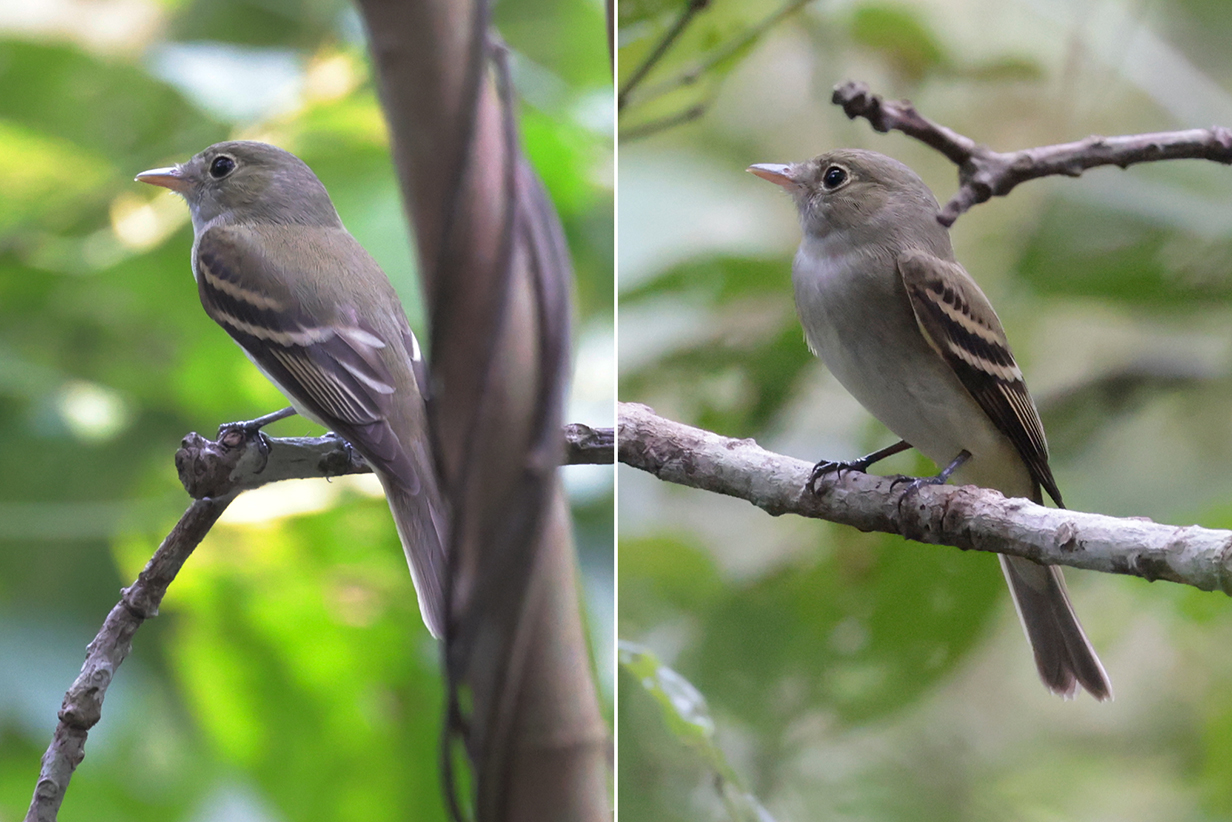
Acadian flycatcher on March 6, 2024. It was called "Fuscous flycatcher" at the time and later corrected by Steve Hilty based on these pictures. Since the bird did not call, there is a small uncertainty about which Empidonax species this is. However:
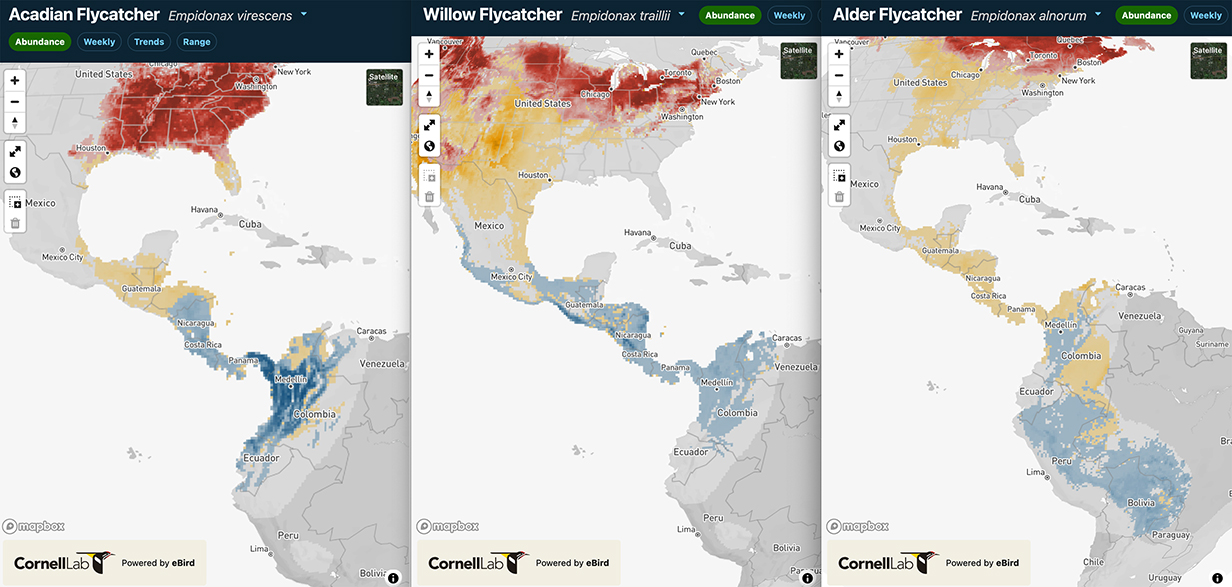
From eBird, here are the abundance maps of the 3 species that could be confused. Quantitative relative abundances can be read only using the interactive interface; it implies that, in the area of Mana Dulce Reserve, Acadian flycatcher is at least ~40 times as abundant as either Willow or Alder flycatcher. Steve's email about the classification is consistent: "My bet is that this is an Acadian Flycatcher, in part because it is by far the commonest Empidonax to spend the northern winter in Colombia. ... I think you are pretty safe calling it an Acadian Flycatcher." Hence the caption, above.
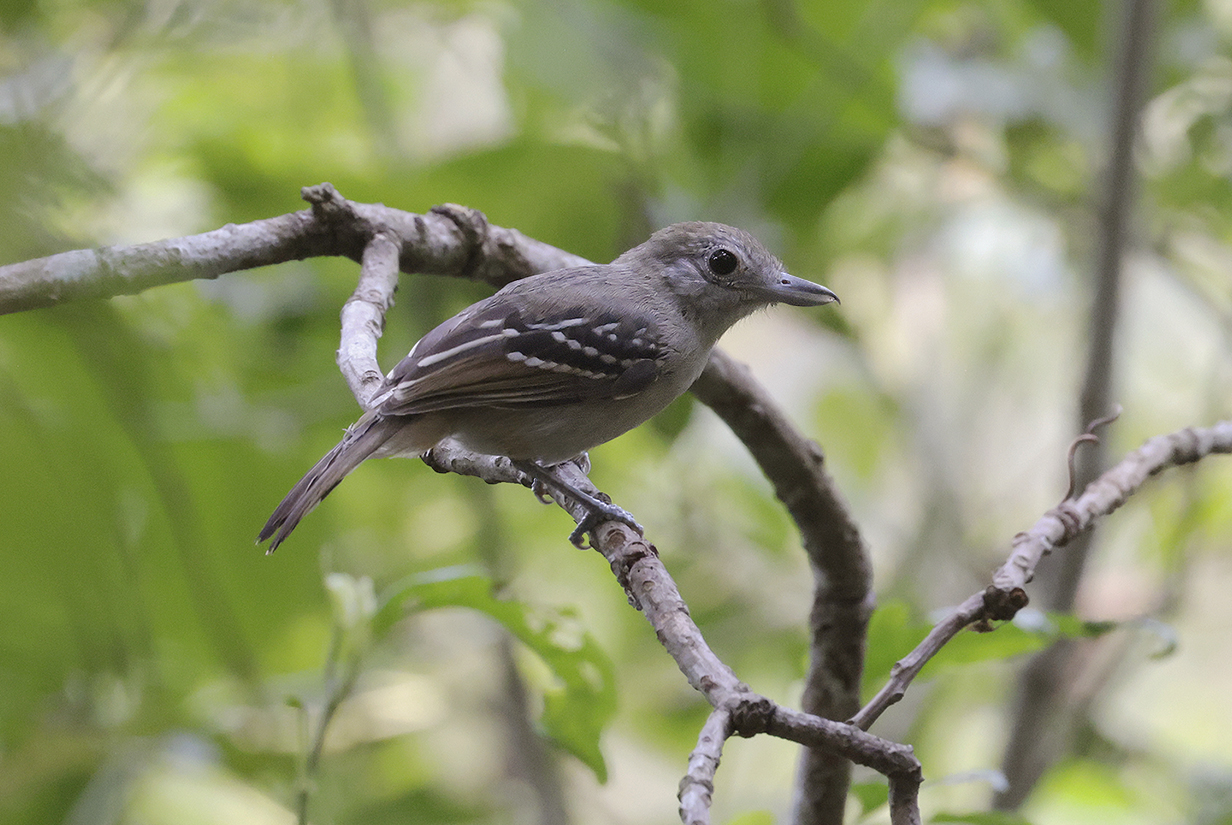
Black-crowned antshrike (female)
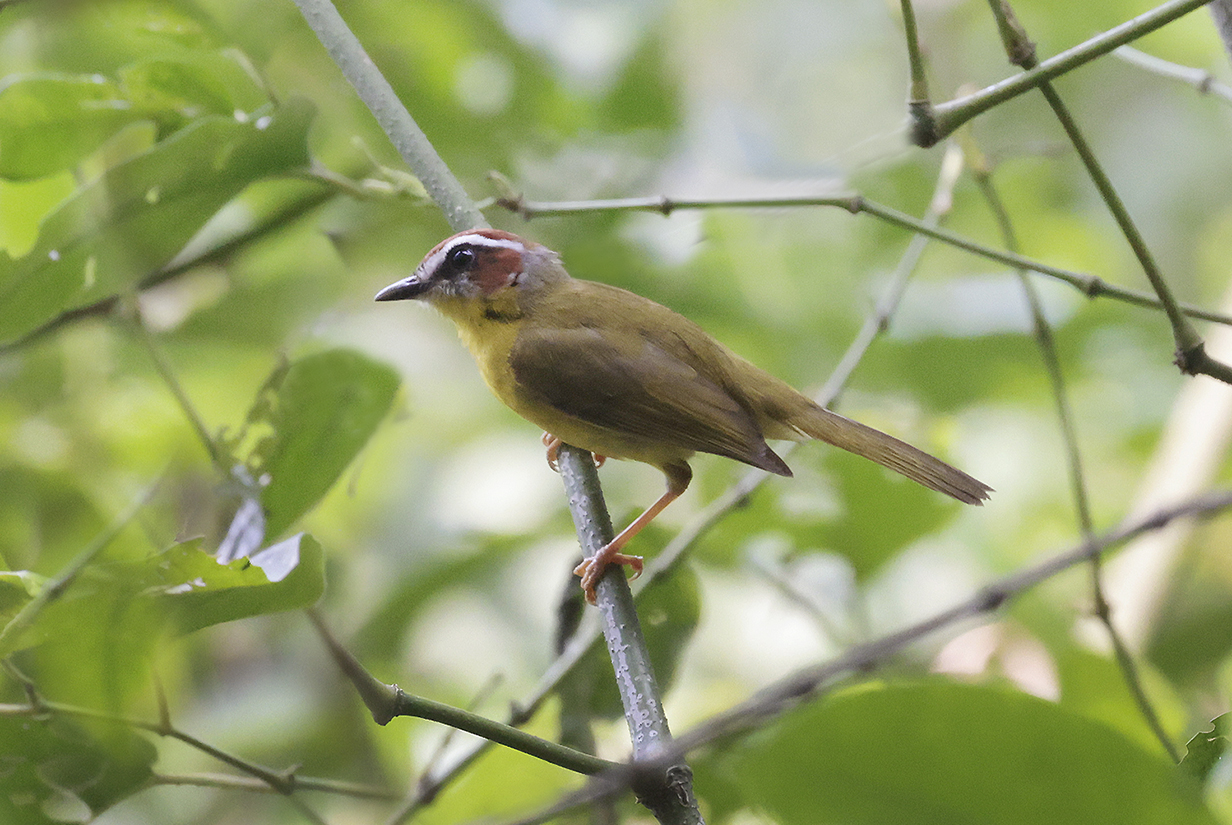
Chestnut-capped warbler
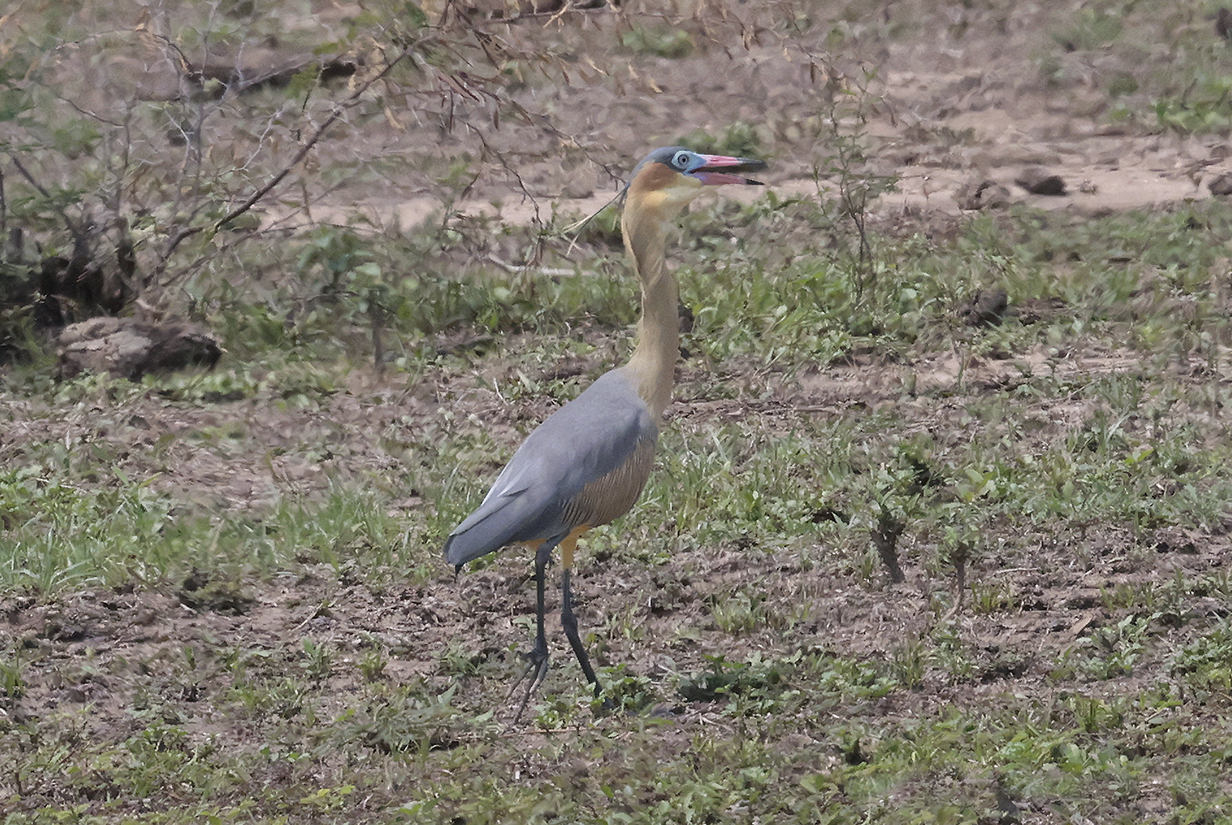
Whistling heron (Also in Brazil.)
Day 10: March 7, 2024 -- Low Stop: Retorno de los Colibris (6400 ft altitude)
High Stop: Reserva ProAves Loro Fuertesi (10,780 feet altitude)
The birding potential for today was superb, with a low stop for hummingbirds, a very special intermediate breakfast stop for Yellow-eared parrot and a high stop again (at least for us slow folks) for hummingbirds. Unfortunately, the road was very bad. Our vehicle had to go more slowly than others, because I had trouble with many hours of hard shaking. So we arrived at all stops too late to have time to see much. I got one life bird -- the above parrot -- and pictures of some hummingbirds. For me, this was the hardest day of the trip.
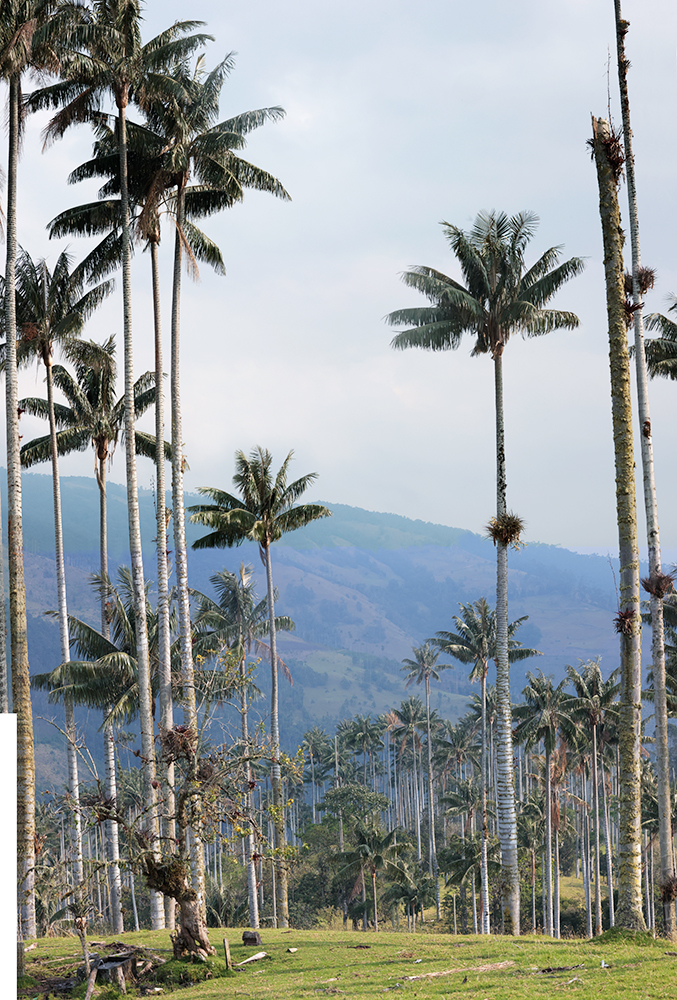
Wax palms -- the habitat necessary for Yellow-eared parrot. Two other species of parrot showed up here, too. This was at our breakfast stop at about 8860 feet altitude.
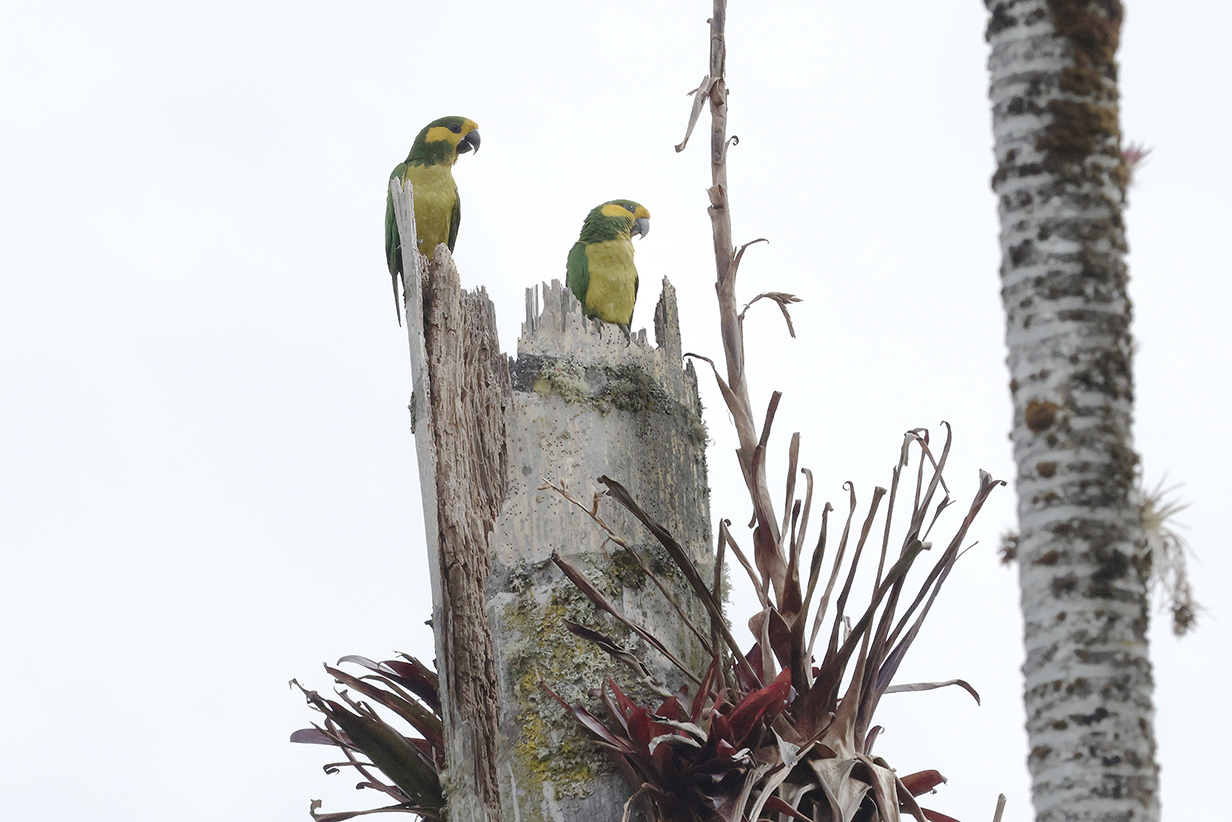
Yellow-eared parrot (These are my life birds -- Colombian endemics.)
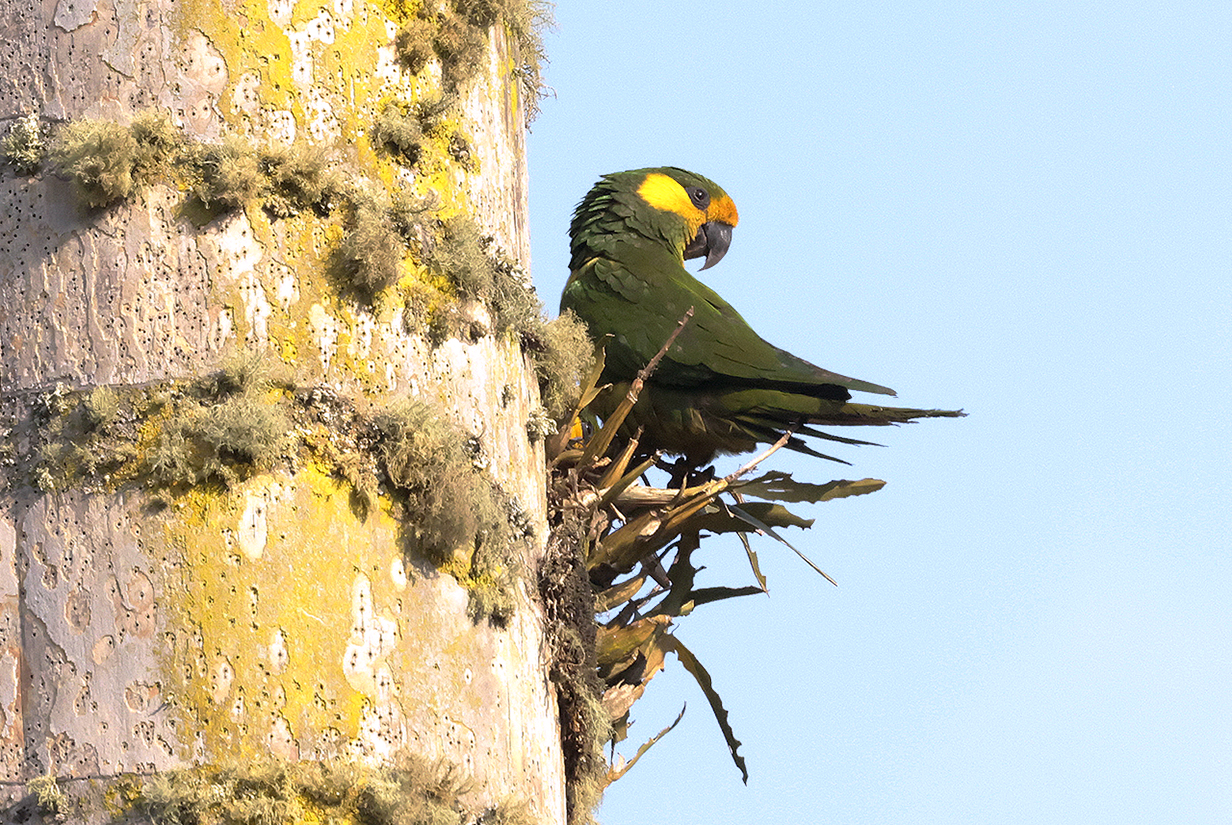
Yellow-eared parrot
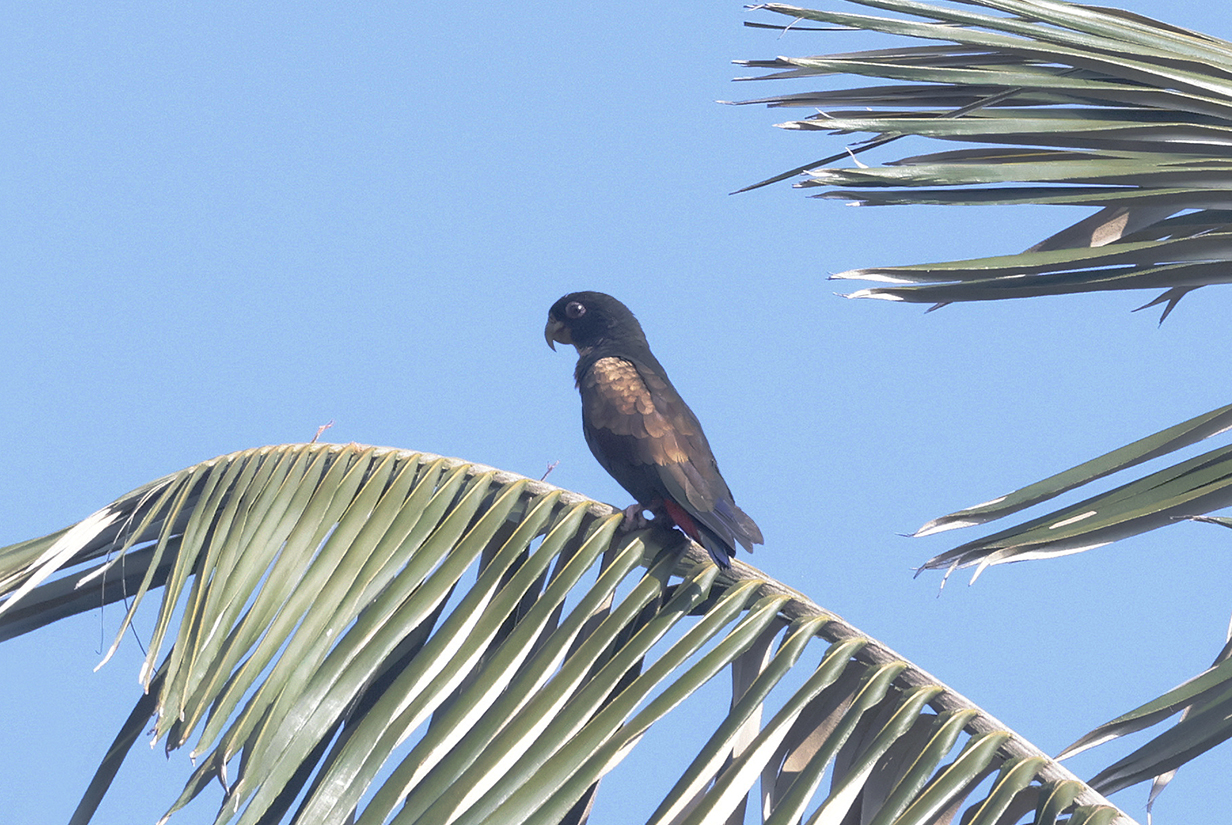
Bronze-winged parrot
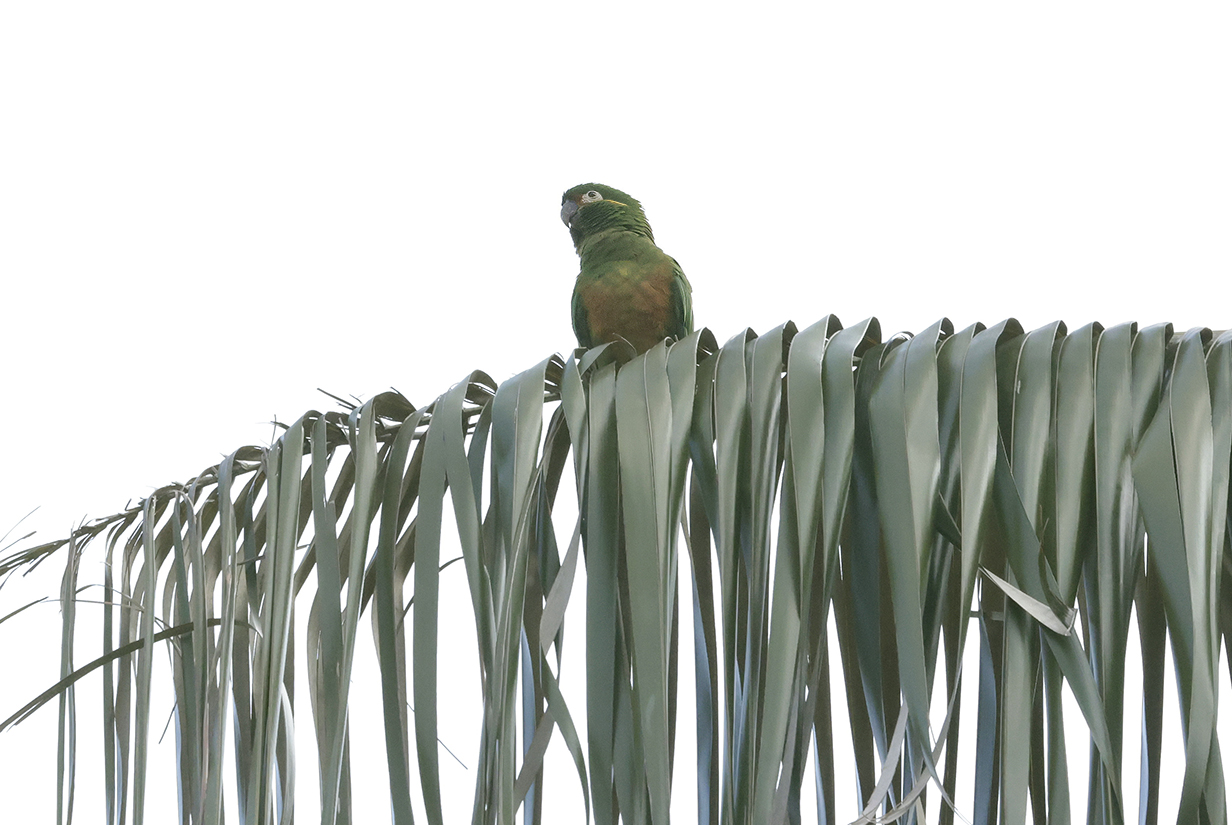
Golden-plumed parakeet in a Wax palm
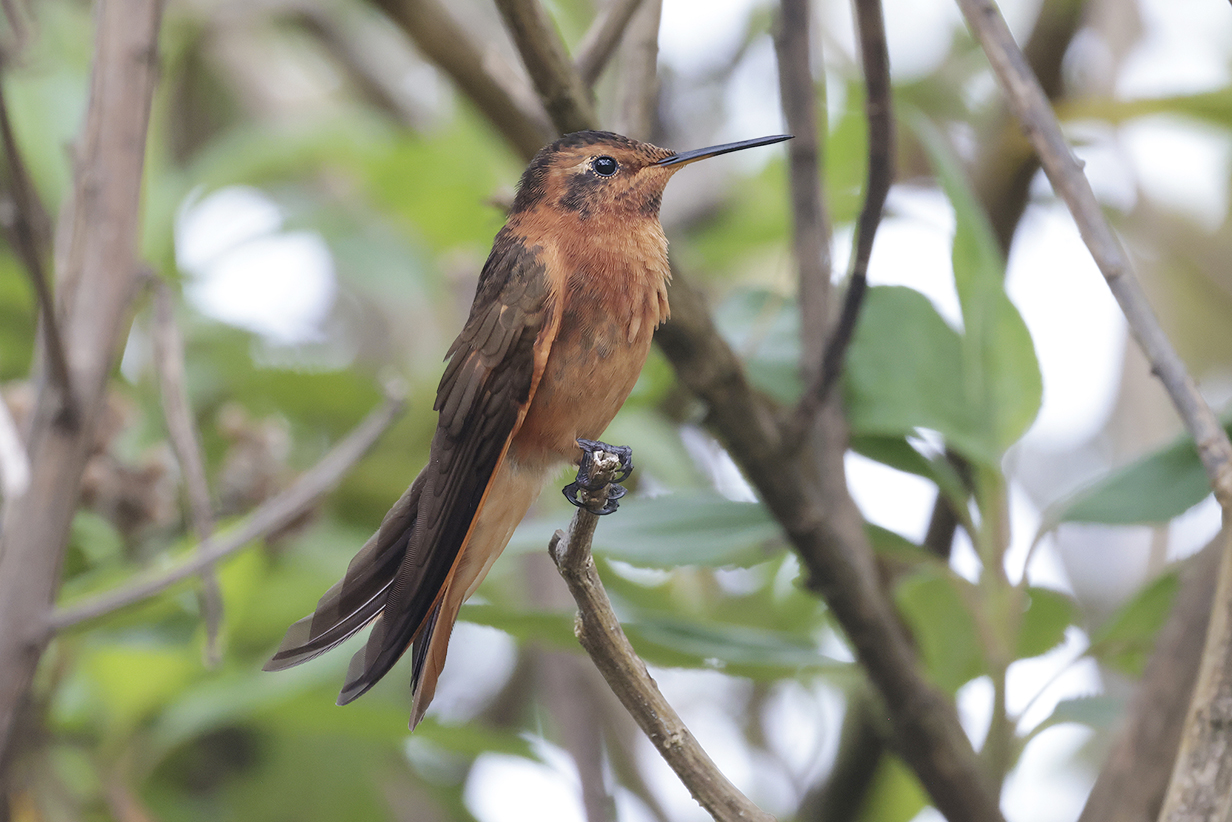
Shining sunbeam at our high point (also in Ecuador in 2021).
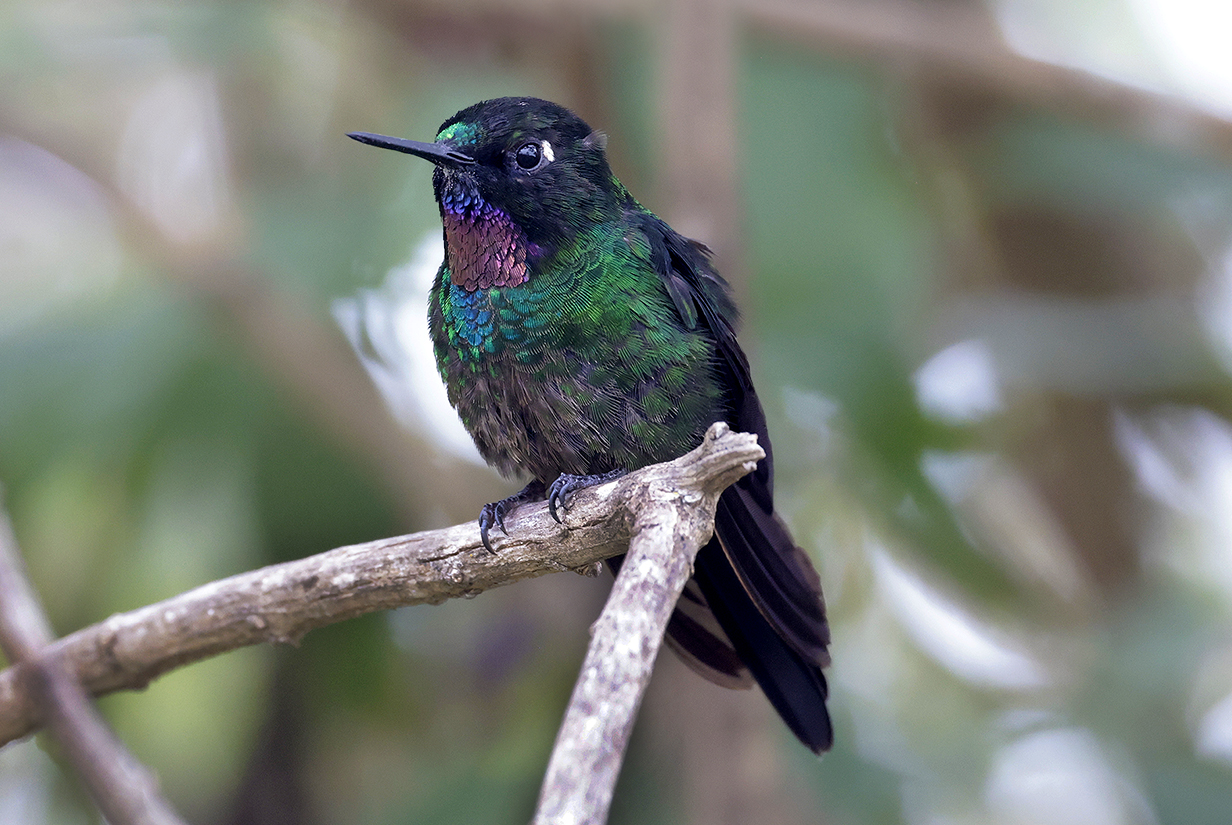
Tourmaline sunangel
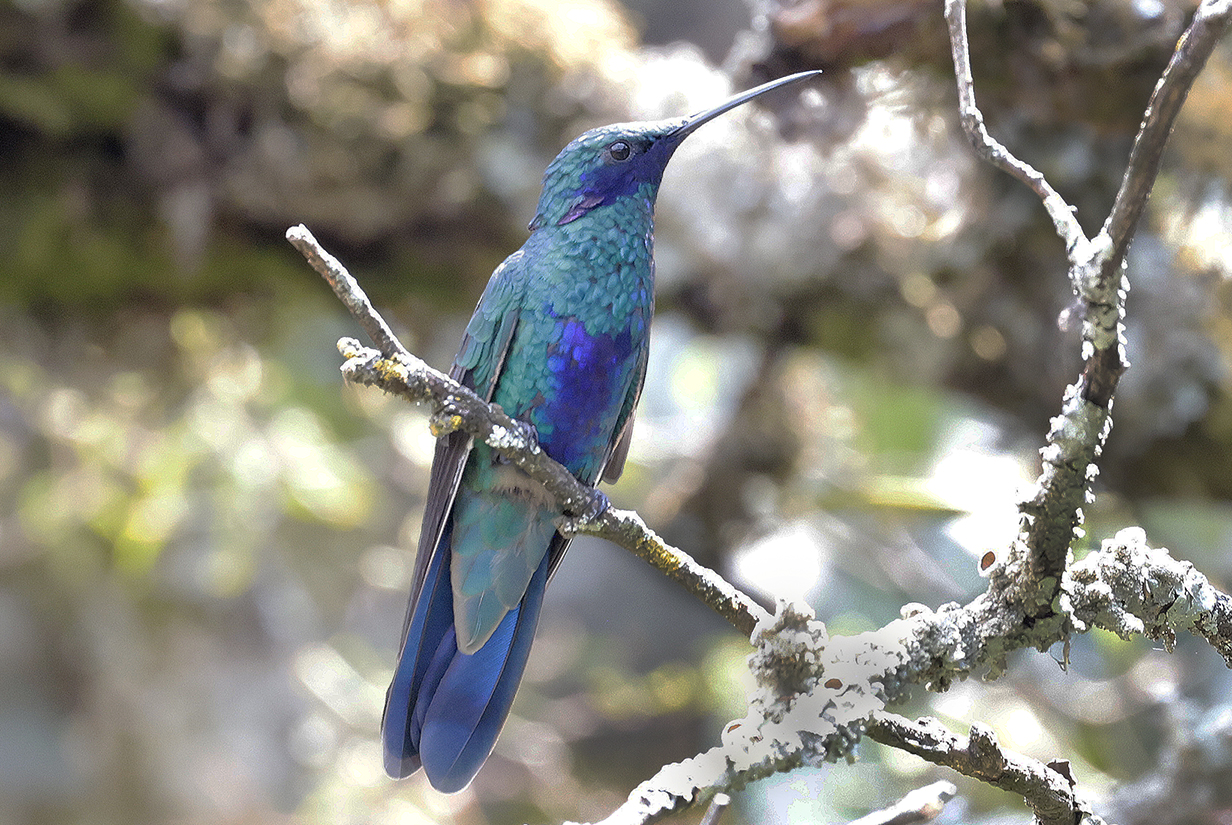
Sparkling violetear at Retorno de los Colibris
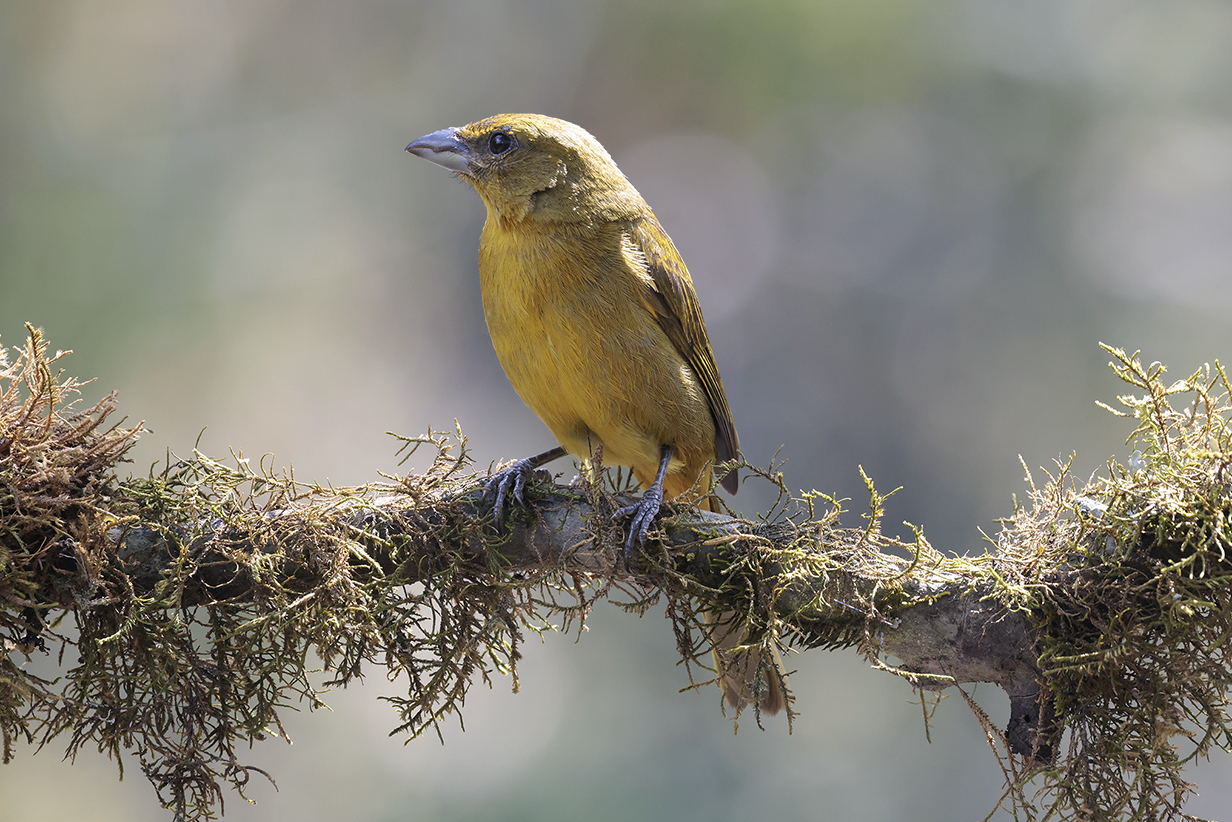
Hepatic tanager (female) (We've seen it as far north as McDonald Observatory, TX.)
Day 11: March 8, 2024 -- Reserva Natural Bellavista
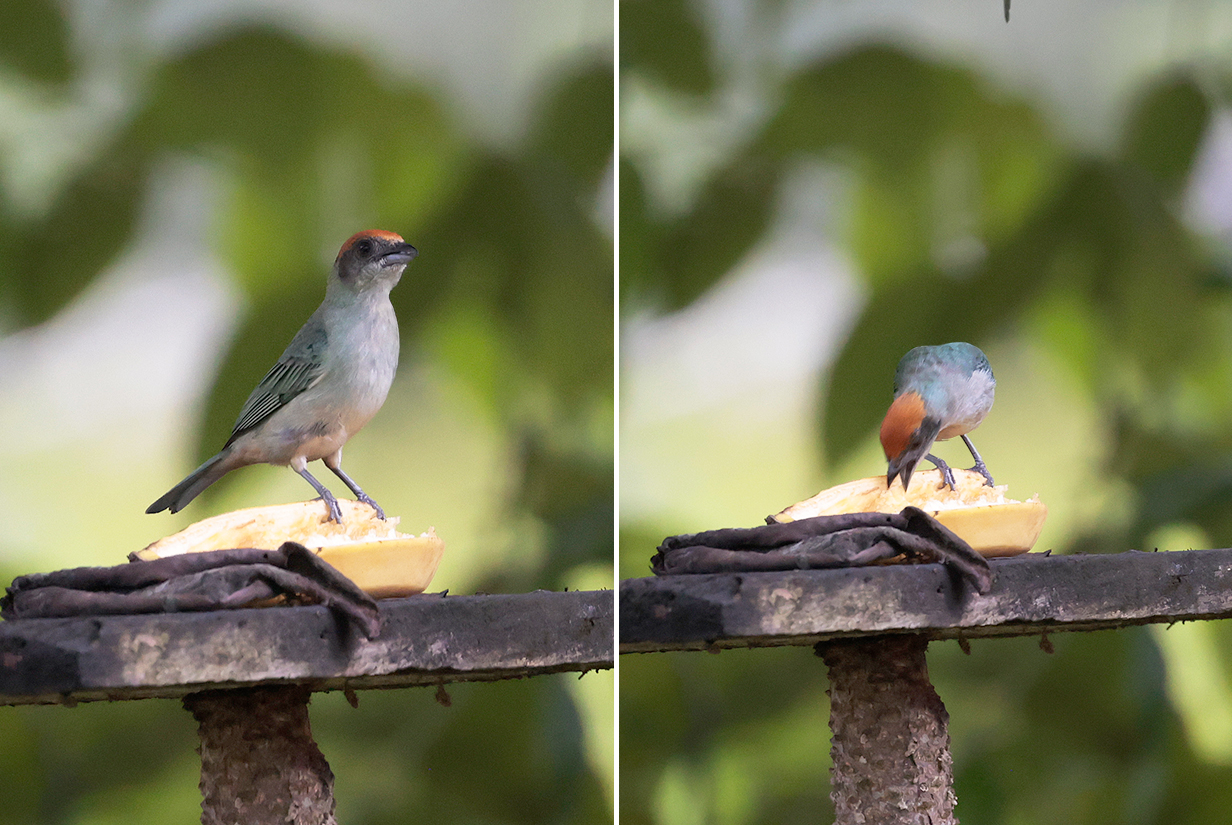
Scrub tanager (This is my life bird, one of 4 that I got from the farm where we had breakfast. With a fruit feeder and lots of birds, it was well along the way to becoming a significant birding spot.)
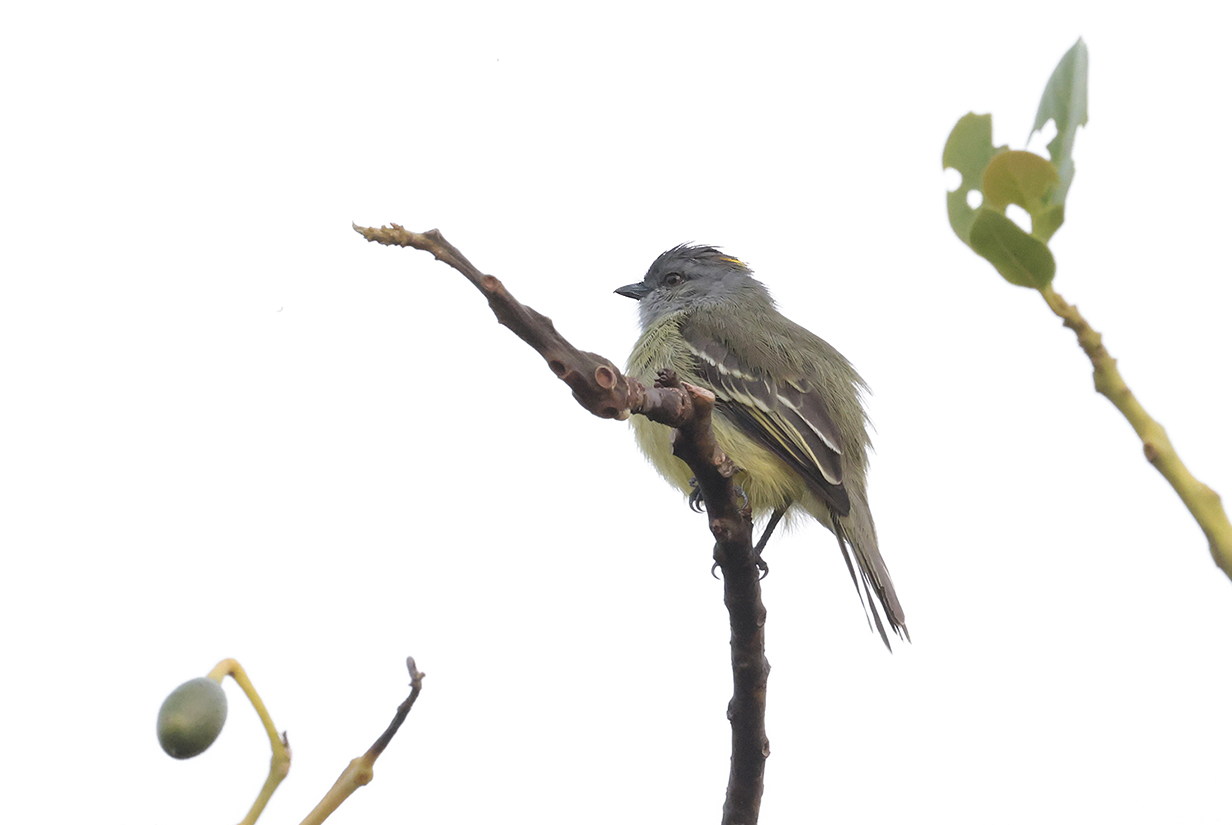
Yellow-crowned tyrannulet (one of many birds that we saw at our surprisingly good breakfast site)
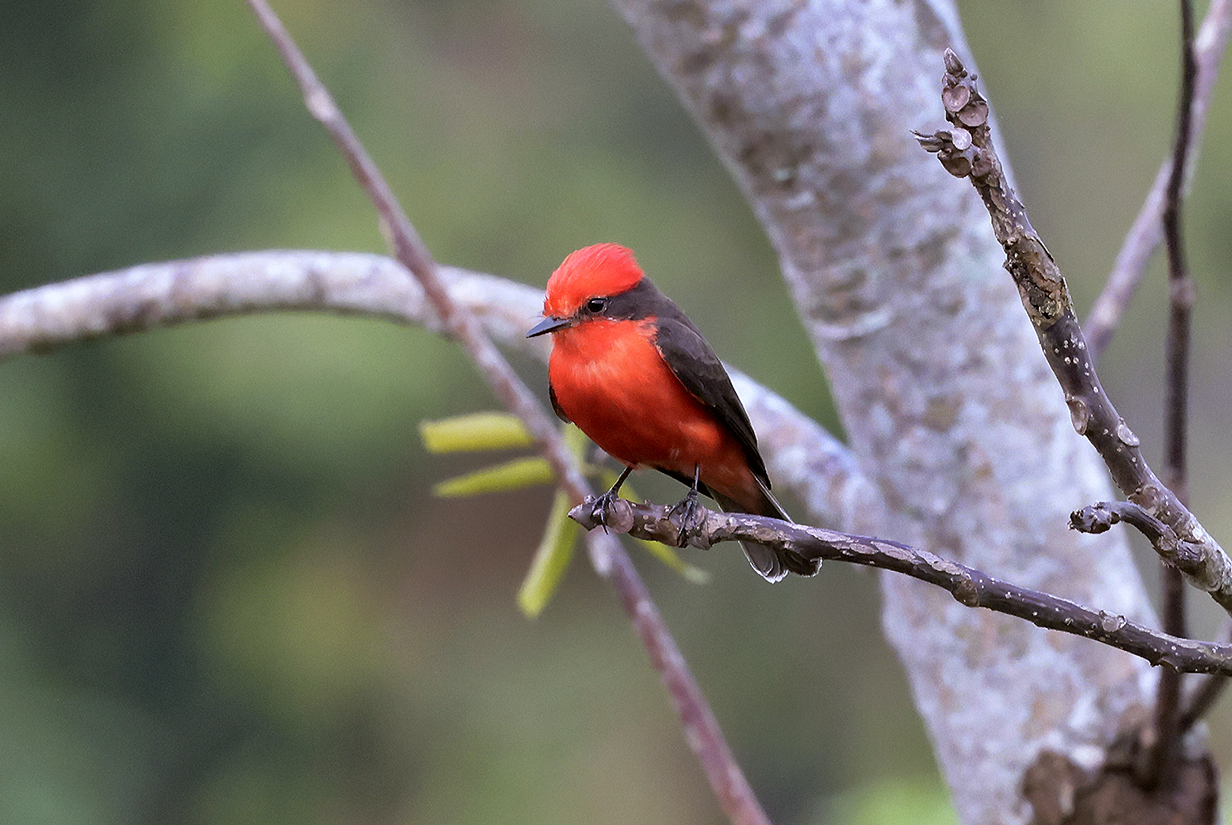
Vermilion flycatcher (Also in Austin, TX)
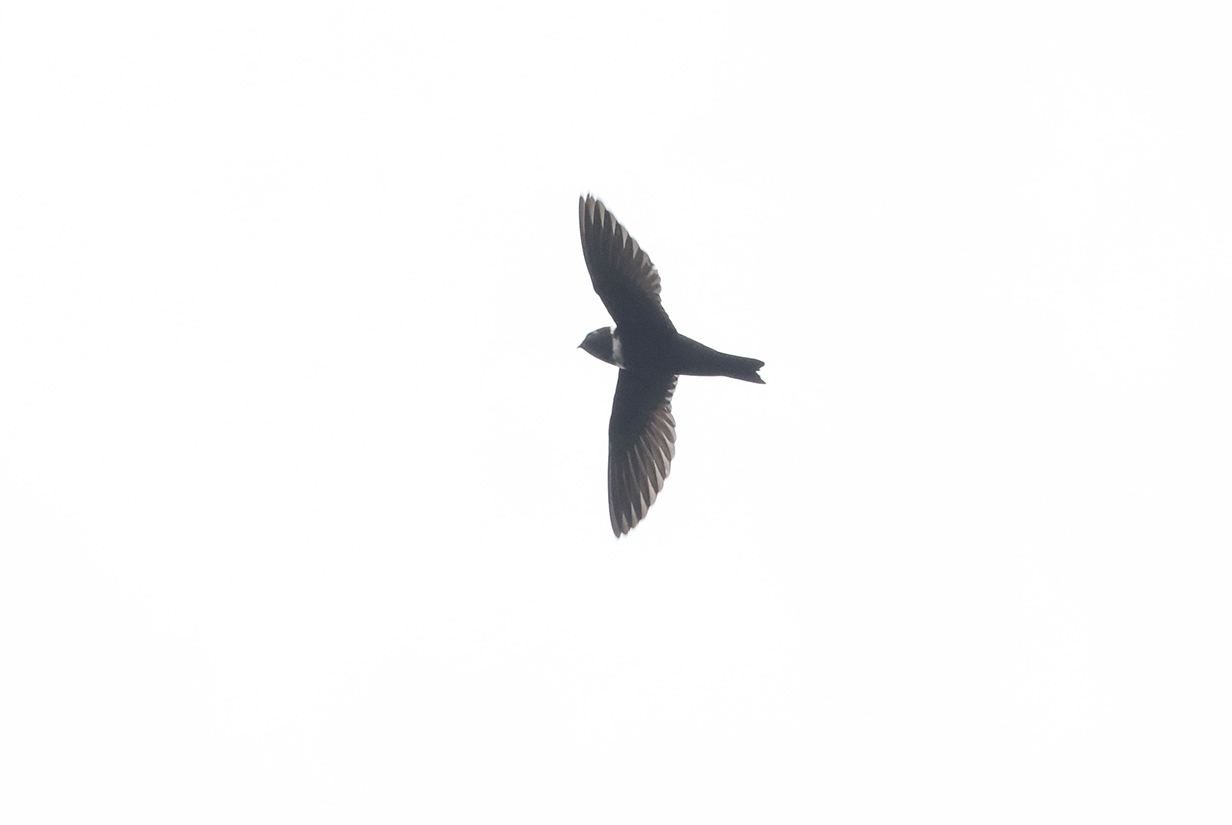
White-collared swift (I can almost always get swifts only by photographing them and then checking features in the camera display or even with Photoshop at home. This one was fairly easy. But not new.)
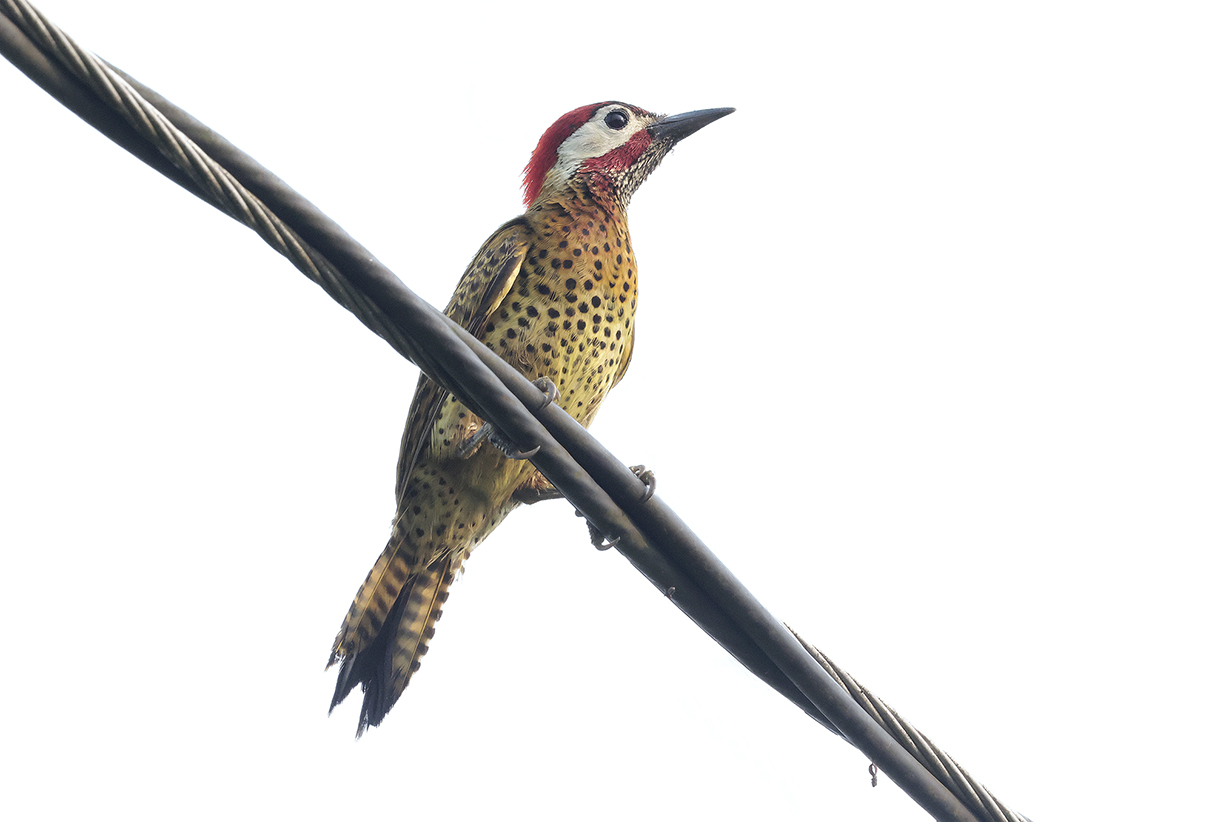
Spot-breasted woodpecker

Streaked saltator

White-mantled barbet (This Colombian endemic is my life bird. Special thanks to Alejandro Nagy for his help: The bird was far away, and I would not have found it in the confusion of leaves without his help.)

Golden-hooded tanager
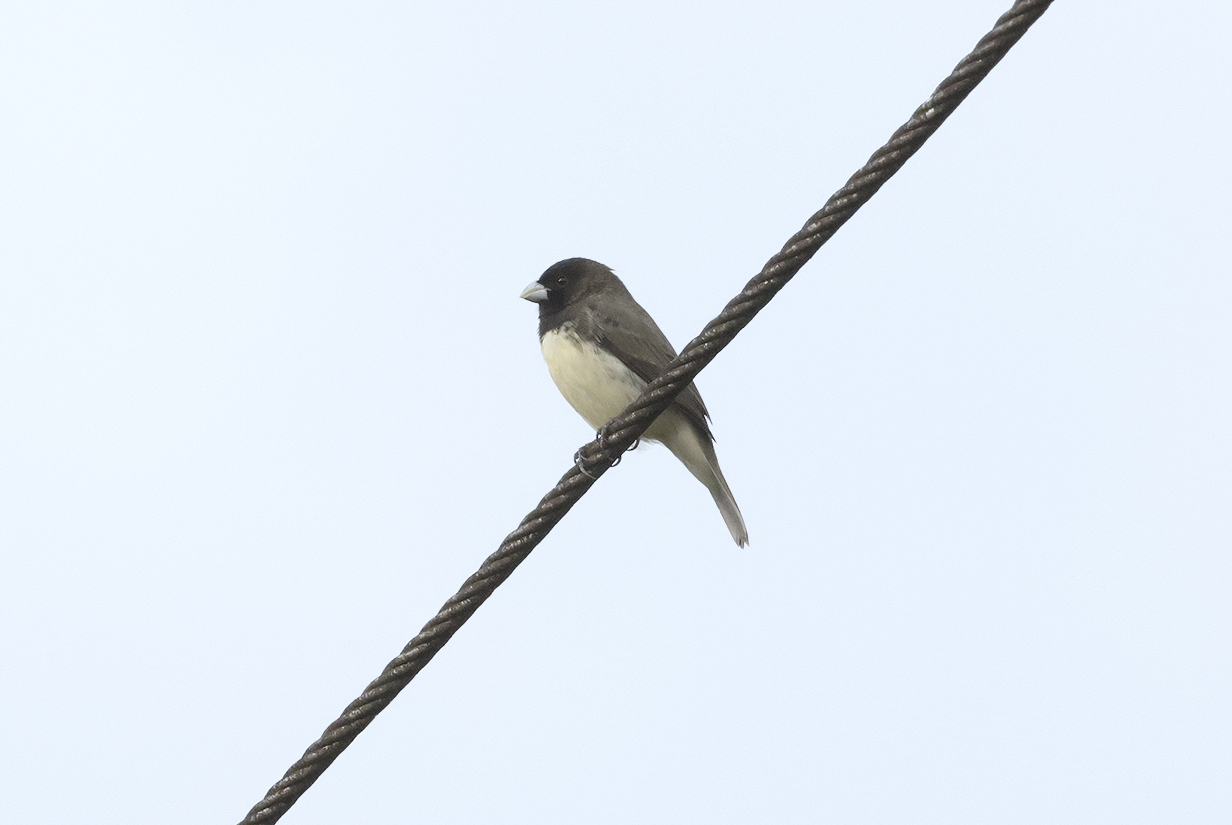
Yellow-bellied seedeater
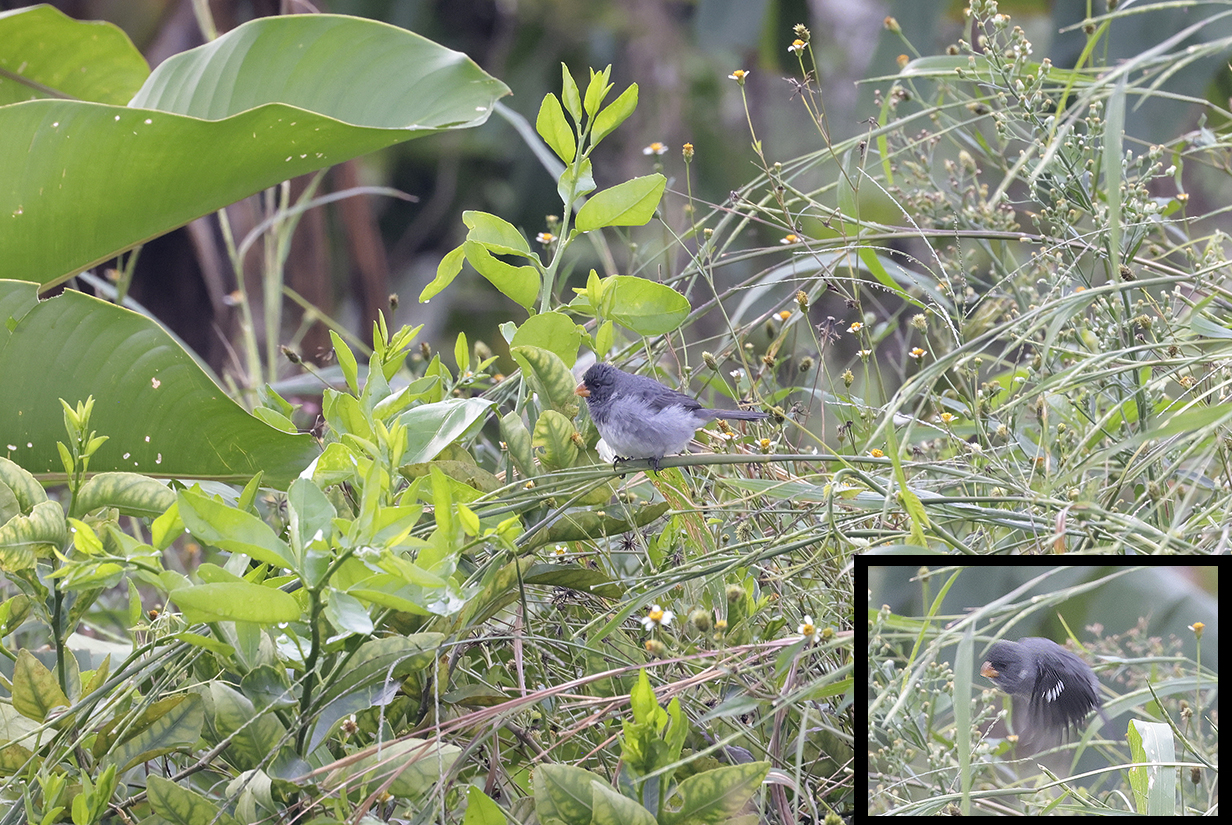
Gray seedeater (This is my life bird. The white patch in the primaries is visible in the inset. Both pictures are very poor, but this is the only life bird Gray seedeater that I'll ever get!)
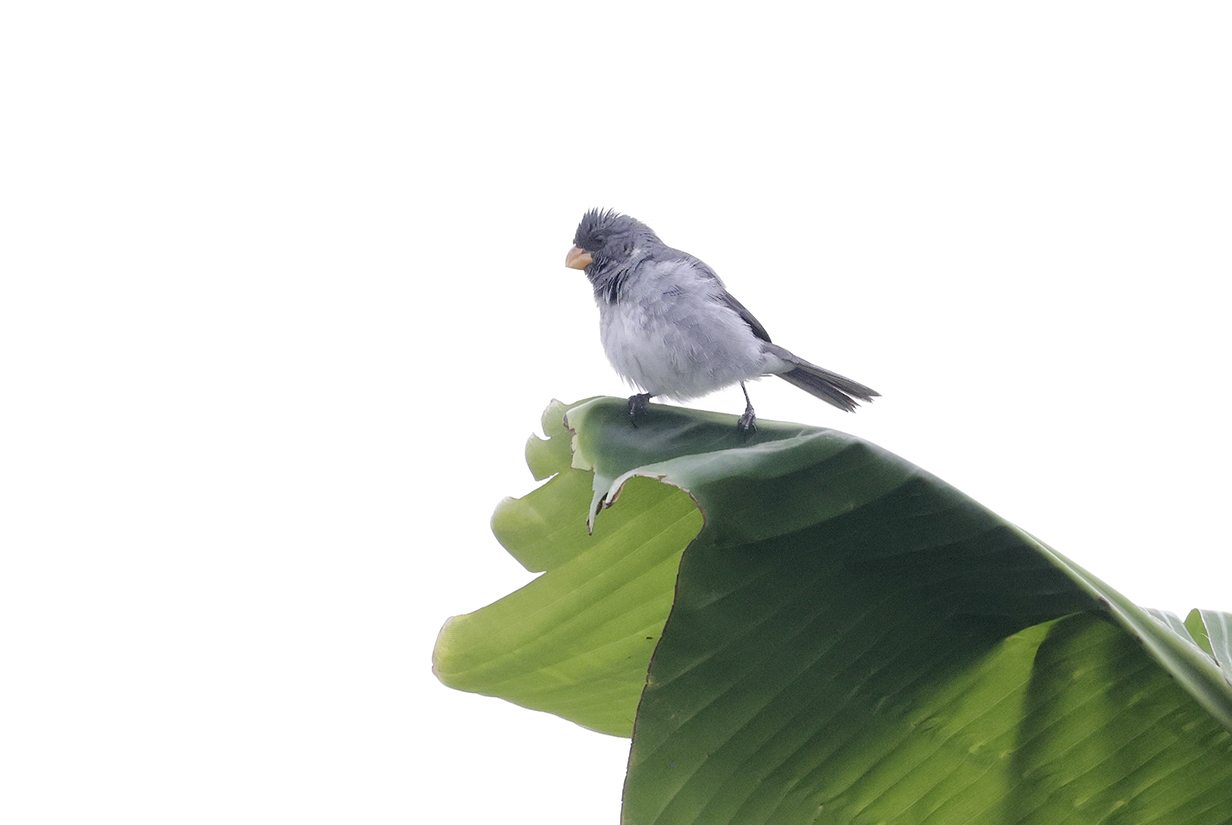
Or maybe not: This is Gray seedeater again, a few minutes later. Probably the same bird.
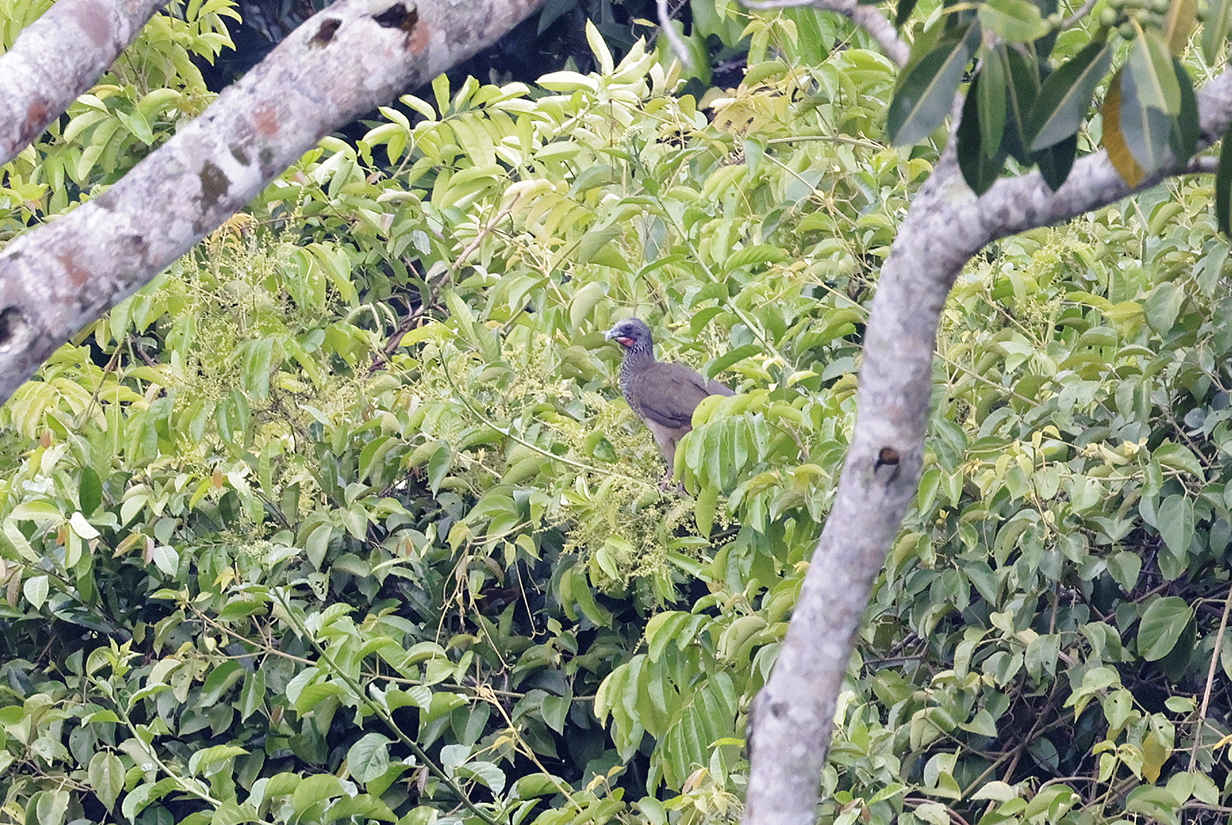
Colombian chachalaca (This is a Colombian endemic and my life bird. It never came close.)
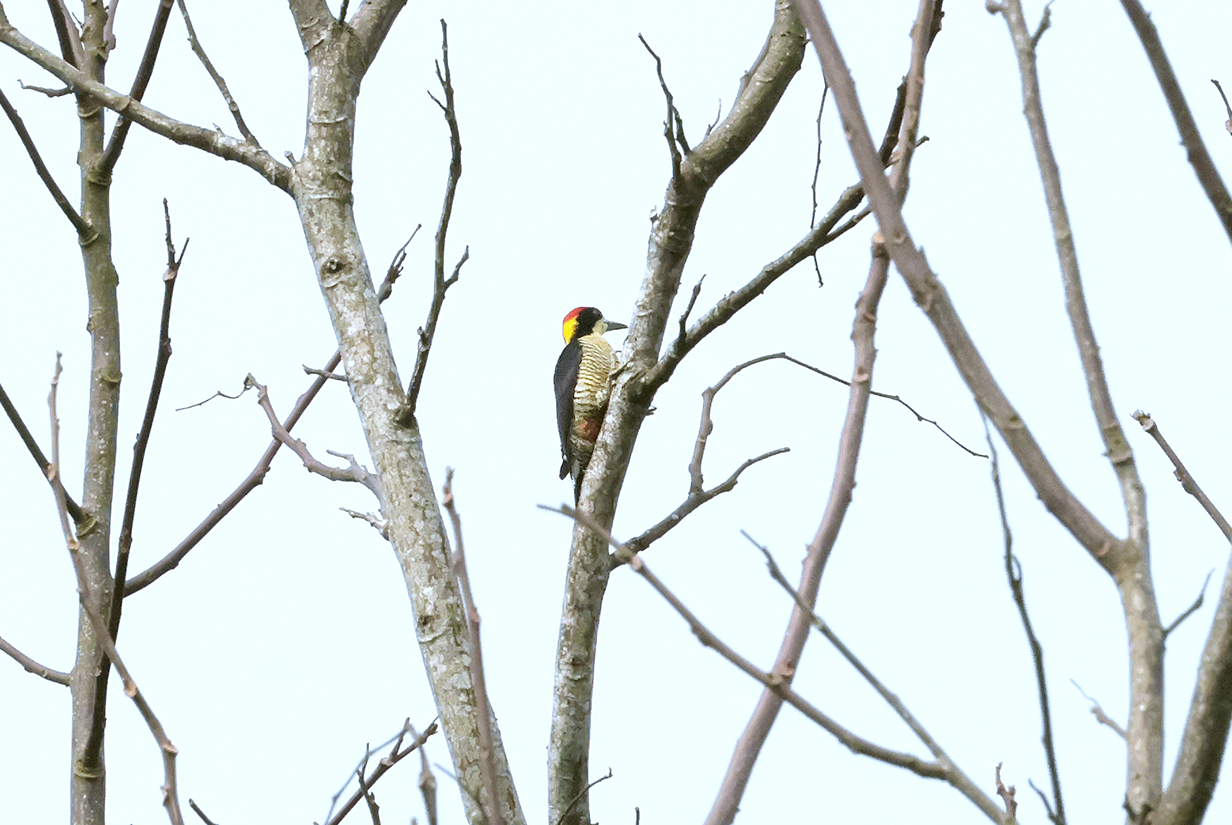
Beautiful woodpecker (This Colombian endemic is my life bird -- far away, but a gorgeous male.)
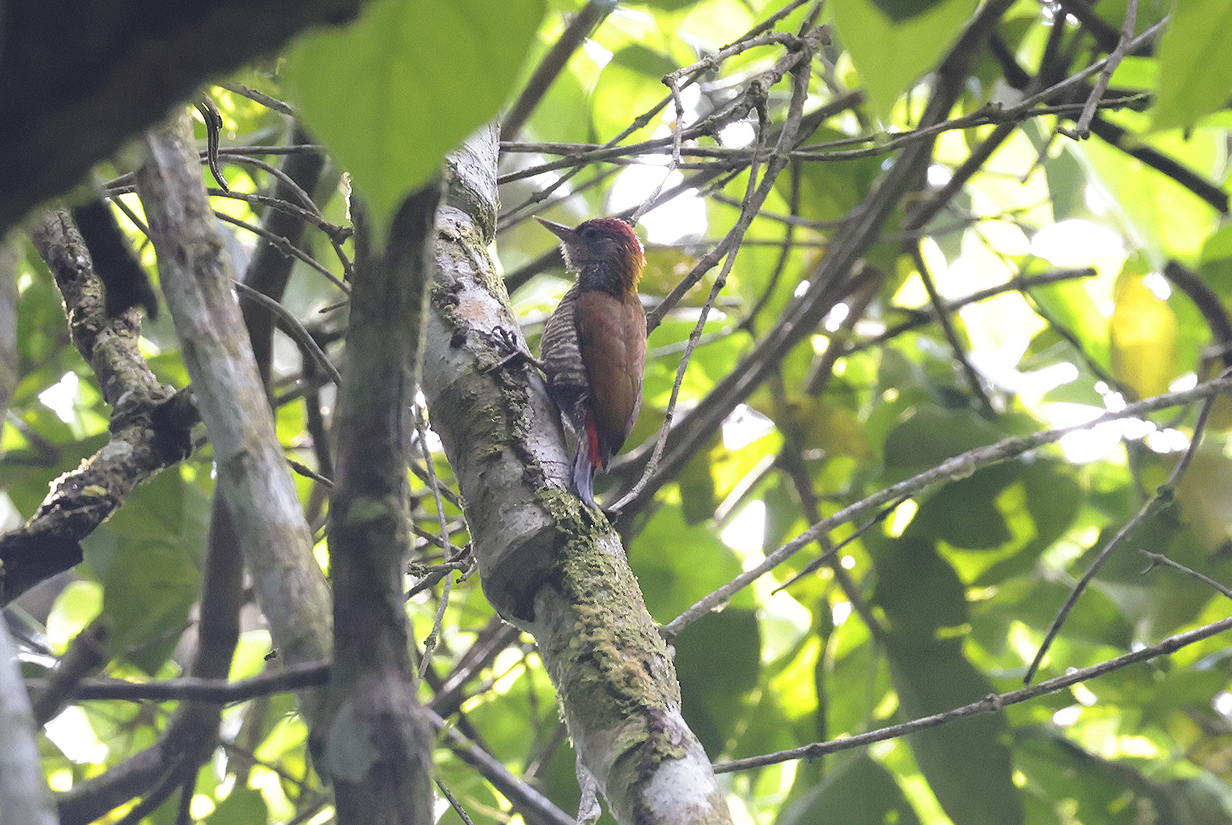
Red-rumped woodpecker (This is my life bird.)
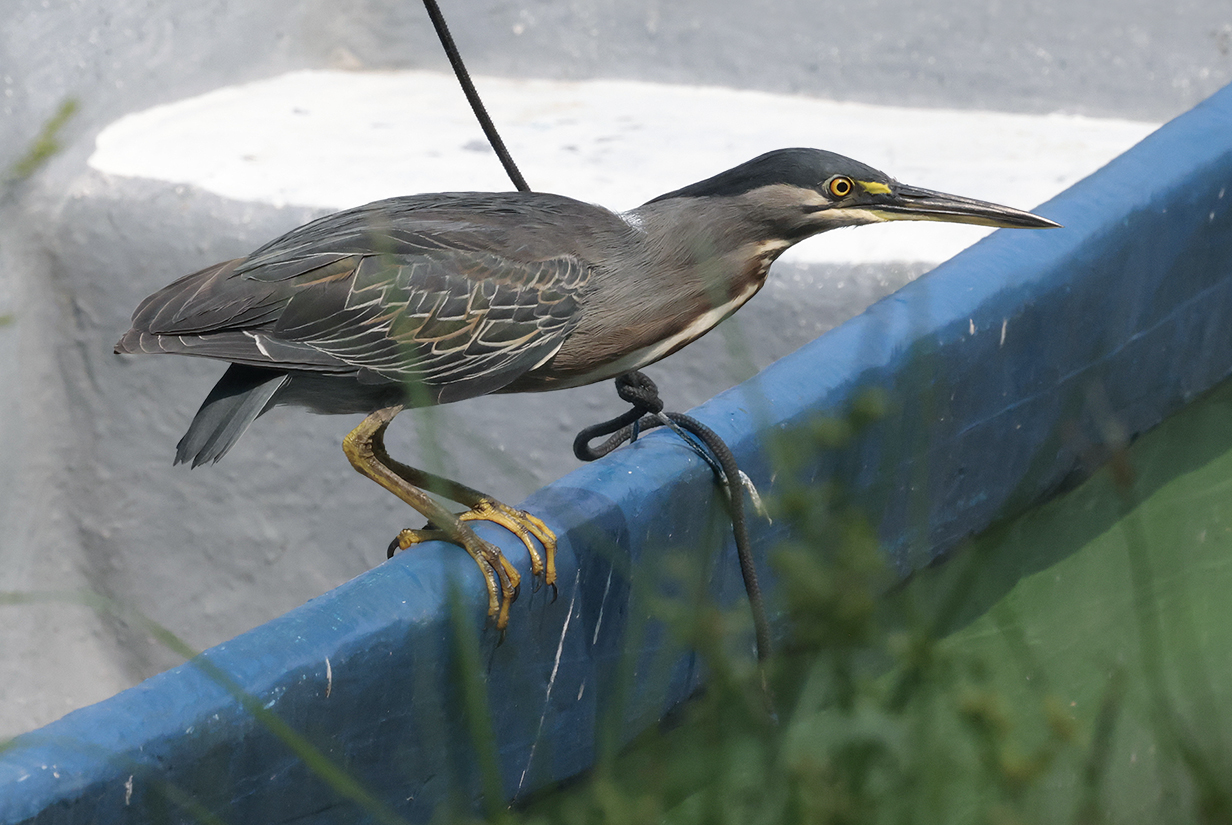
Striated heron at Charca de Guarinocito, an oxbow lake of Magdalena River
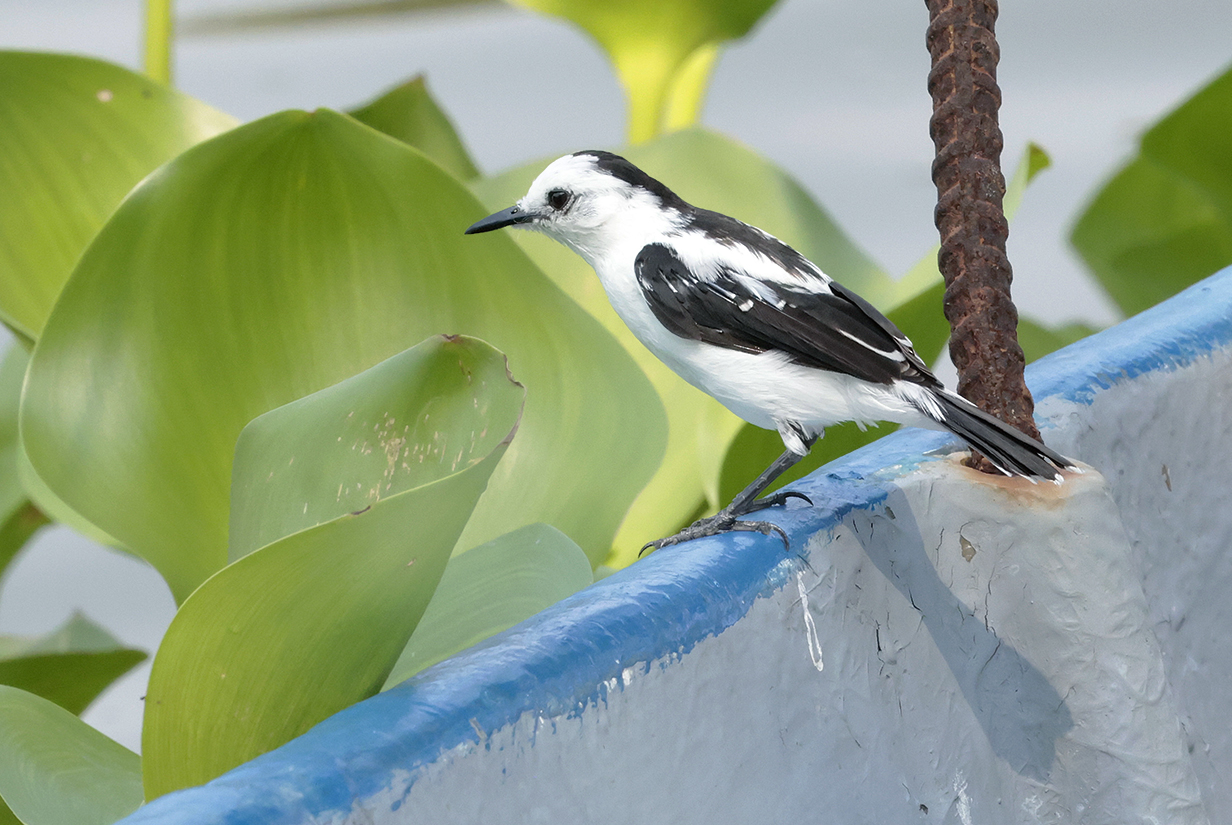
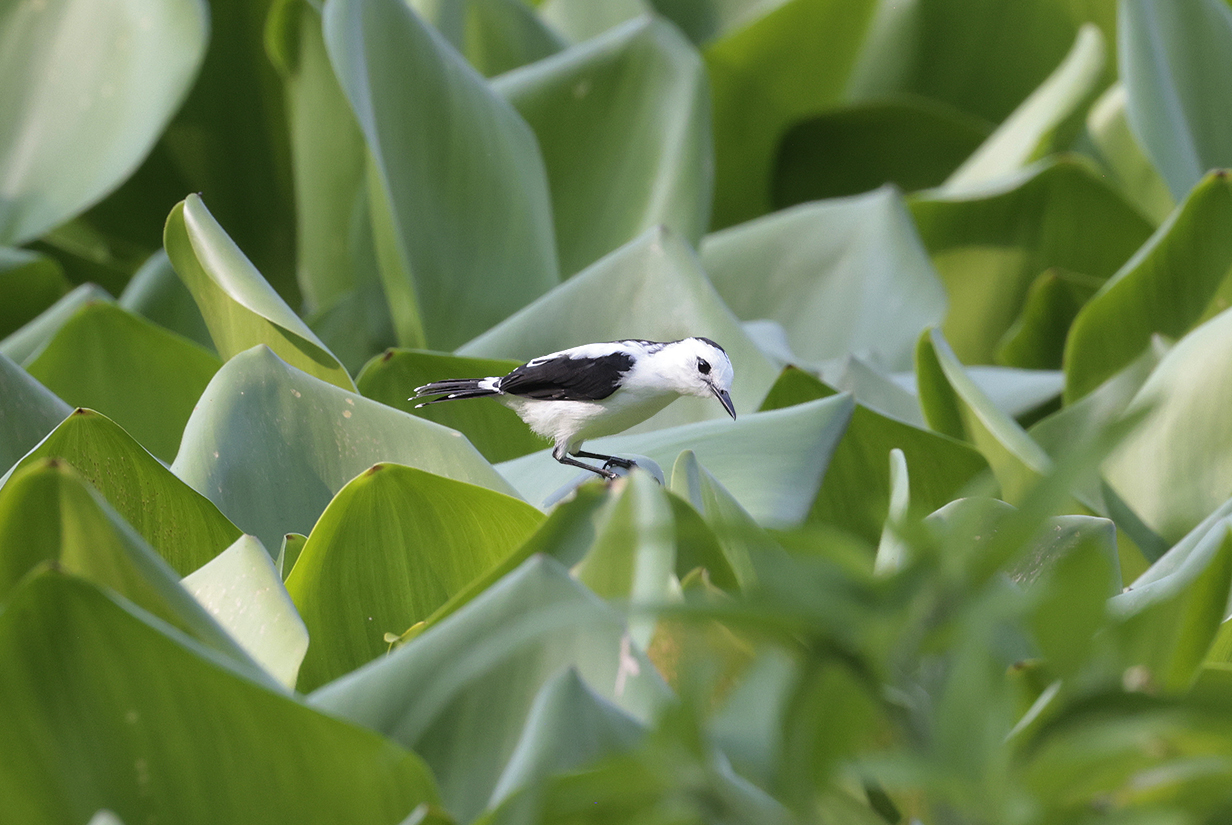
Pied water-tyrant
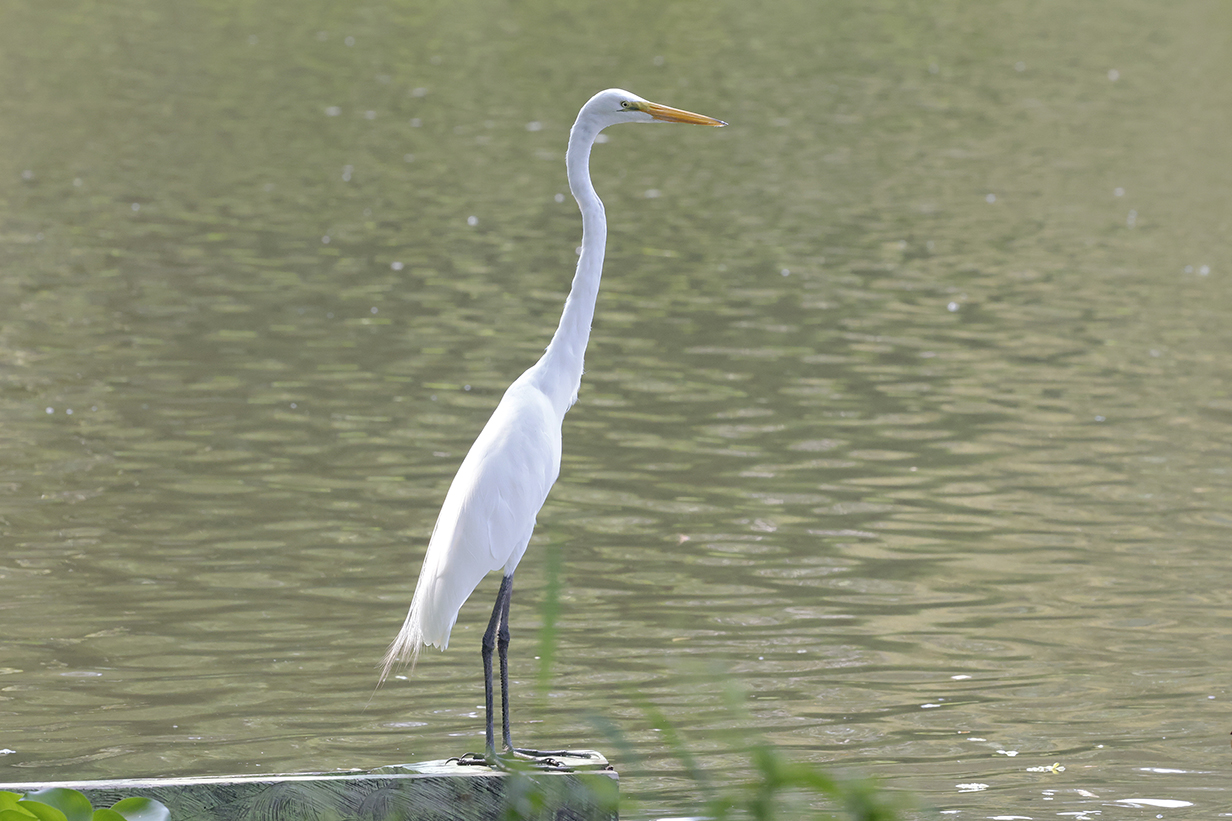
Great egret
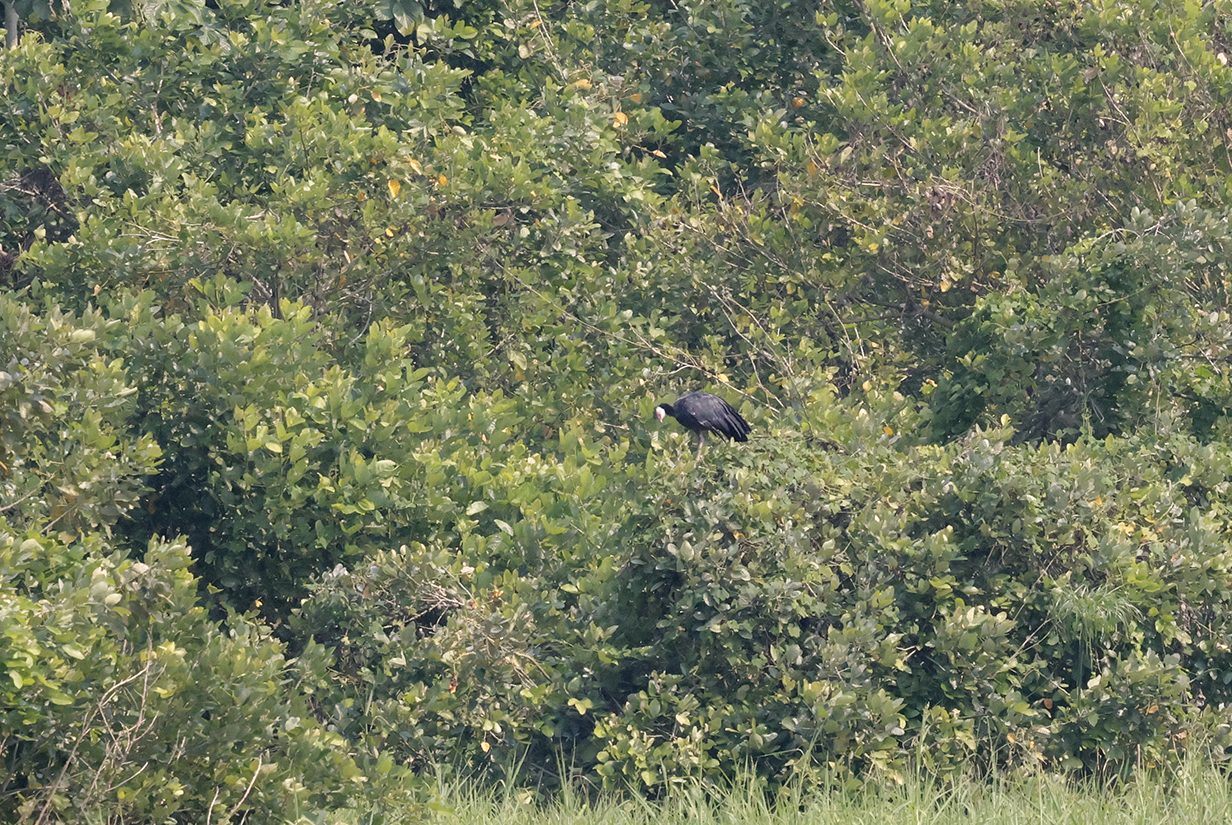
Northern screamer (This is one of my most important life birds of the trip -- seen twice but never closer than this.)
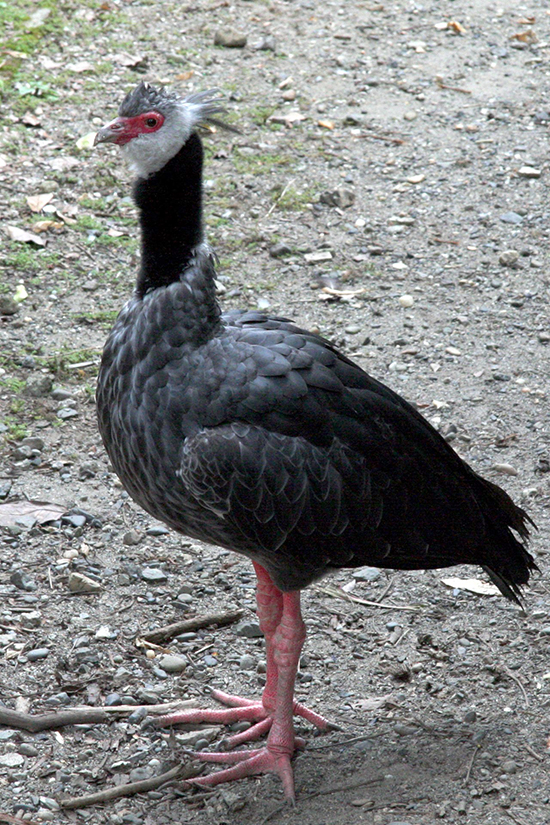
This is what it looks like up close: Northern screamer on Wikipedia.
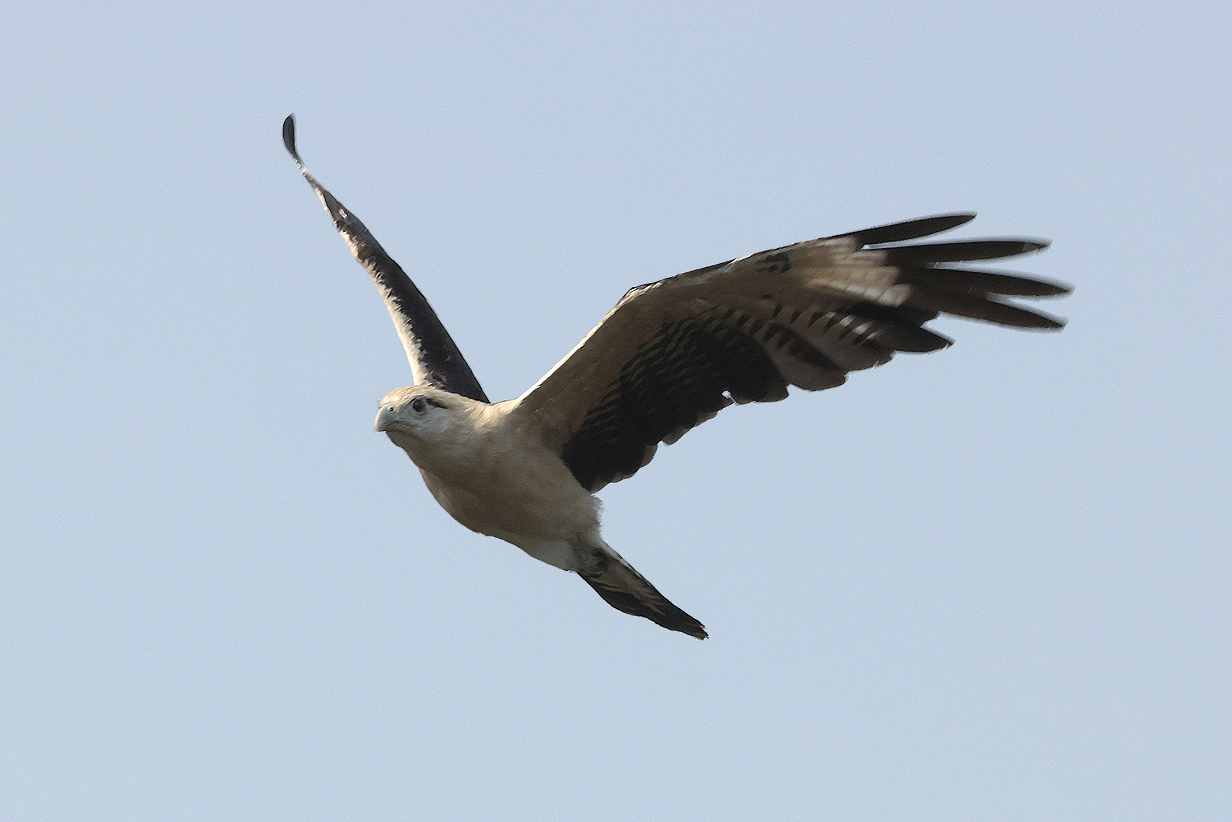
Yellow-headed caracara
Day 12: March 9, 2024 -- Reserva Natural Canon del Rio Claro
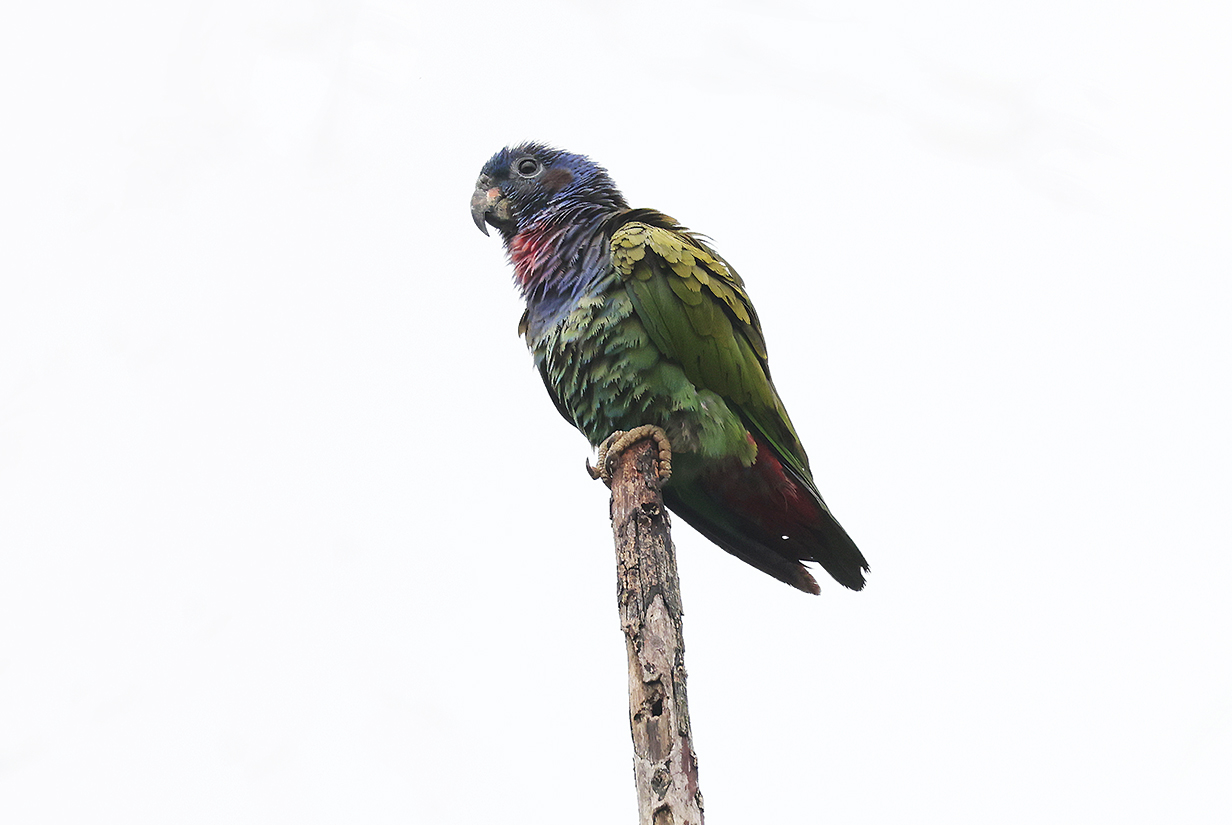
Blue-headed parrot at Hotel Los Colores, first thing in the morning
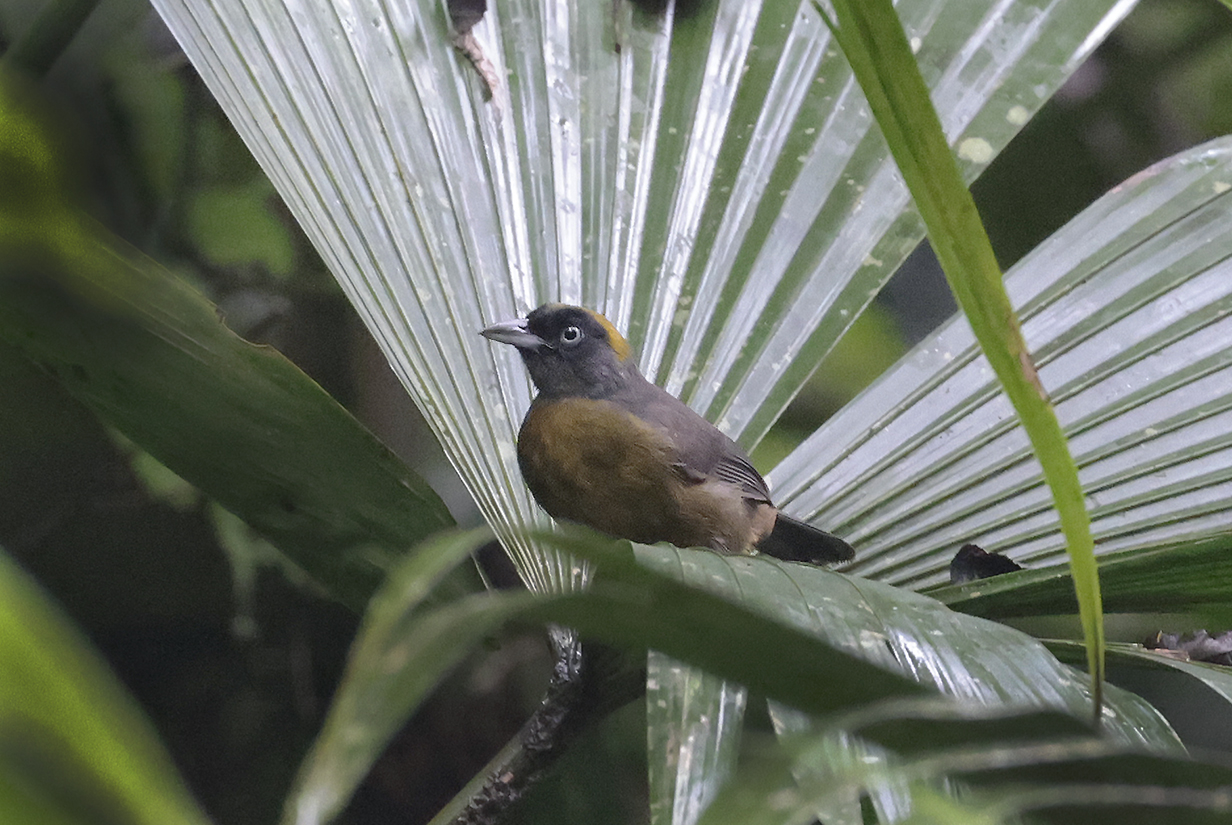
Dusky-faced tanager at Rio Claro
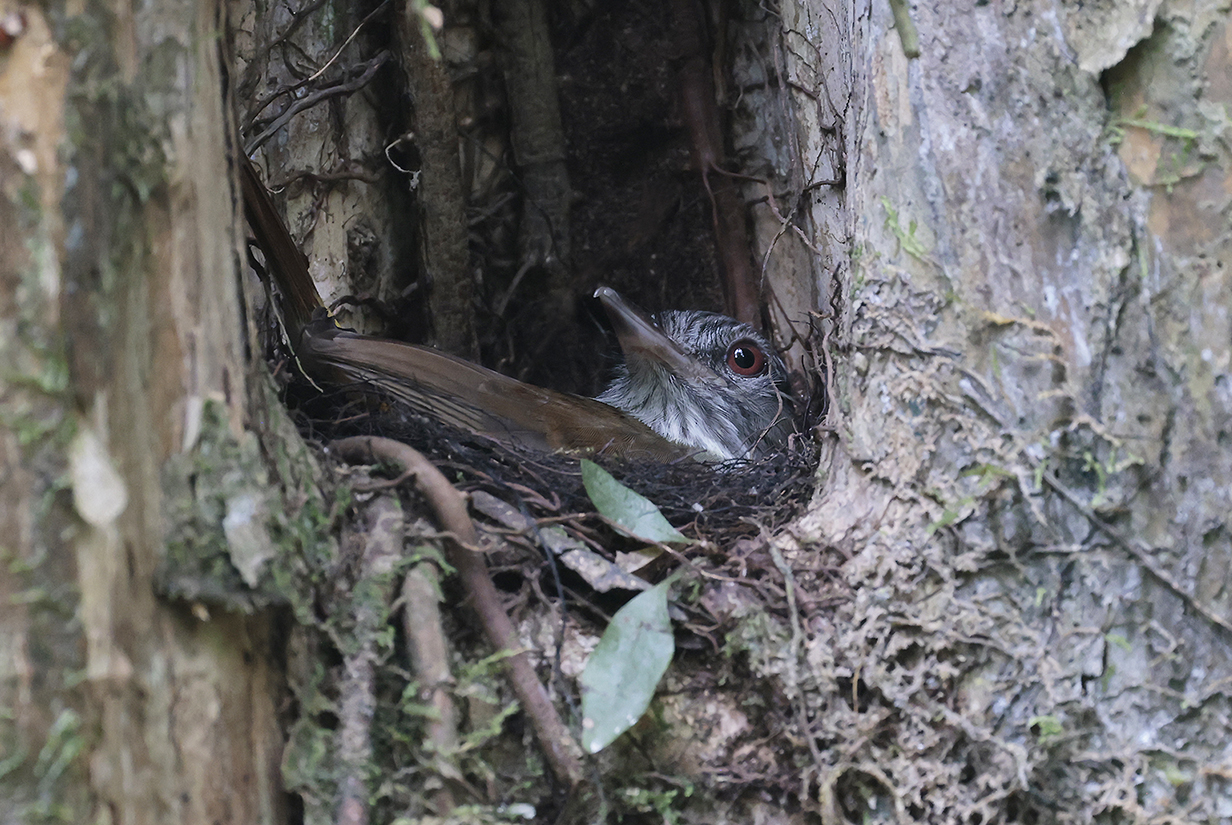
Bright-rumped attila on nest

Gray-cheeked nunlet (This is my life bird. It never came close: this picture has been cropped but not resampled -- it shows the power of the 45-magapixel Canon R5 camera. The only processing applied was to correct for "derivative structure" caused by digital sharpening and to tweak brightness and contrast.)
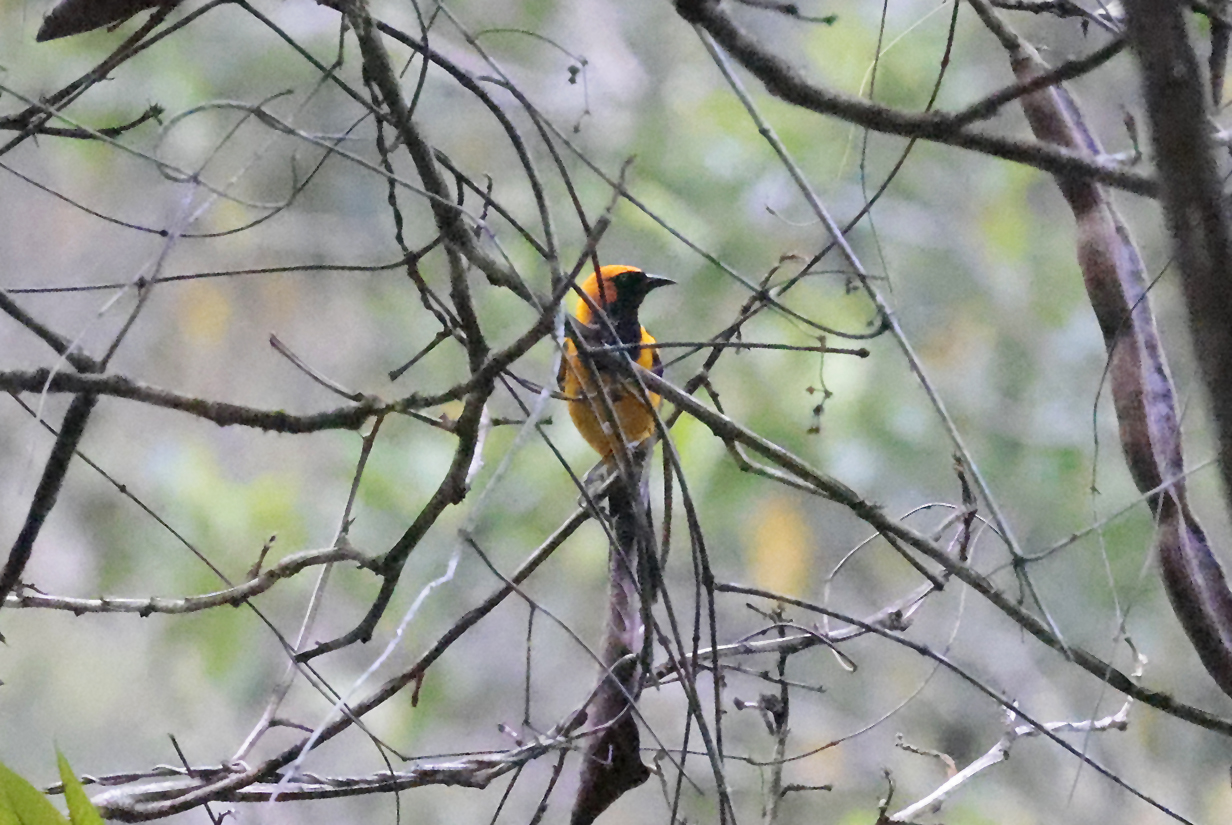
Orange-crowned oriole (This is my life bird -- not very co-operative, behind a lot of twigs, and far away, so not a good picture. But this was nevertheless a lucky landing for me: Alejandro and Steve had put a lot of effort into finding it.)

Bicolored wren (This male and the female, below, are my life birds. Their mating ritual heated up dramatically as we watched. They were so focused on each other that they let me get close.)

Bicolored wren (This female's back is fluffed up as part of the mating ritual.)
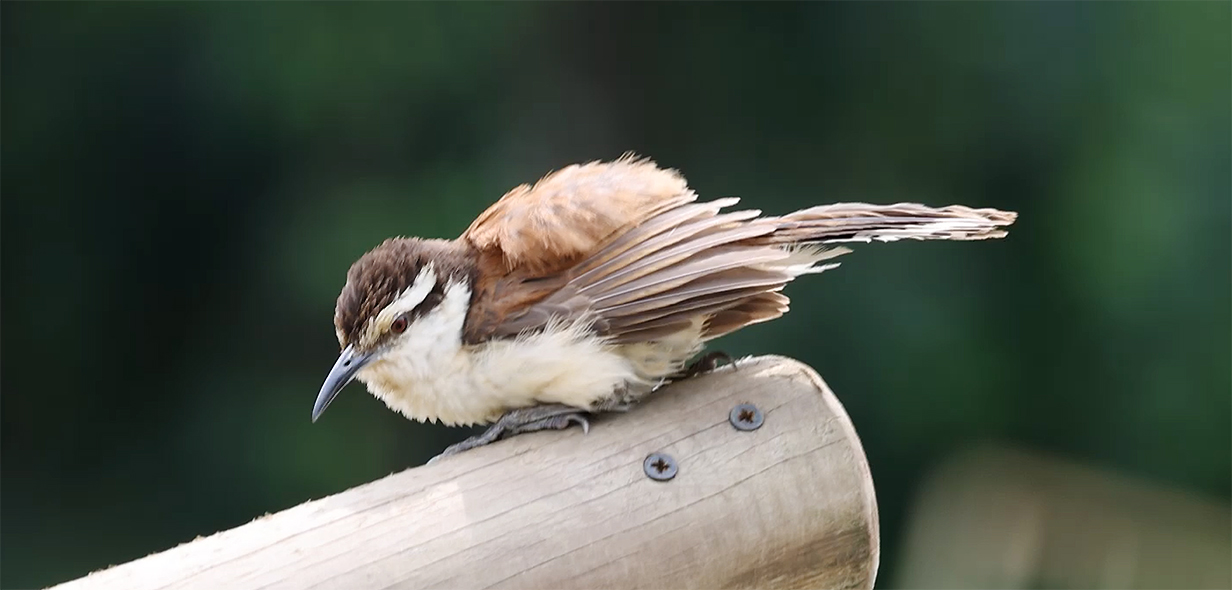
This movie shows the wrens courting. I did not wait long enough to see the actual mating. Apologies: I was tired after a long day, so the movie is shaky. Caution: the file is 122 Mb in size.
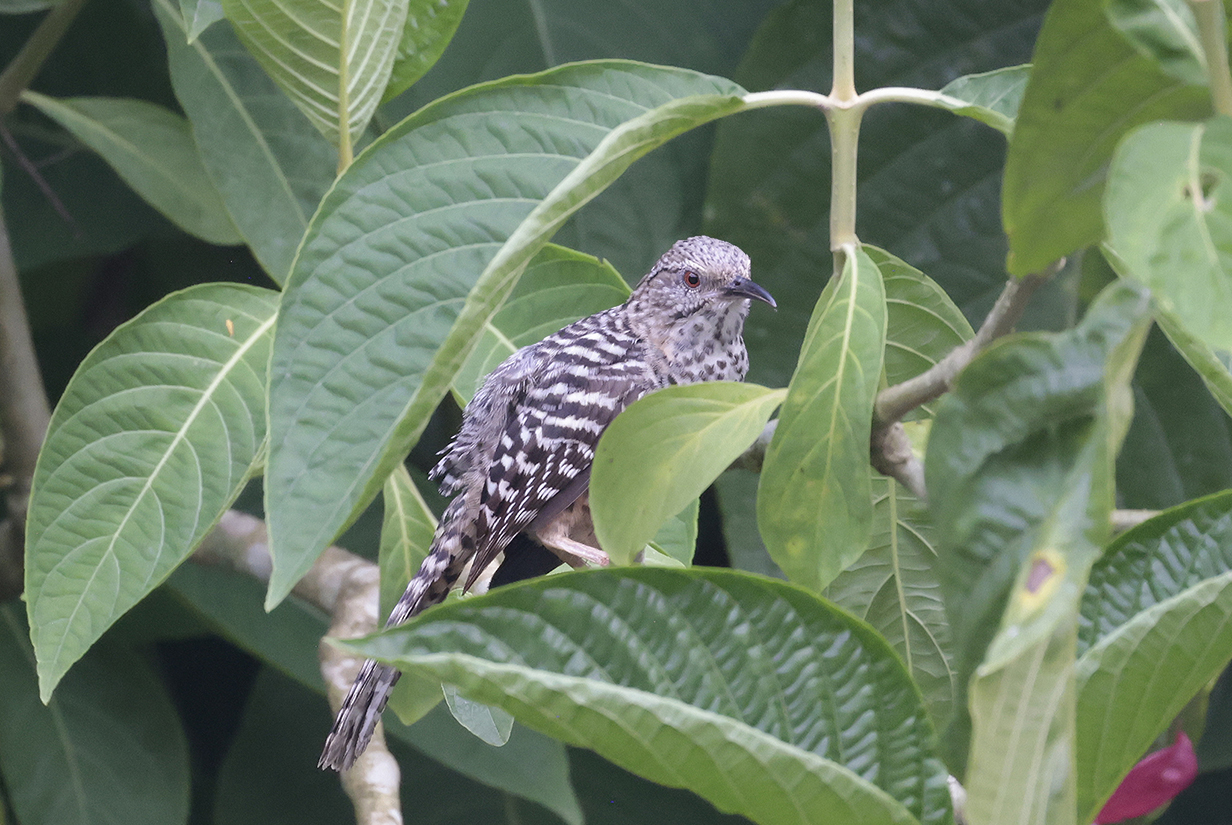
Band-backed wren
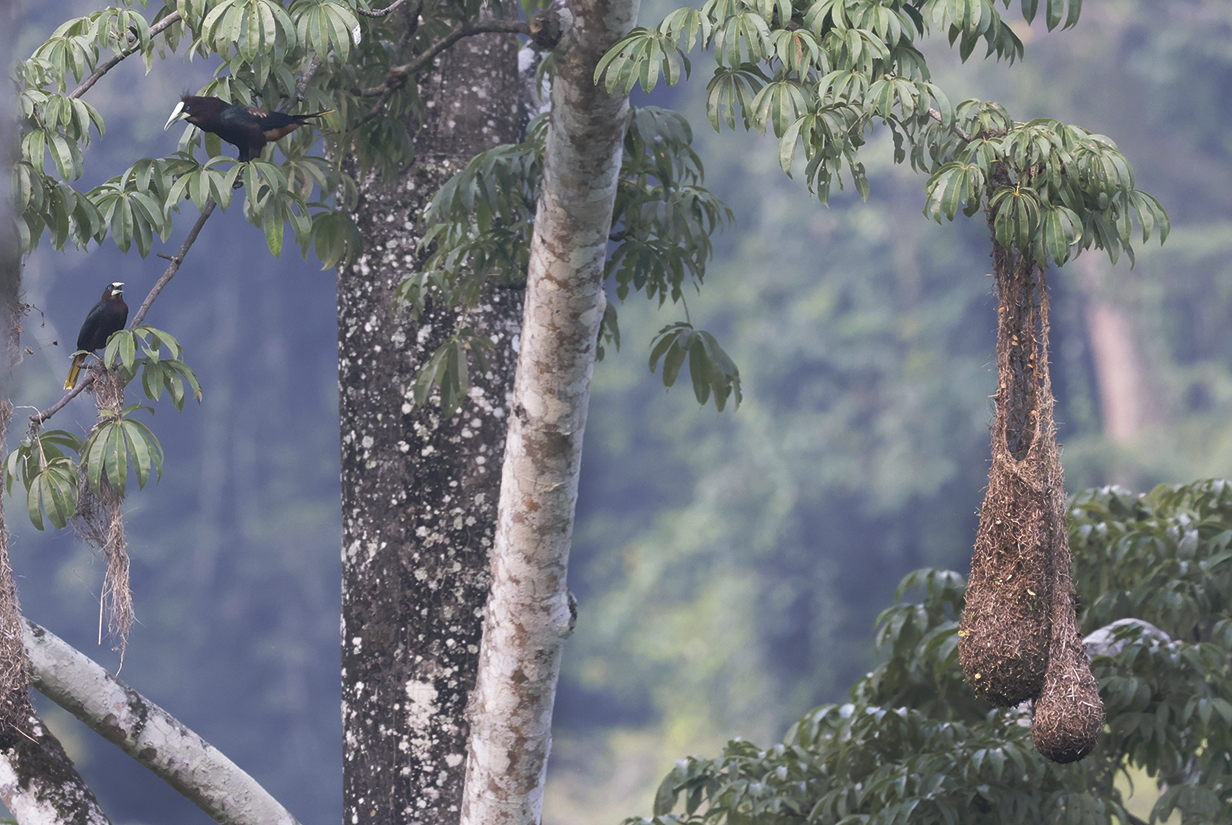
Chestnut-headed oropendolas and nests
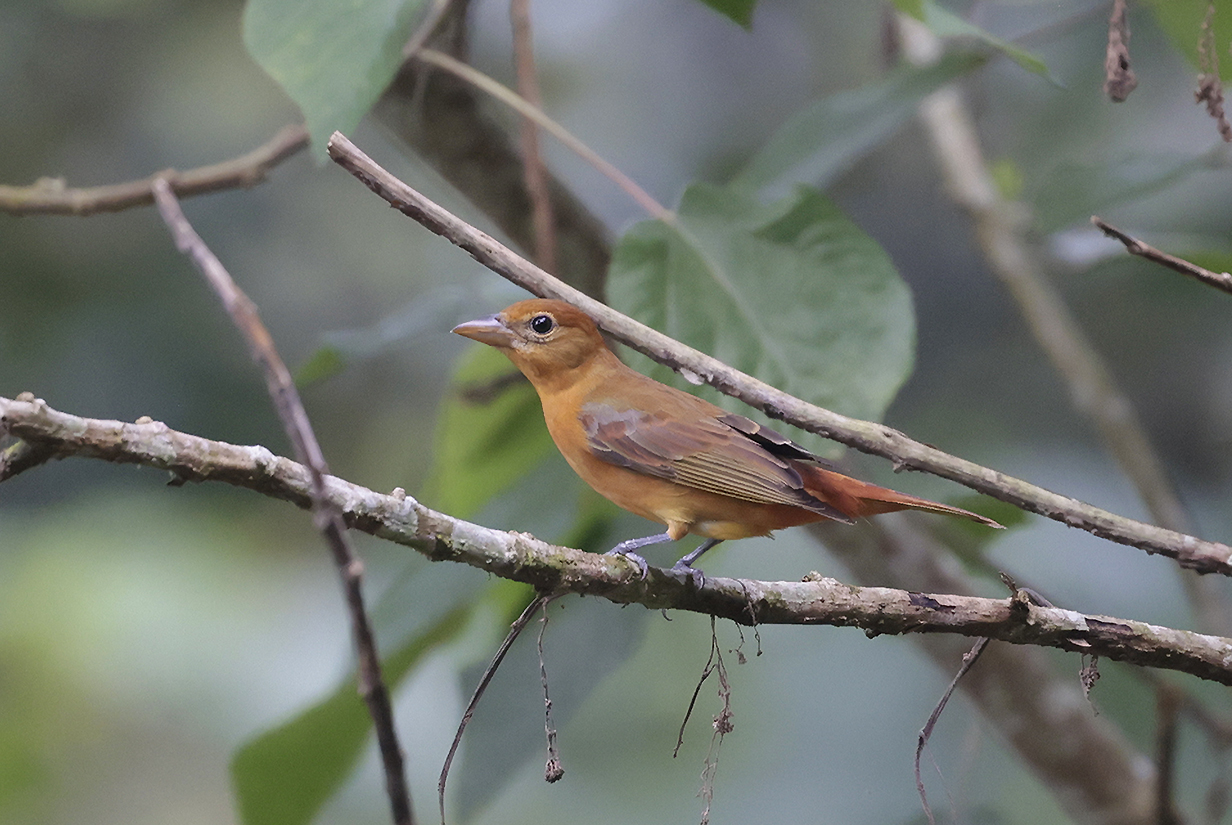
Summer tanager
Day 13: March 10, 2024 -- AM at Aquitania Road; PM at Puerto Triunfo Wetland

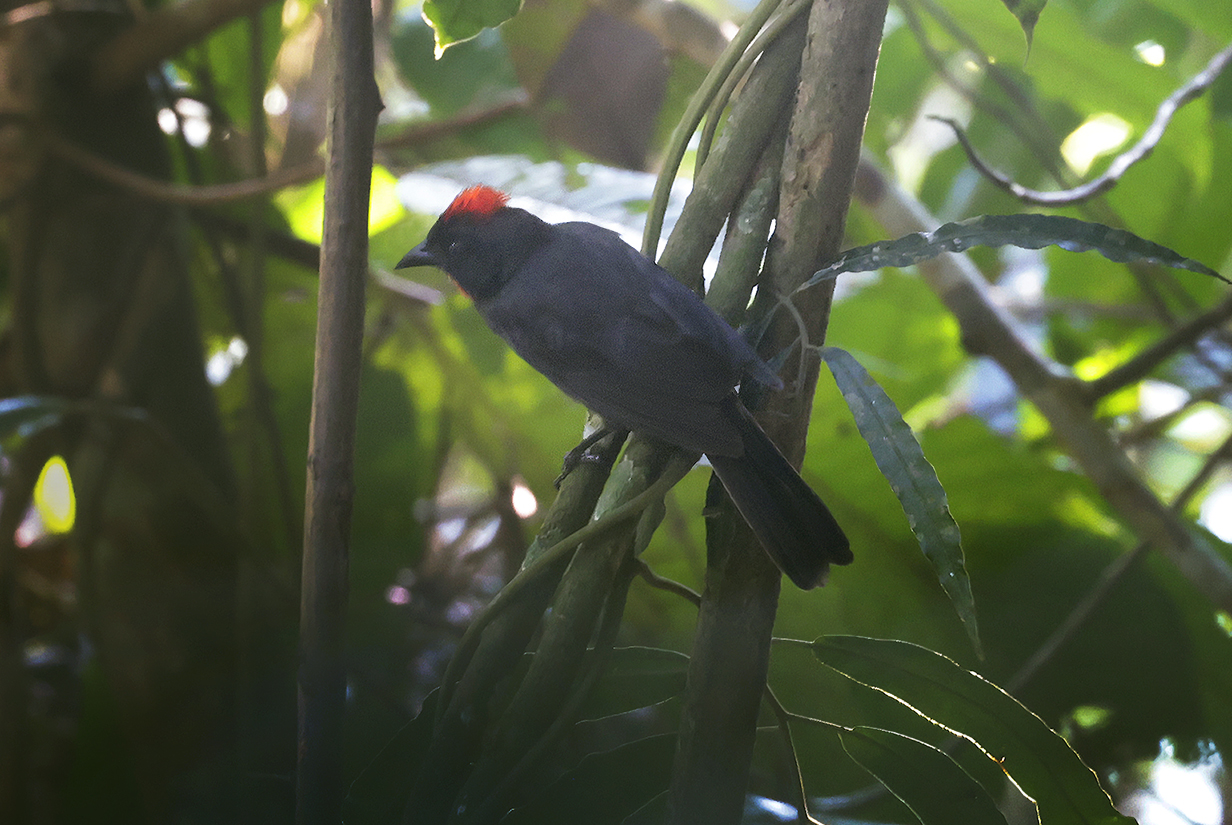
Sooty ant-tanager (This is my life bird, seen only briefly and with difficulty. I love all the "ant-related" birds, so I especially value this sighting.)

Striolated manakin (This is my life bird.)
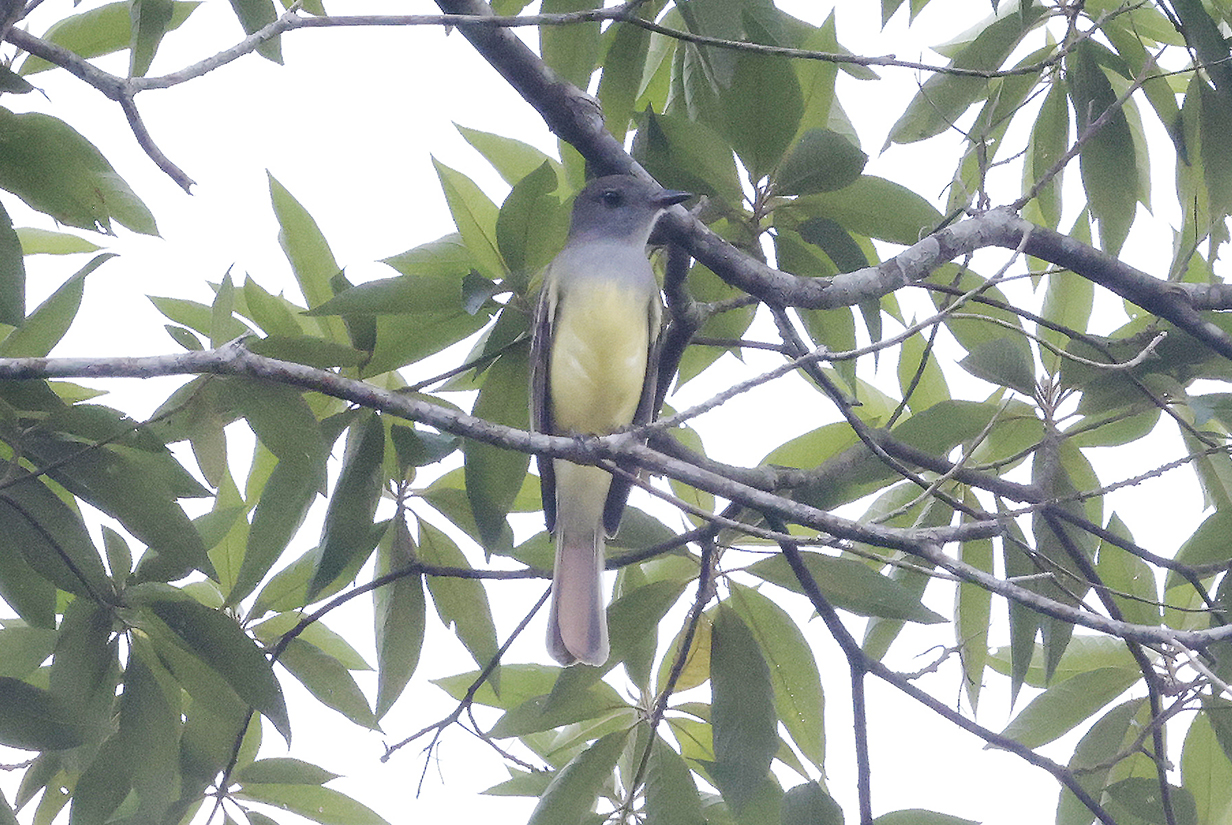
Panama flycatcher

Marshes north of Puerto Triunfo where the birds, below, were seen (scroll right to see the complete panorama)
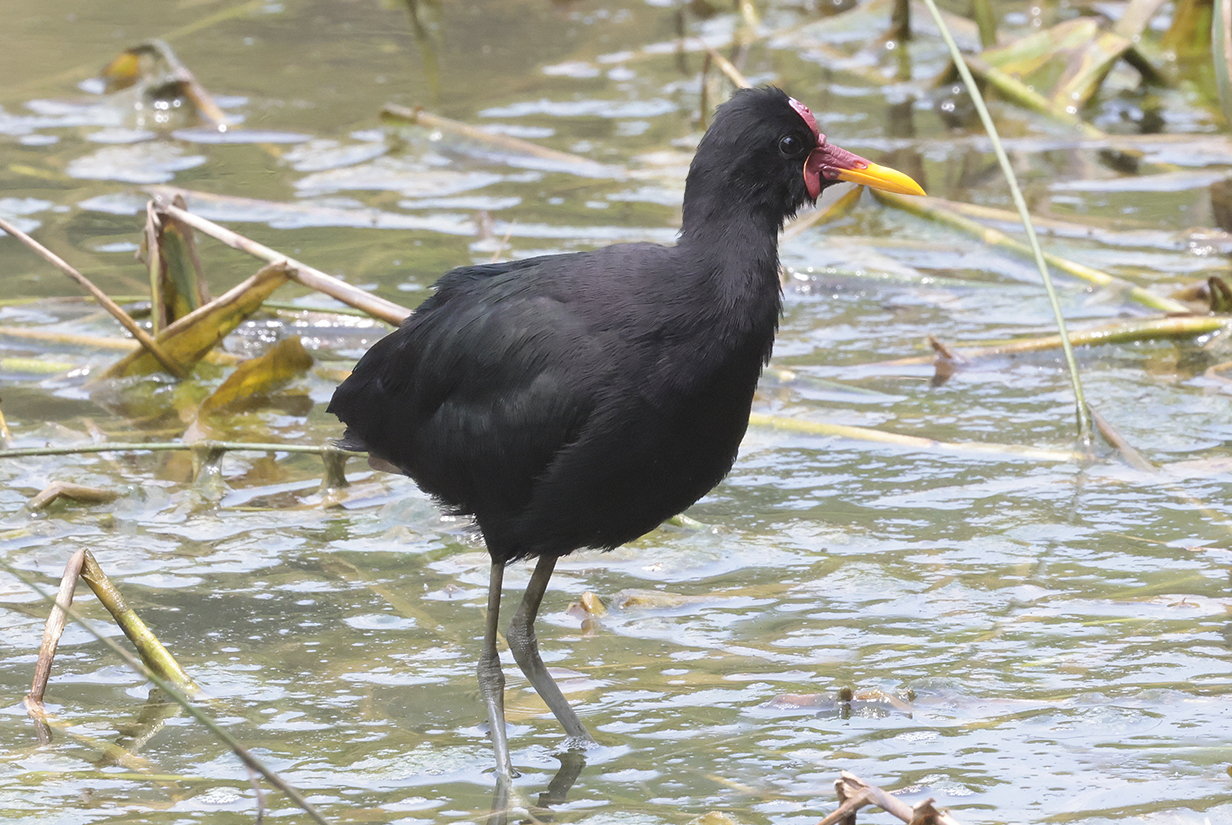
Common gallinule
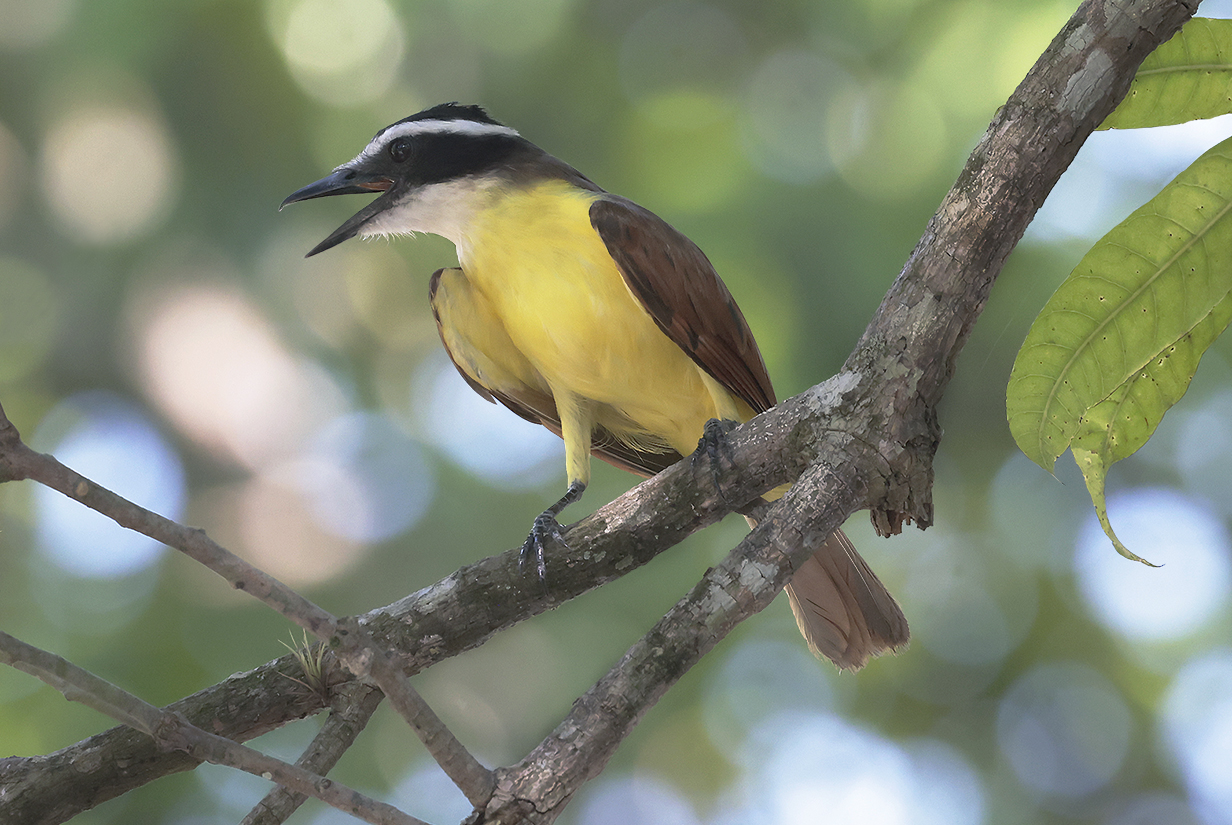
Lesser kiskadee (Note the long, narrow bill. In Triunfo Wetland, standing above a pond.)
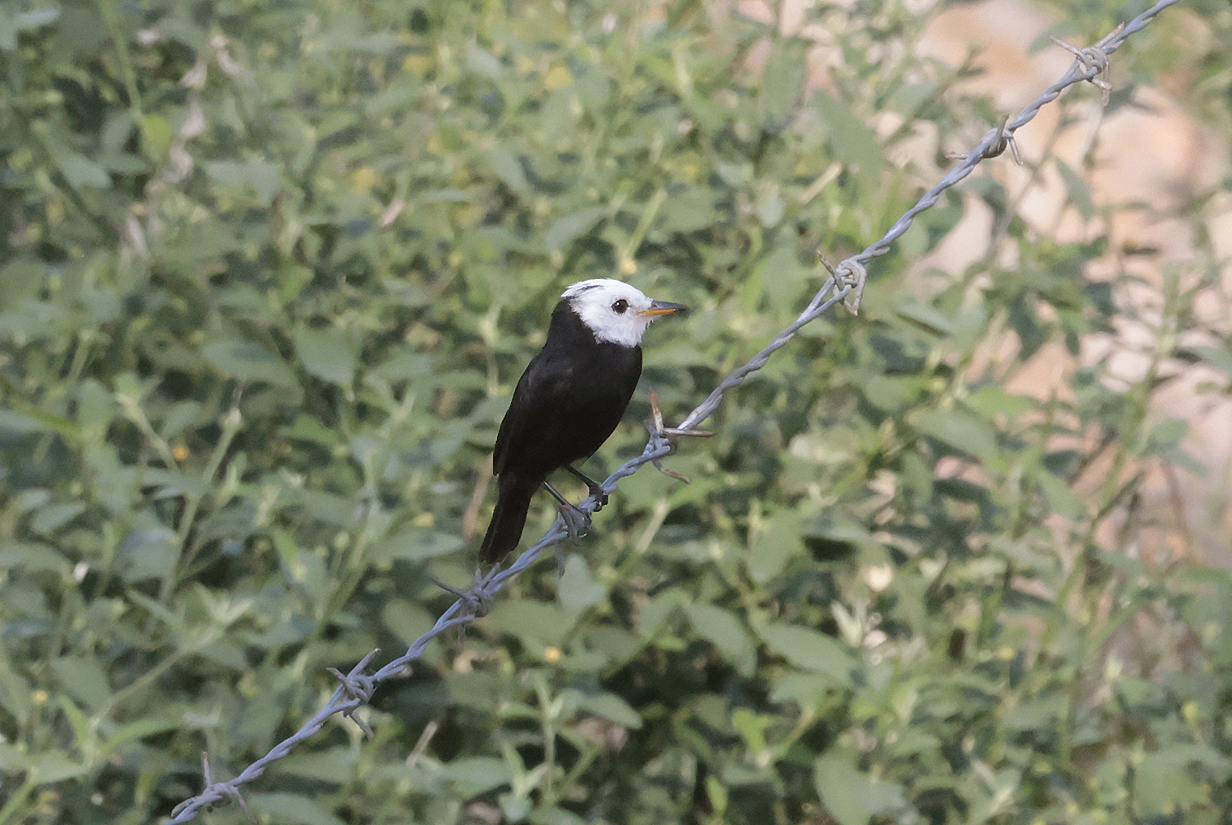
White-headed marsh tyrant (also in Peru)

Pale-vented pigeon
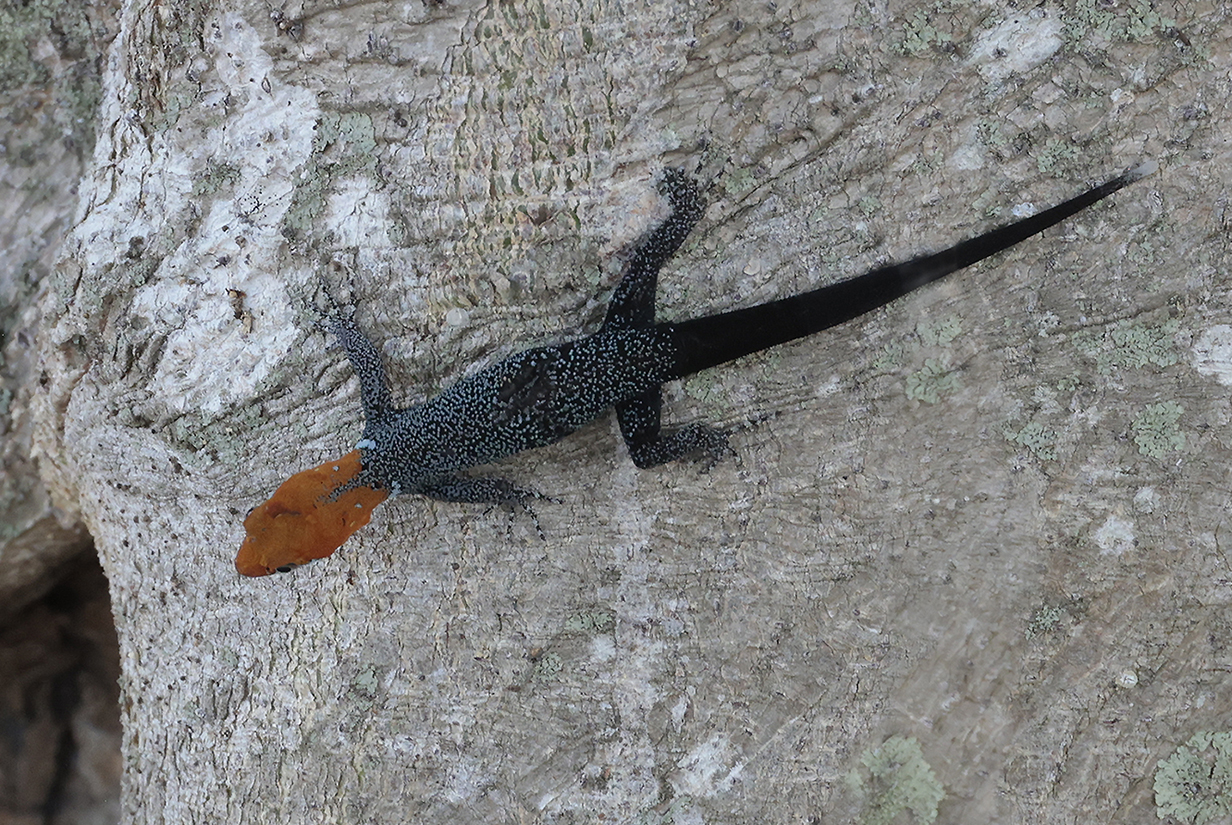
Yellow-headed gecko (Gonatodes albogularis fuscus, the relatively dark-headed subspecies found in Colombia)
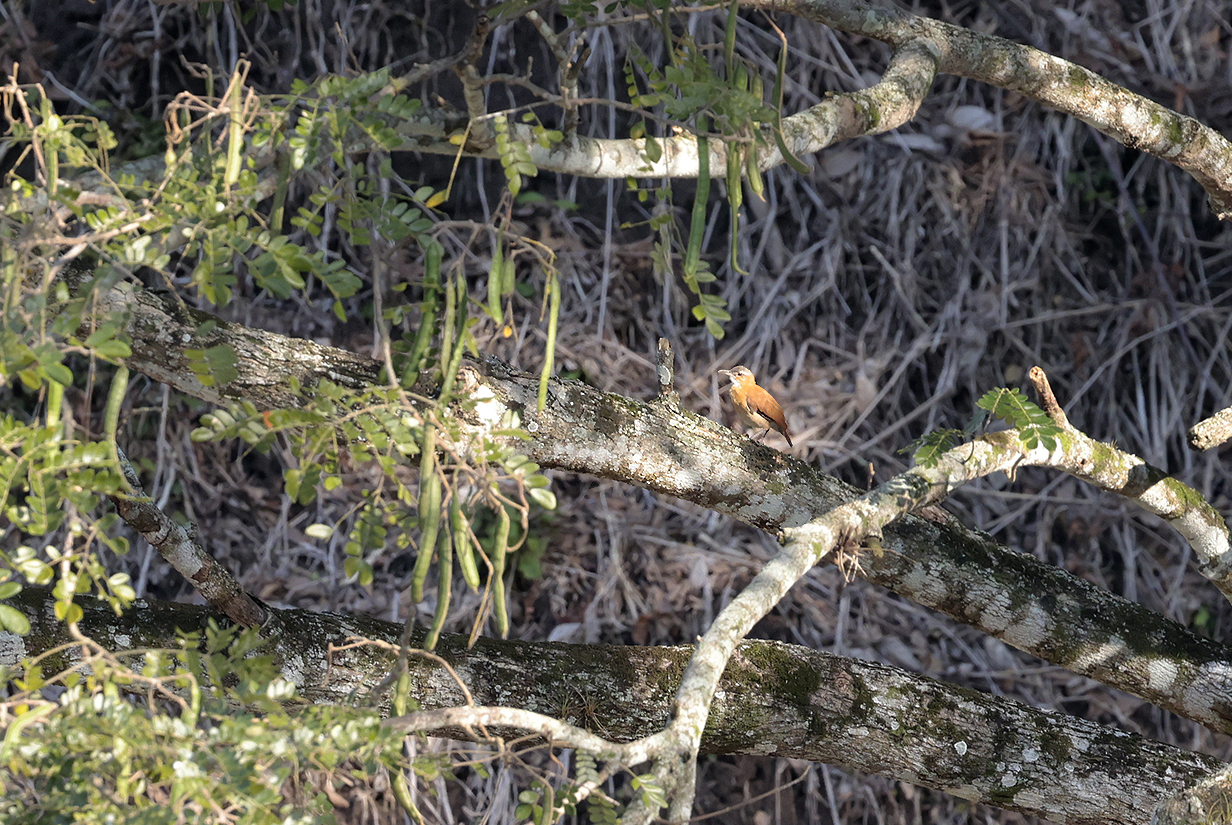
Caribbean hornero (last life bird of the trip, in Triunfo Wetland -- never came close)
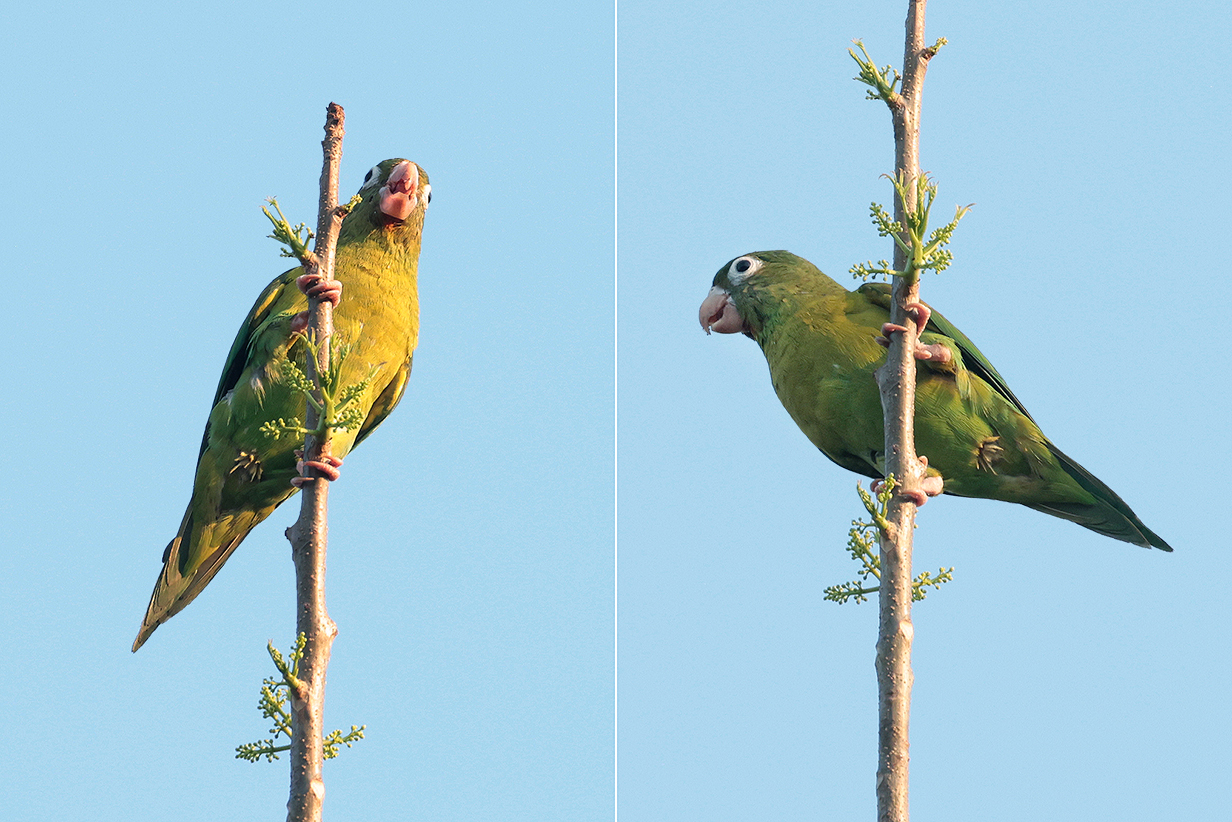
Orange-chinned parakeet in the evening sunlight of our last day of birding. Note that the "orange chin" is not the bottom of the bottom mandible: it is a small spot just below that, which is just barely illuminated by sunlight in the left picture.

Chestnut-fronted macaws came by briefly, just before we finished birding for the day.
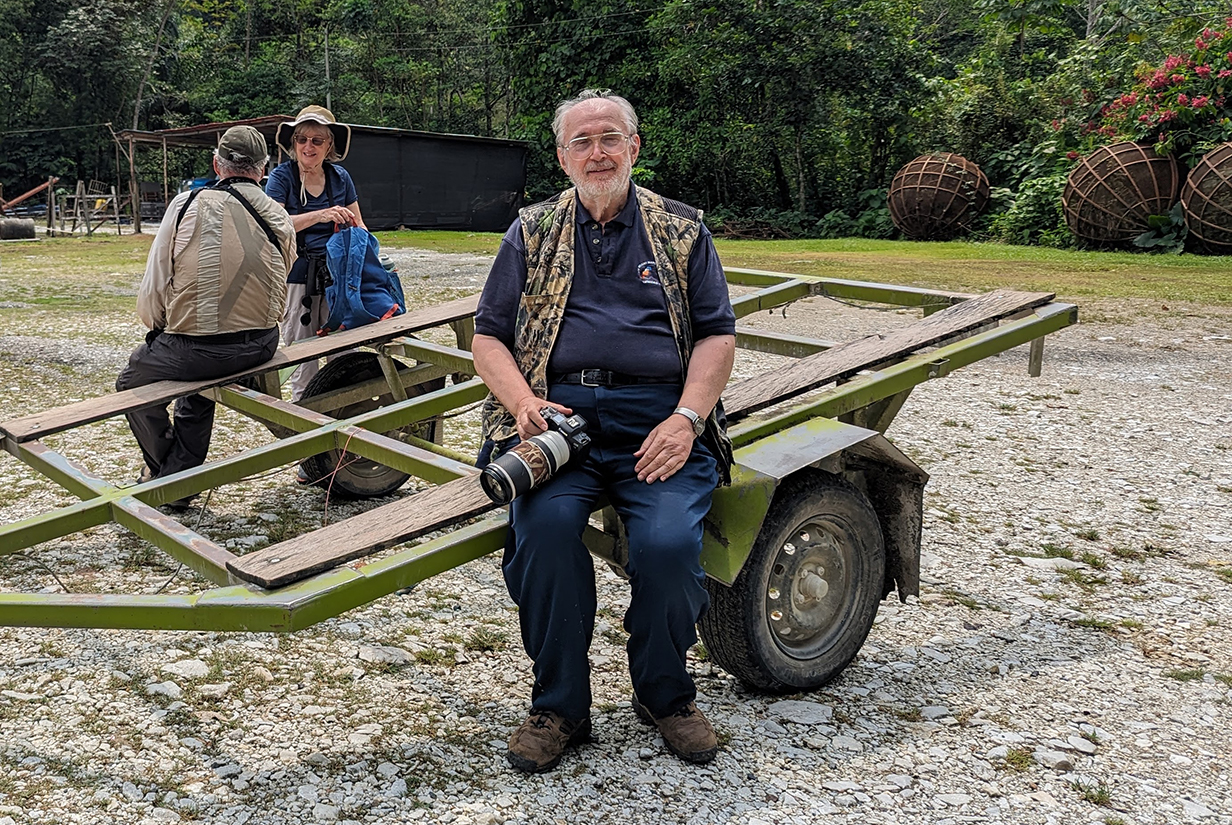
This shows me with the camera that took the above pictures: Canon mirrorless R5 with Canon 100-500 mm zoom lens. The advantage is that, at 10 lb, the setup is light enough to carry on 5-hour bird walks and mobile enough to allow quick shots in any direction that my body will support. The disadvantage is that, at 500 mm focal length and in dark forests, I have to shoot at high ISO sensitivity. As a result, many of my pictures have noticeable (or even a lot of) digital noise. It's a tradeoff that is necessary during a group tour such as this one. Sometimes, during private tours, I use an 800 mm fixed-focal-length telephoto; this gives better pictures but requires a tripod and is slow to set up. It is ideal, for example, at bird feeders, where one can sit and aim easily and nearly horizontally. The present setup is necessary when birds can be in any direction and seen sometimes for only a few seconds. I occasionally succeed in photographing a bird that I see for less than one second (an example is Rufous-faced antpitta in Bolivia). Trip participants Anne Cianni and Mike Bowen are talking in the background. Thanks very much to trip birder Marti Burrows for taking this picture and for permission to post it.
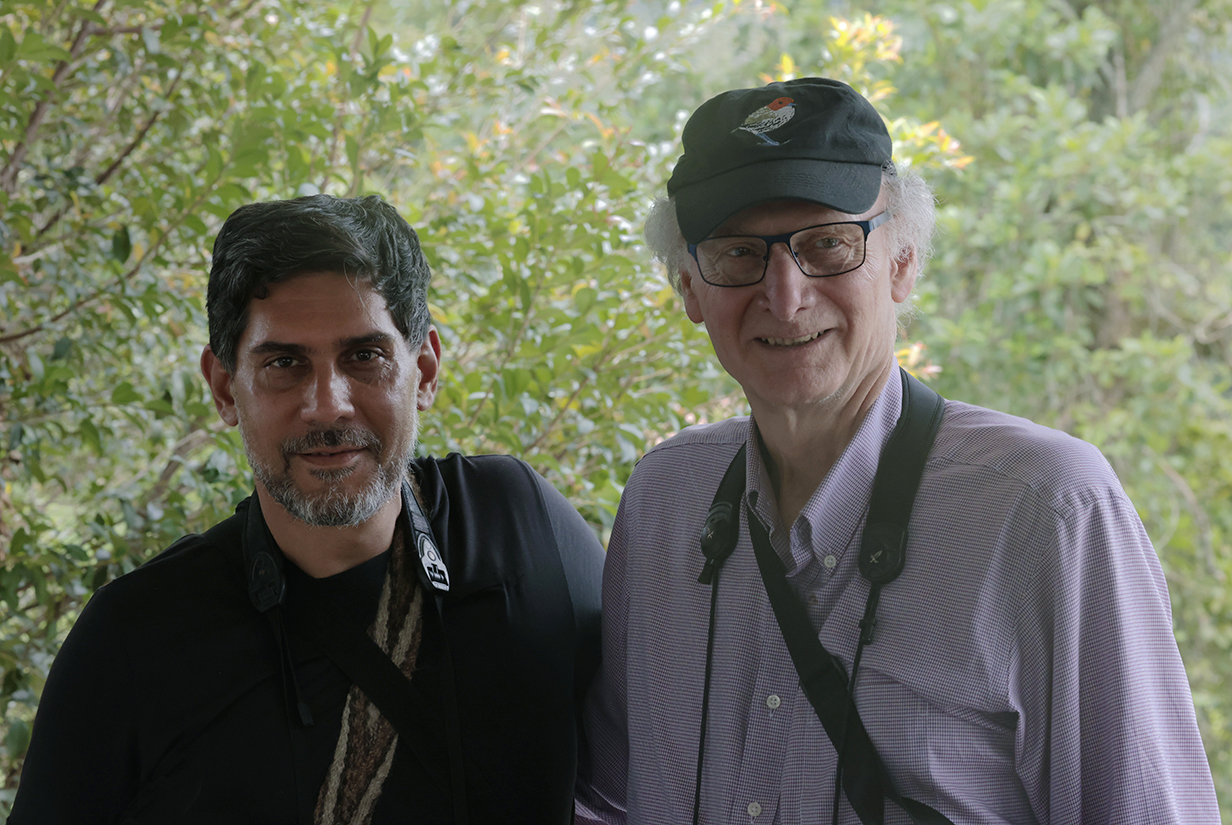
Warmest thanks to guides Alejandro Nagy and Steve Hilty at the end of the tour.
Our bird pictures from around the world follow standard ecozones approximately but not exactly:
Birds from the USA and Canada: our house, Hornsby Bend and greater Austin, Texas, California, Hawaii, Canada,
Neotropic birds from Central America and the Caribbean: Honduras, Costa Rica, Panama, Trinidad and Tobago
Neotropic birds from South America: Ecuador, Ecuador 2017, Brazil.
Western palearctic birds: Europe: Germany, Finland, Norway, Europe: United Kingdom, Europe: Spain, the Canary Islands, Europe: Lesbos, Greece, Israel
Eastern palearctic birds: China
Birds from Africa: The Gambia, South Africa
Indo-Malayan birds from India: North-west (Delhi, Uttar Pradesh, Uttarakhand) India: North-east (Assam, Arunachal Pradesh, Meghalaya) India: Central (Maharashtra, Madhya Pradesh)
Birds from Australia, New Zealand.
For our 2014 December trip to India, see this travelog.
For our 2016 May-June trip to India, see this travelog.
For our 2017 April trip to High Island, Texas, see this web site.
For our 2018 March trip to India, see this travelog.
For our 2018 May trip to China, see this travelog.
For our 2018 November trip to China, see this travelog.
For our 2019 April trip to High Island, Texas, see this web site.
For our 2019 July trip to China, see this travelog.
For our 2021 April trip to High Island, Texas, see this web site.
For the 2021 August 3 & 4 migration of Purple martins through Austin, see this web site.
For our 2021 December trip to Ecuador, see this web site.
For our 2022 January-February trip to Peru, see this web site.
For our 2022 July/August trip to Australia and Papua New Guinea, see this web site.
For our 2022 September trip to Bolivia, see this web site.
For our 2022 November-December pre-trip to Argentina (before our Antarctic cruise), see this web site.
For our 2022 November-December cruise to Antarctica, see this web site.
For our 2023 January birding in Chile, see this web site.
For our 2023 January-March cruise from Chile to Antarctica and around South America to Miami, FL, see this web site.
For our 2023 March-April birding in south Florida (after the Seabourn cruise), see this web site.
For our 2023 November-December birding to Sri Lanka, the Andaman Islands, and South India, see this web site.
For John's 2024 February-March birding in Colombia, see this web site.
For our 2024 May-June cruise from Iceland to Jan Mayen Island to and around the Svalbard Archipelago, see this web site.
For our 2024 June 25-30 stay in Paris, see this web site.
For our 2025 April 21 - May 3 trip to High Island, Texas, see this web site.